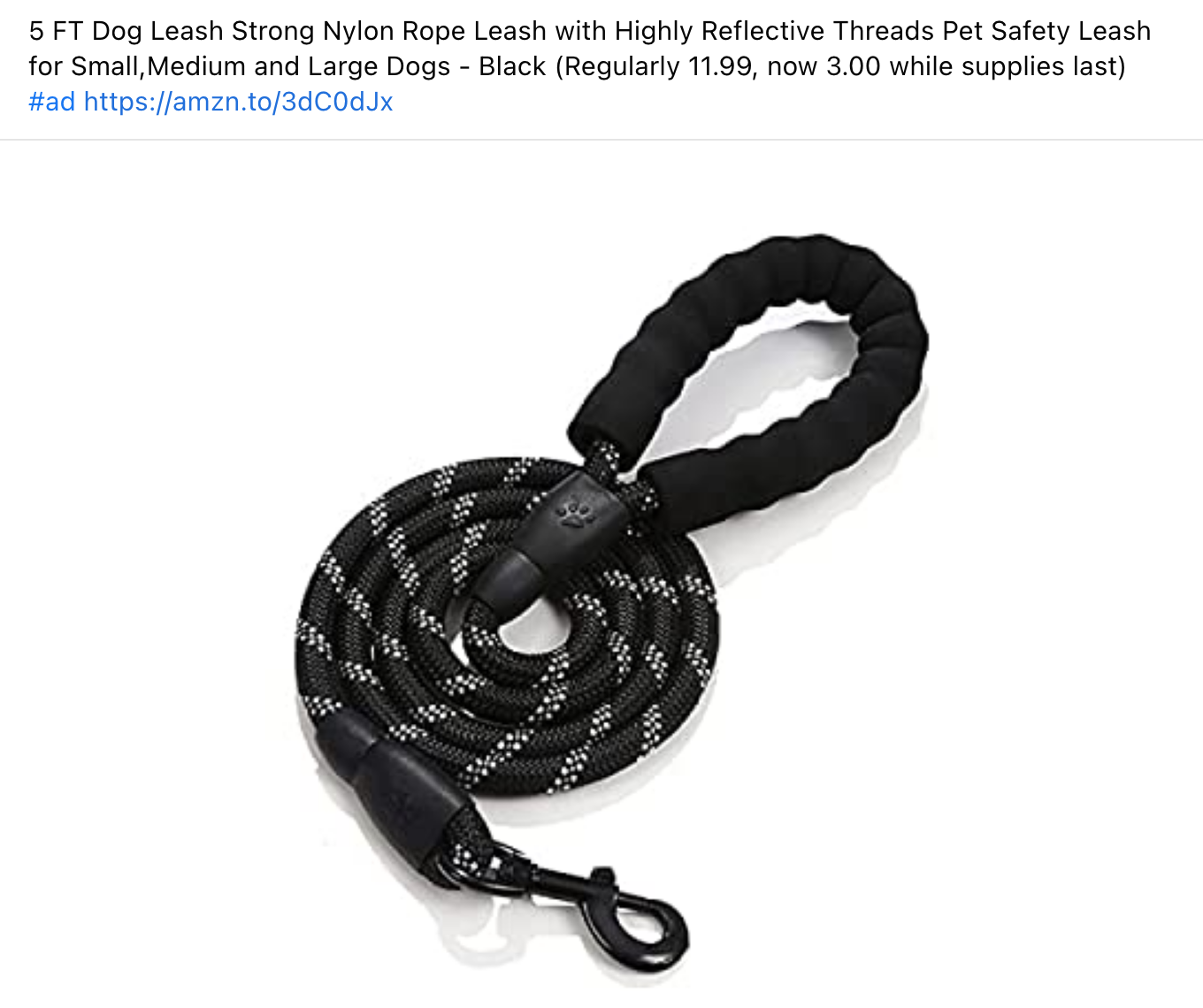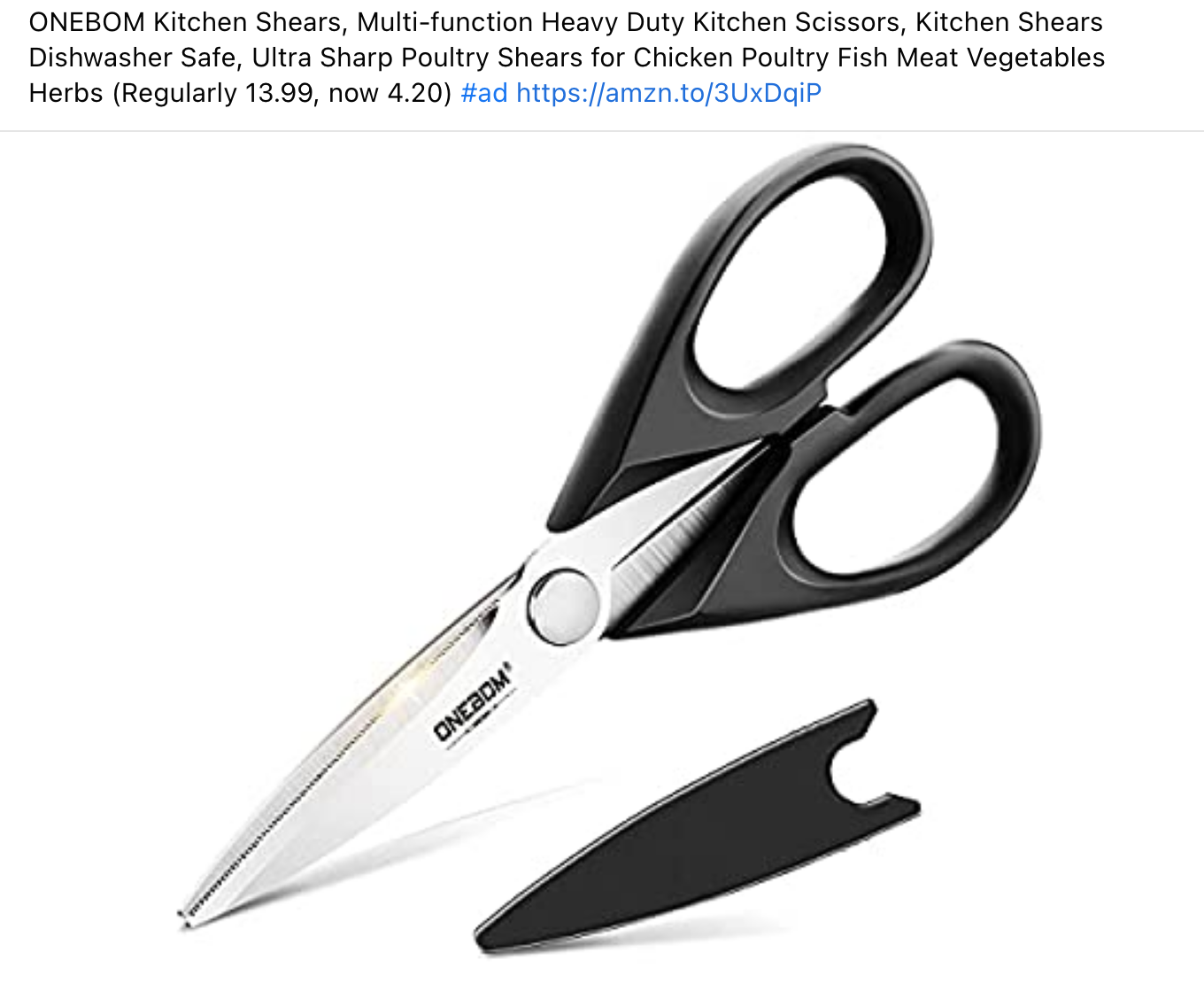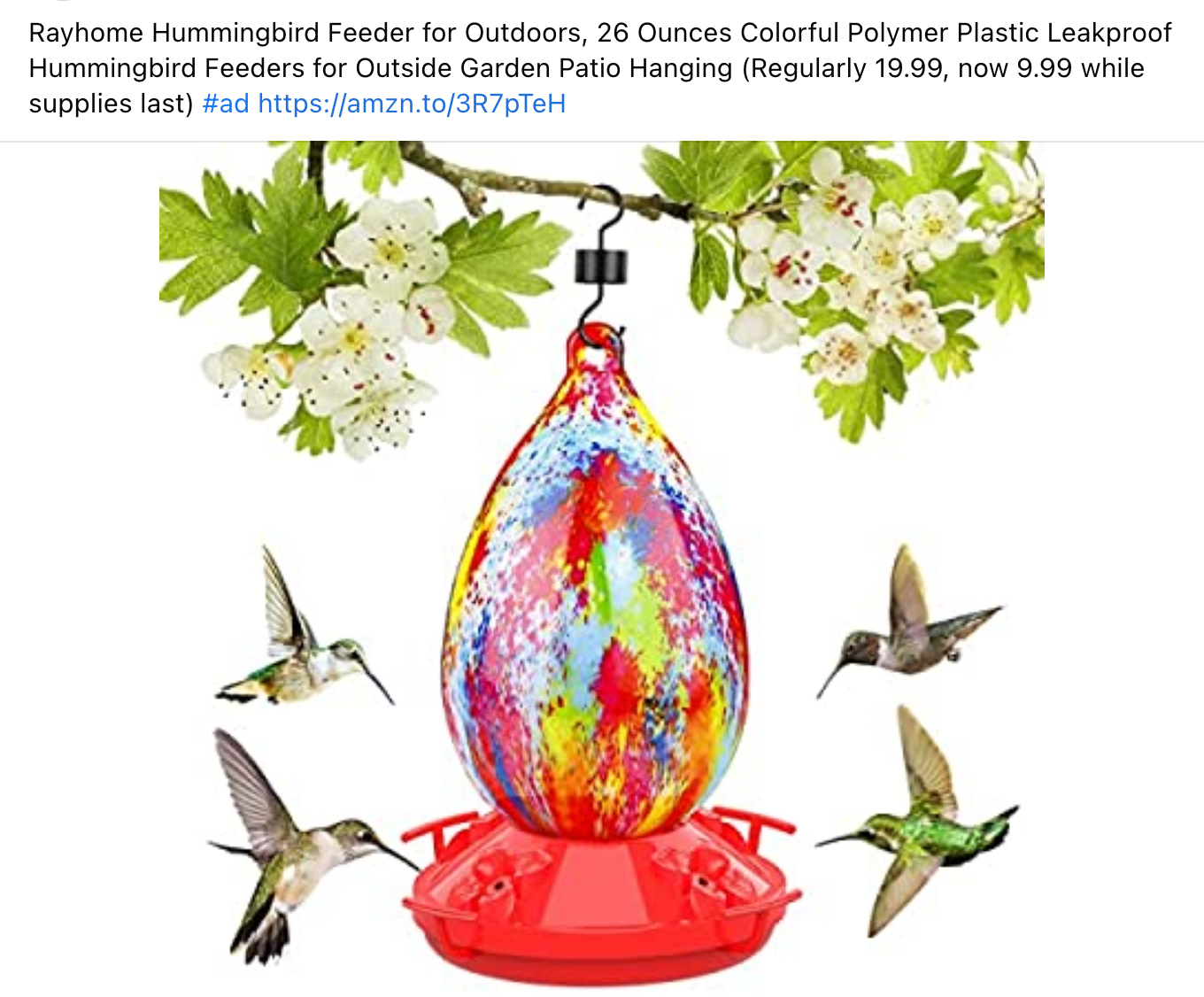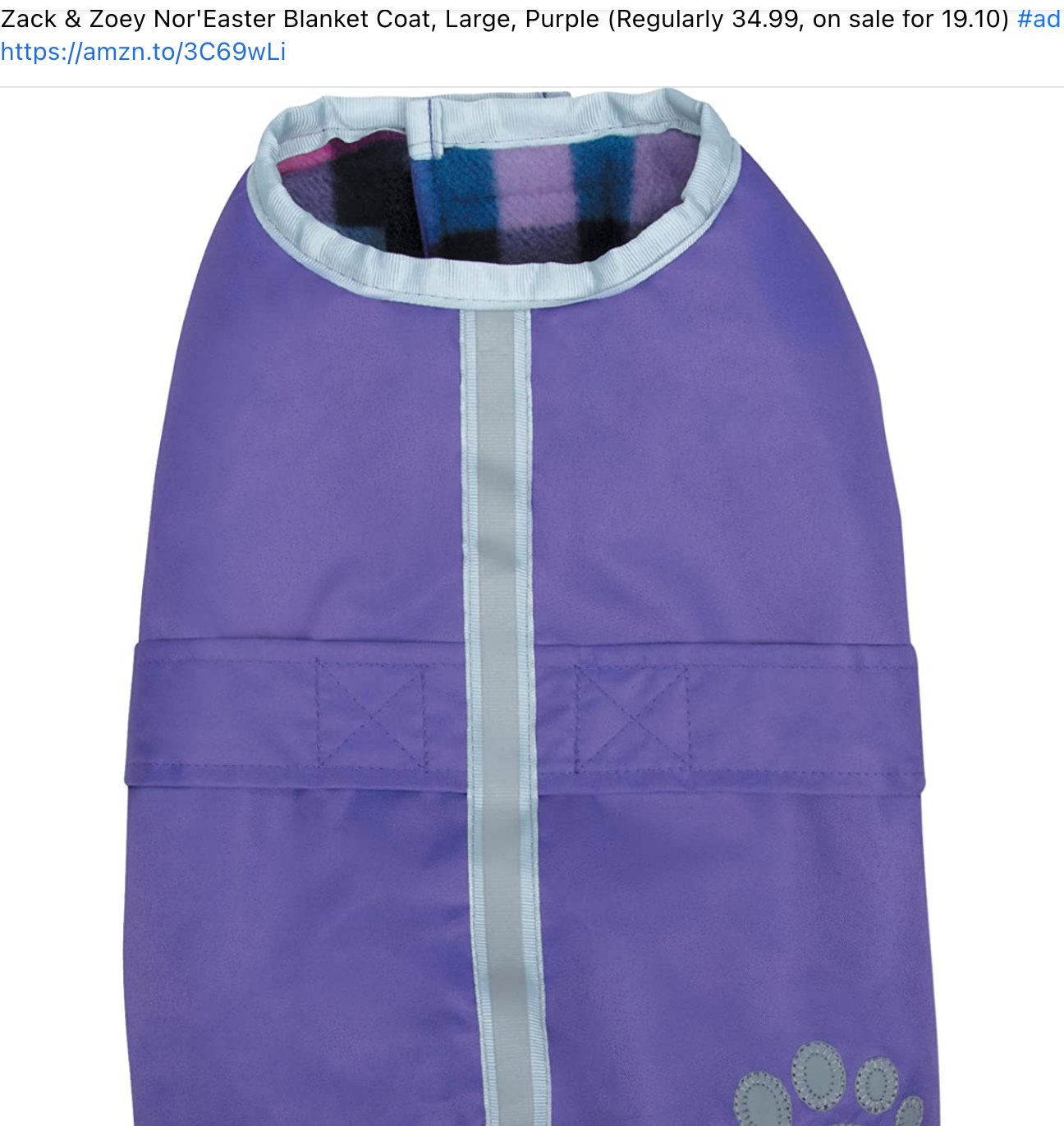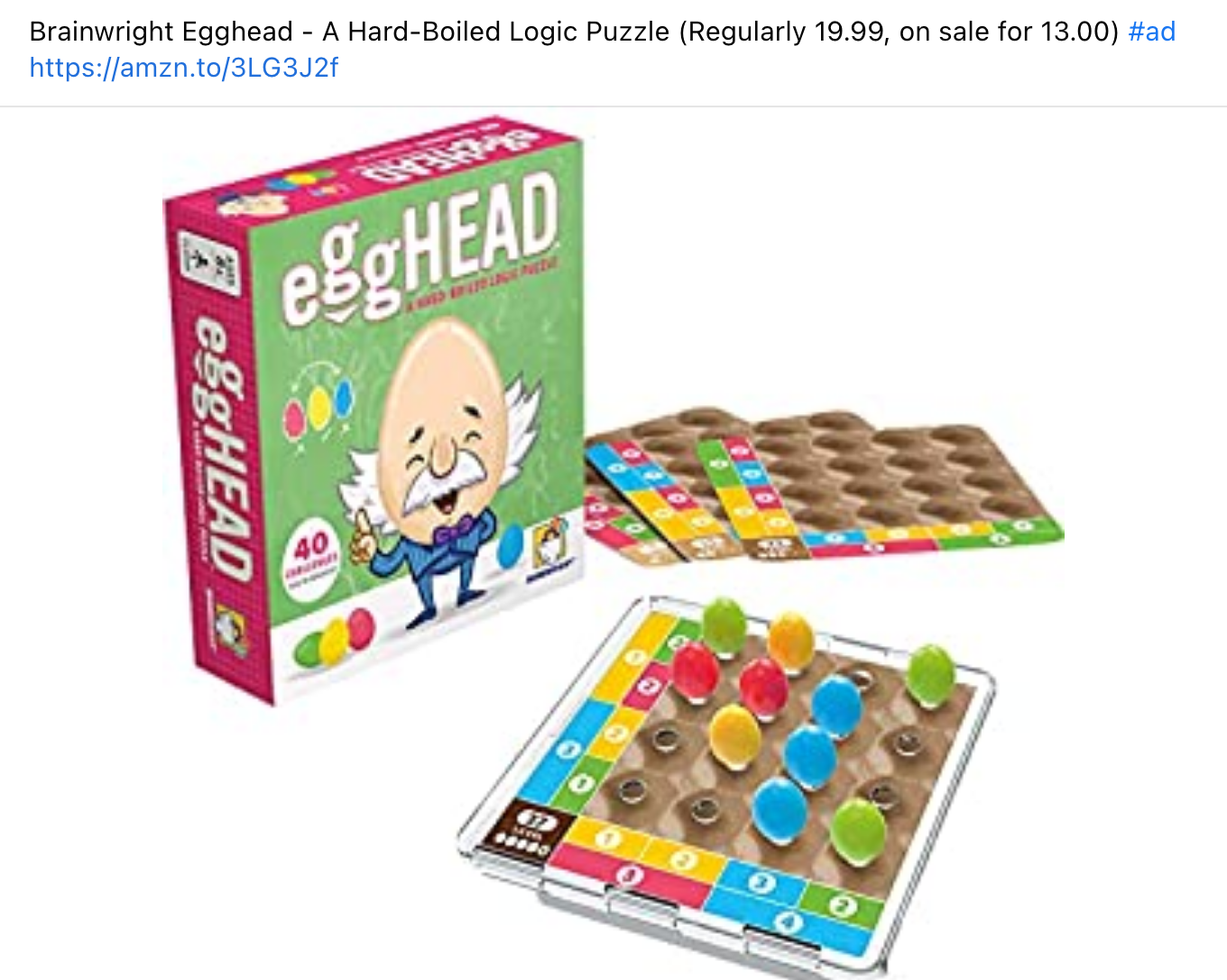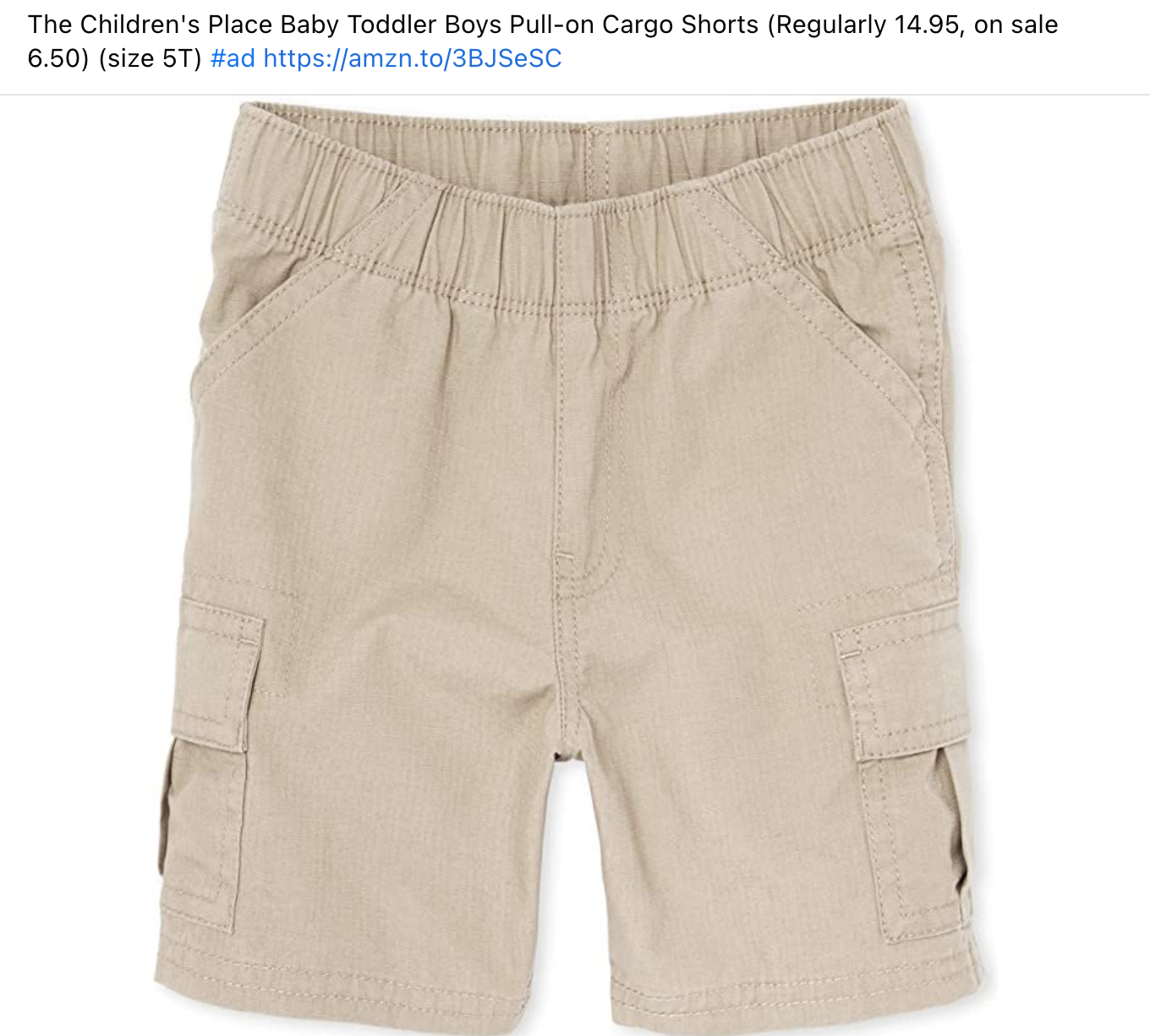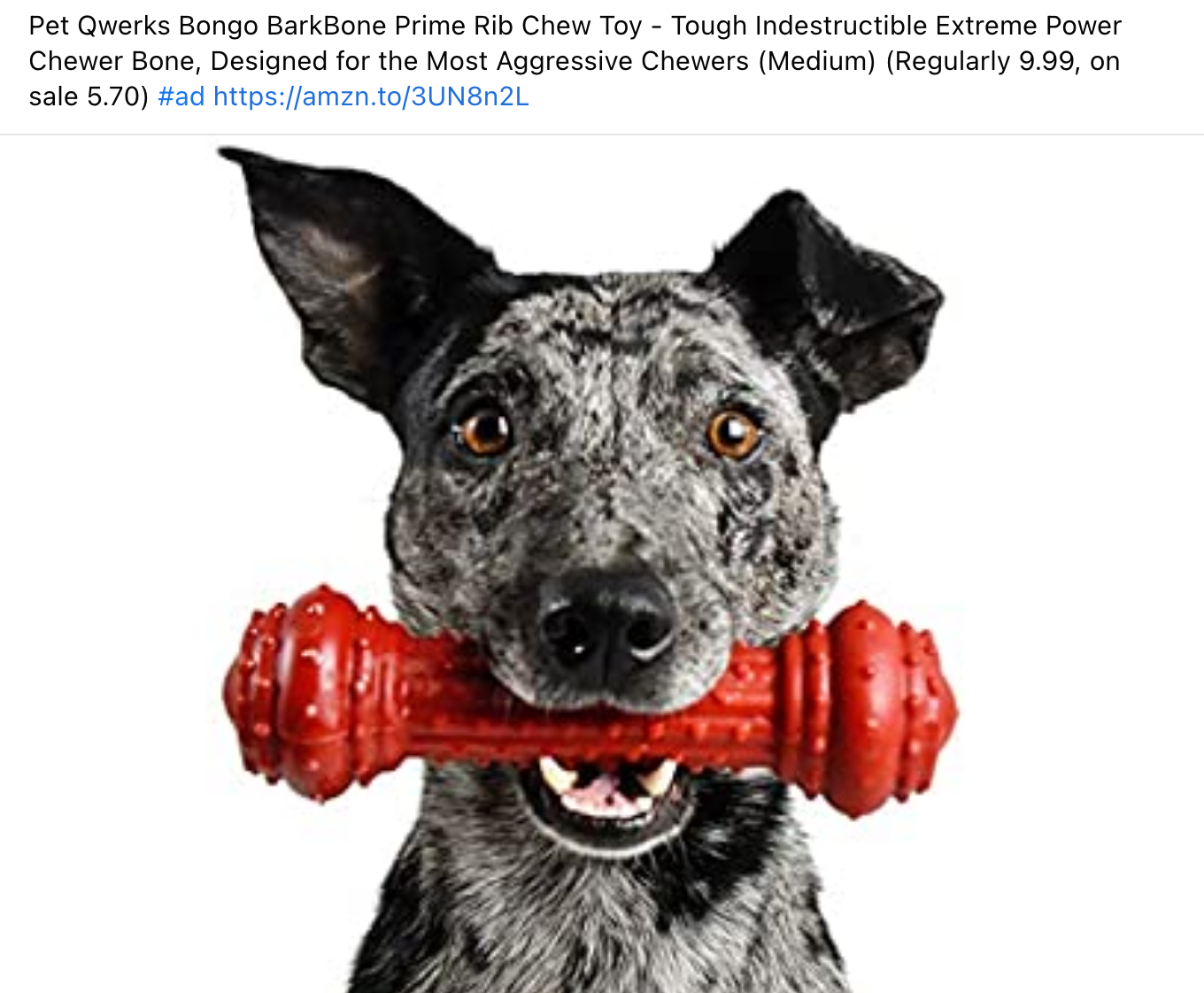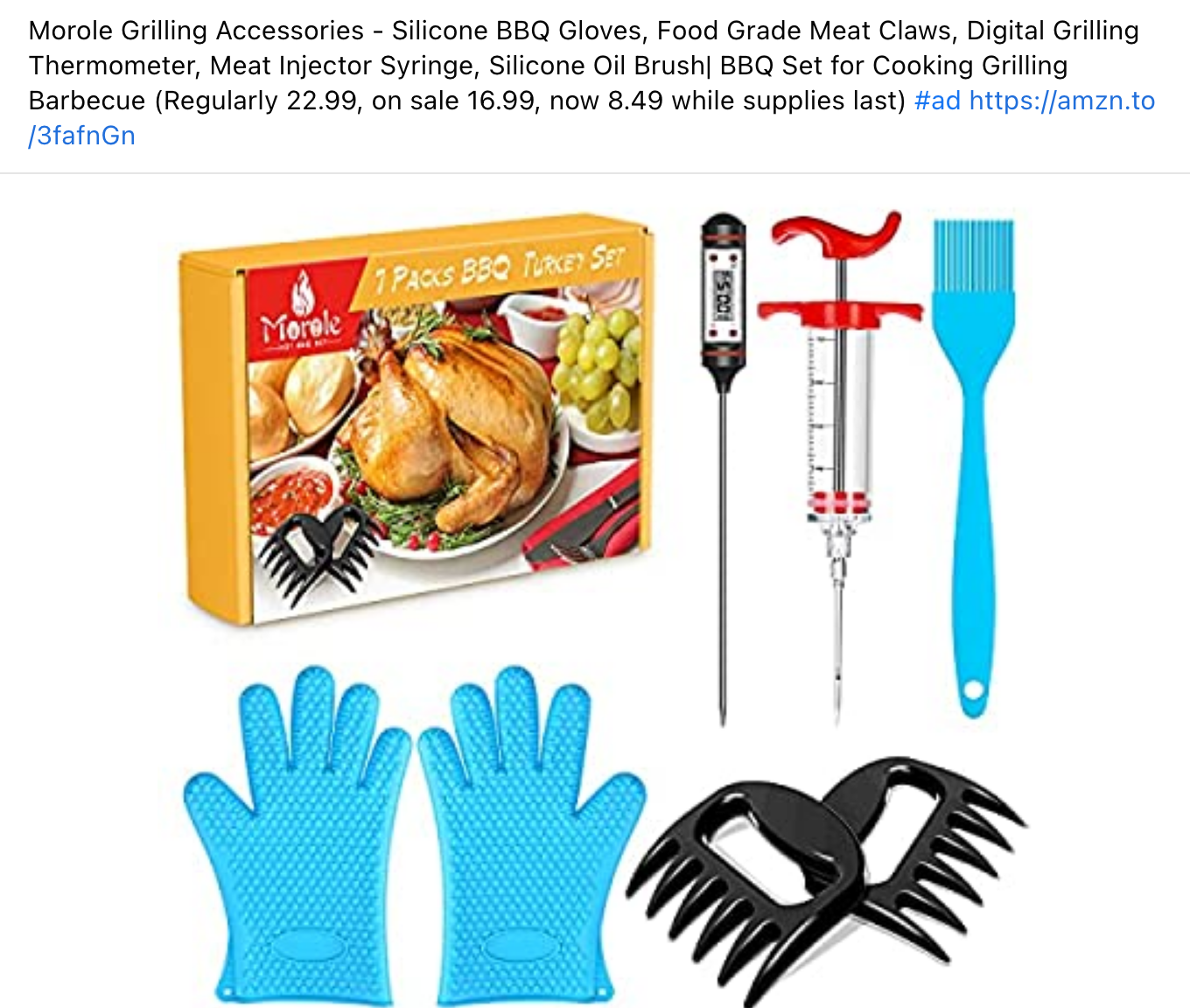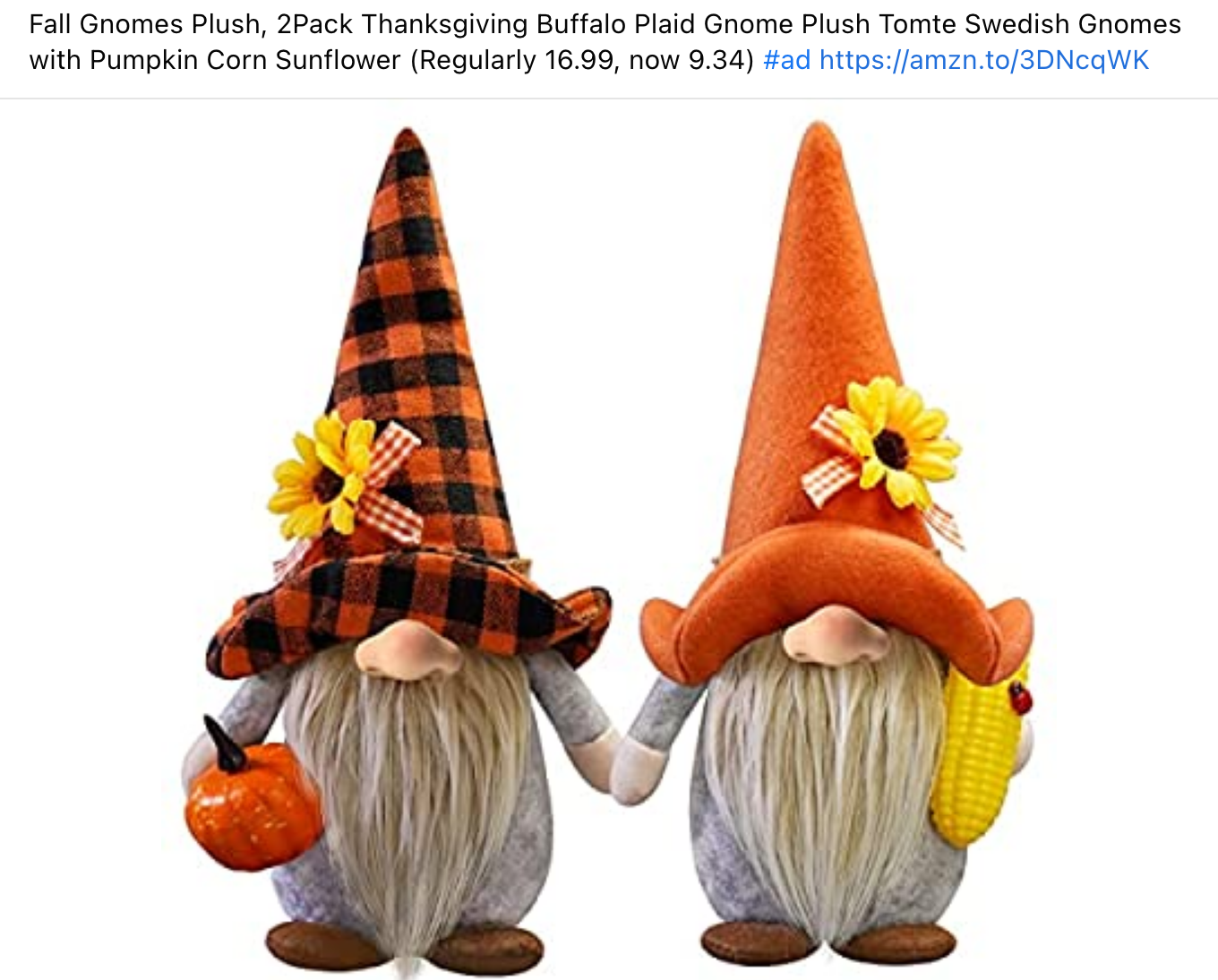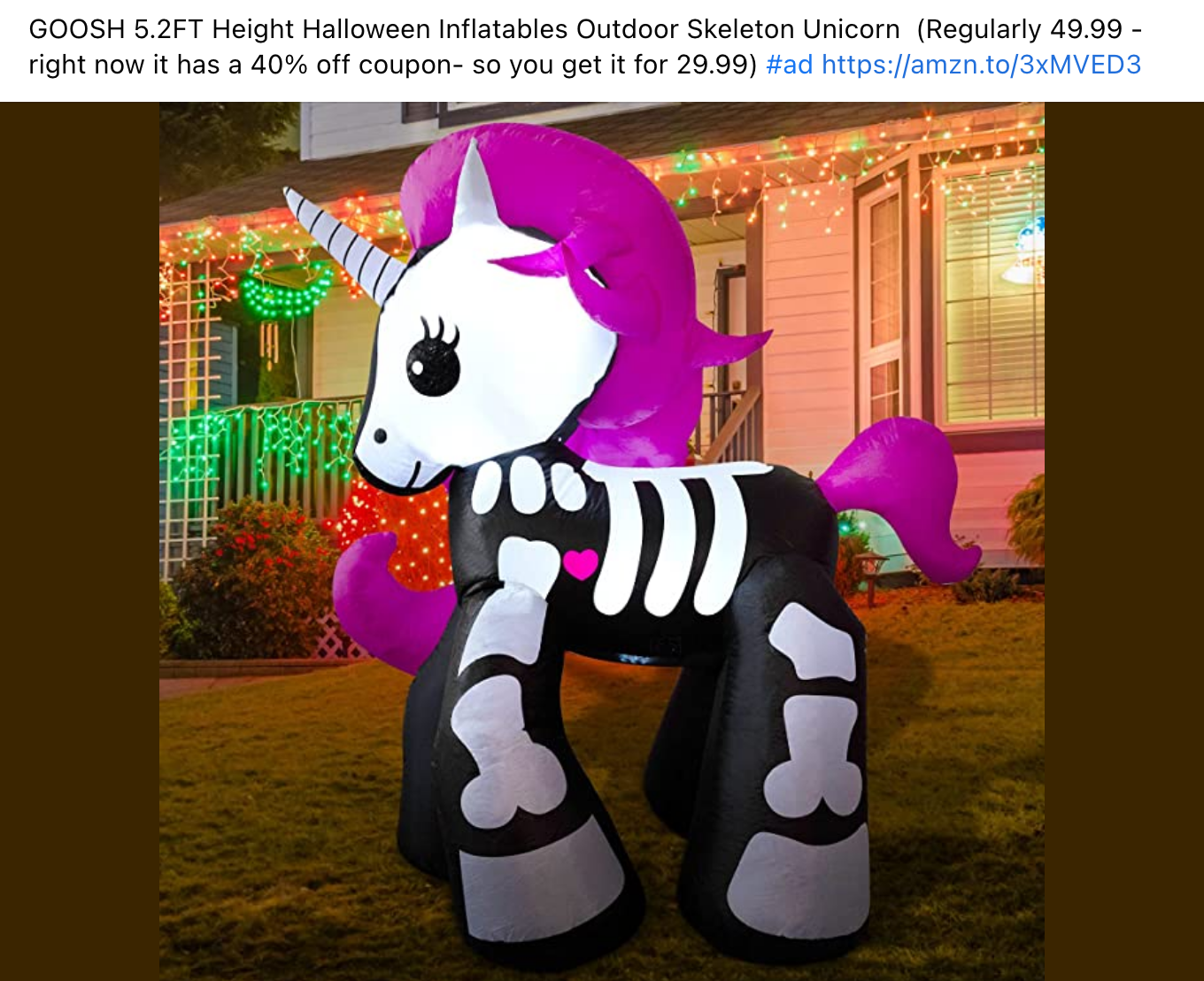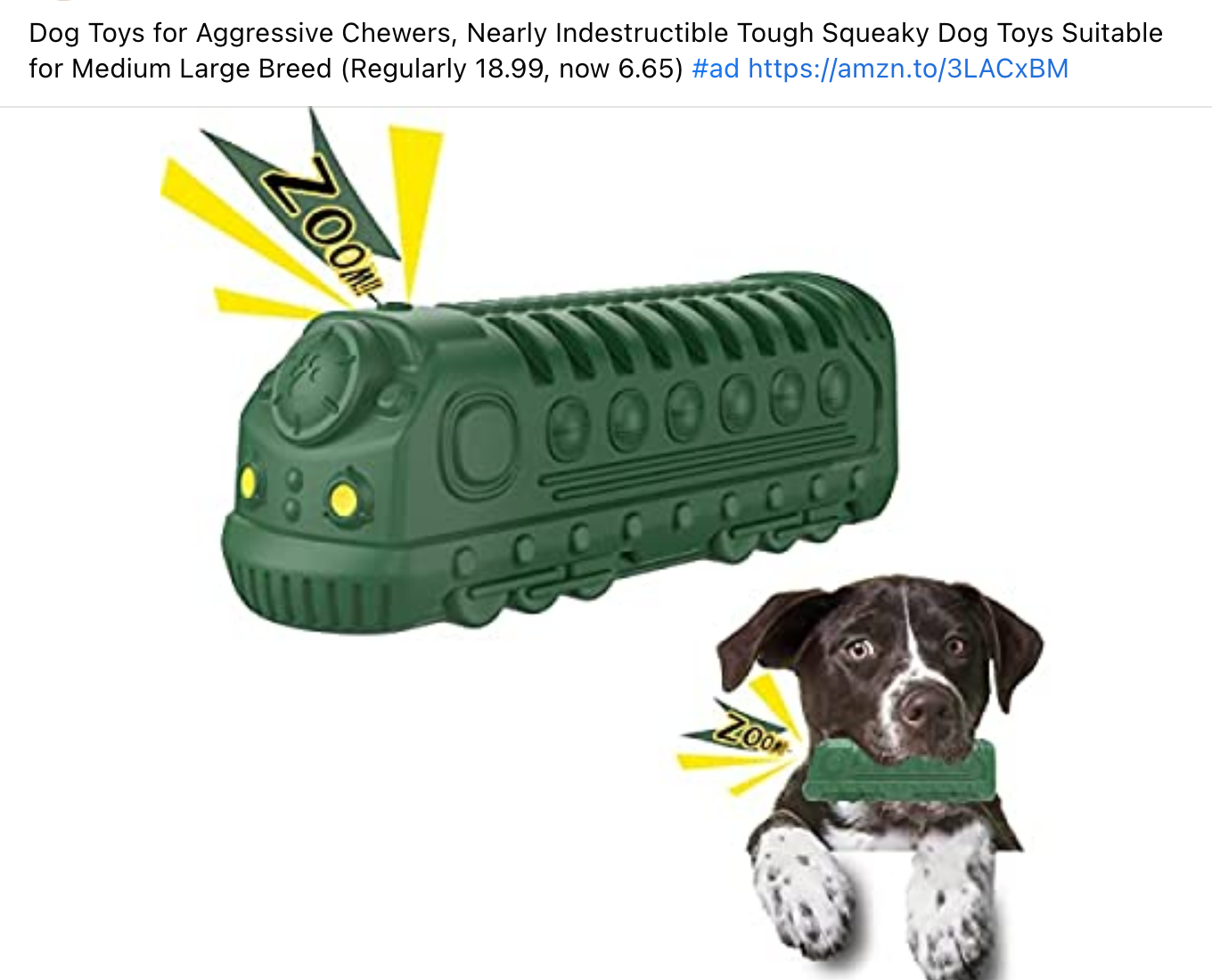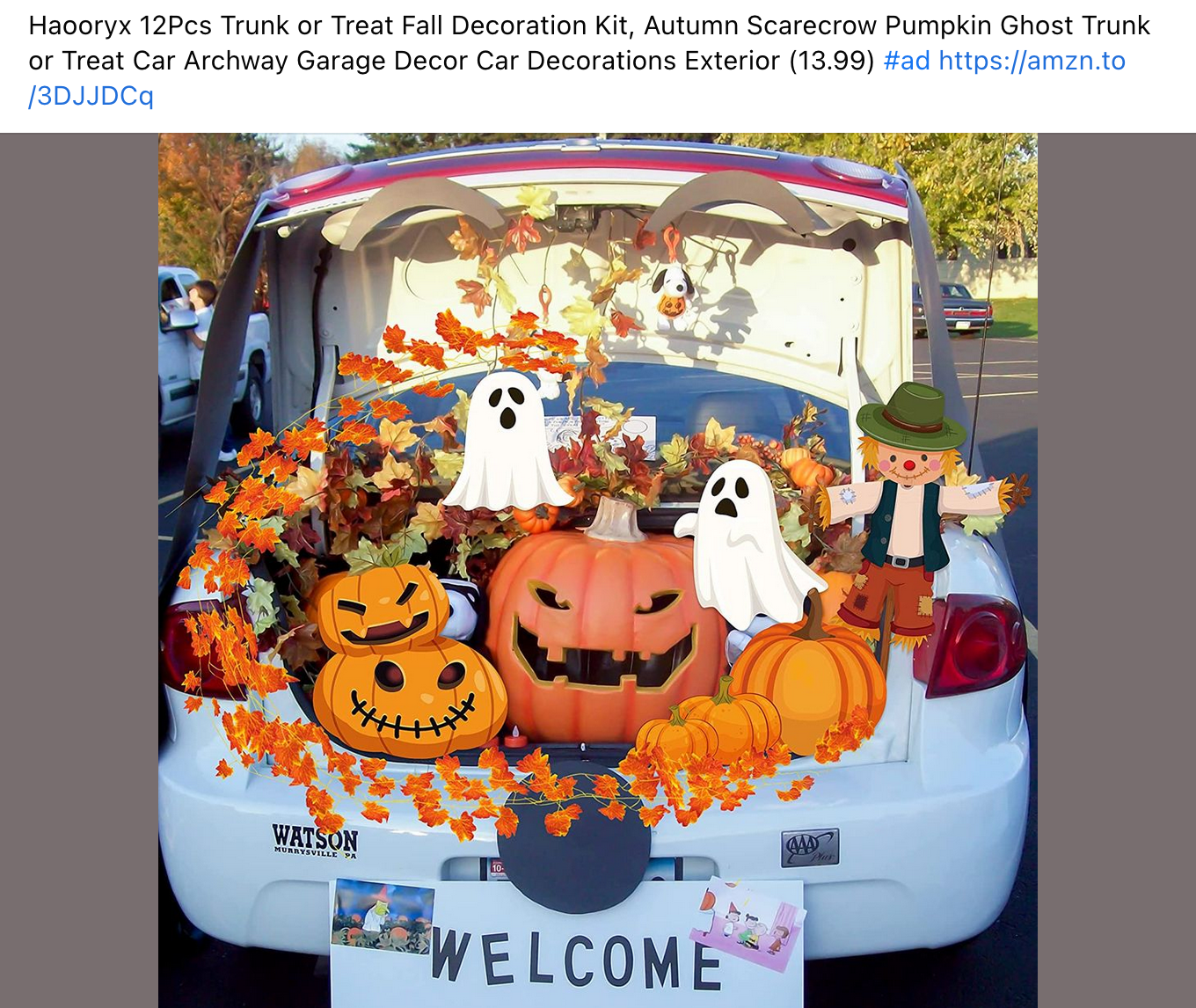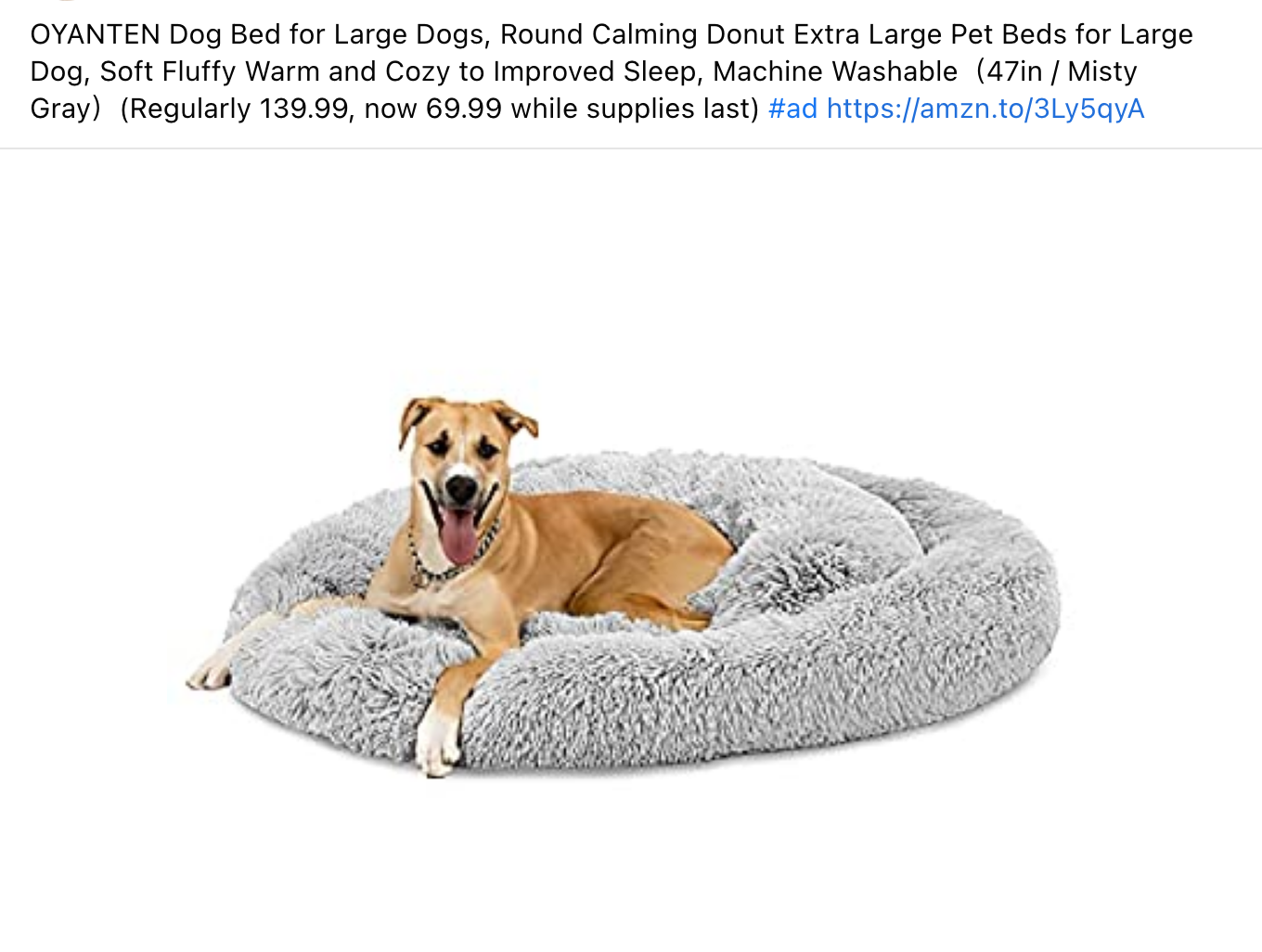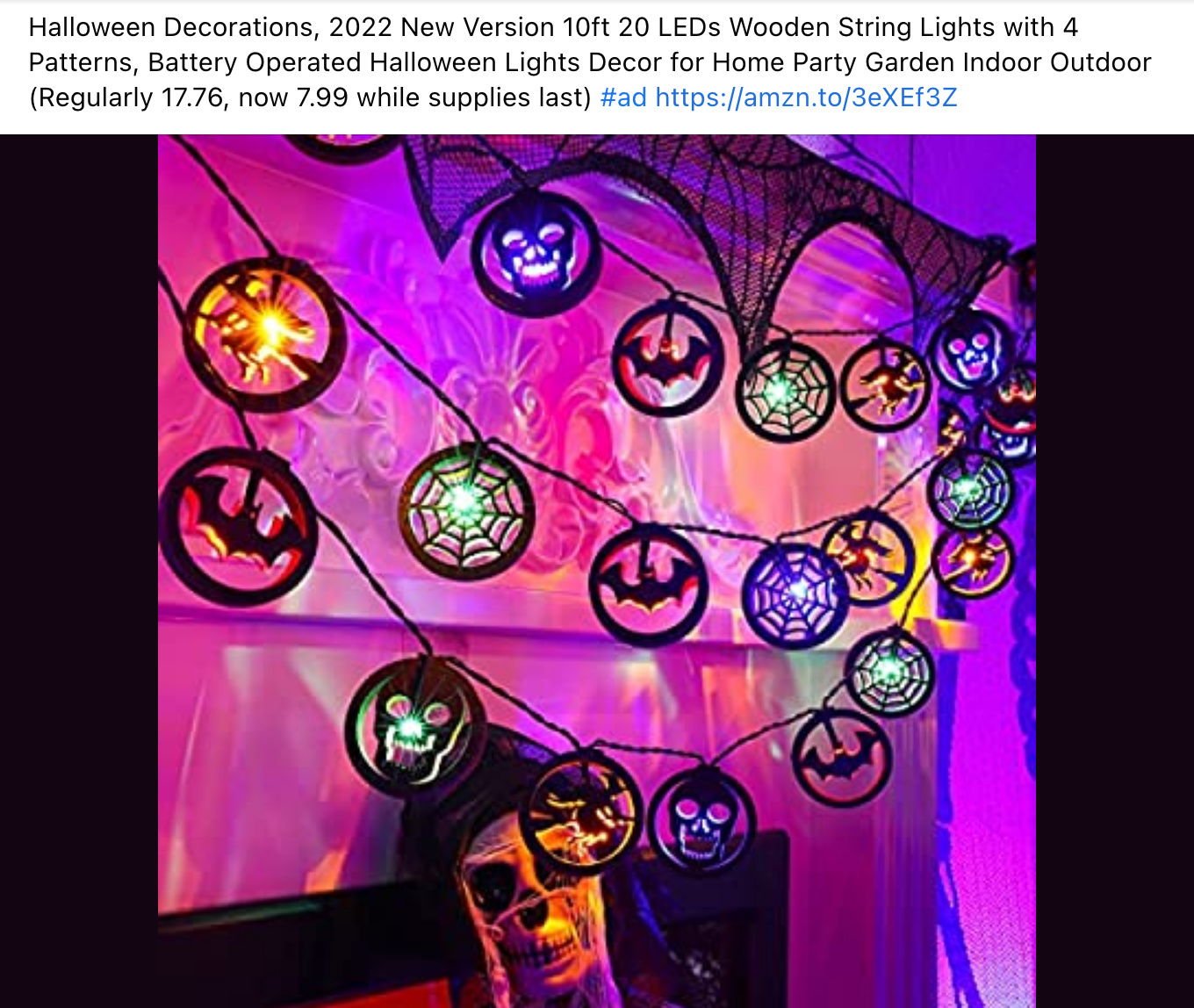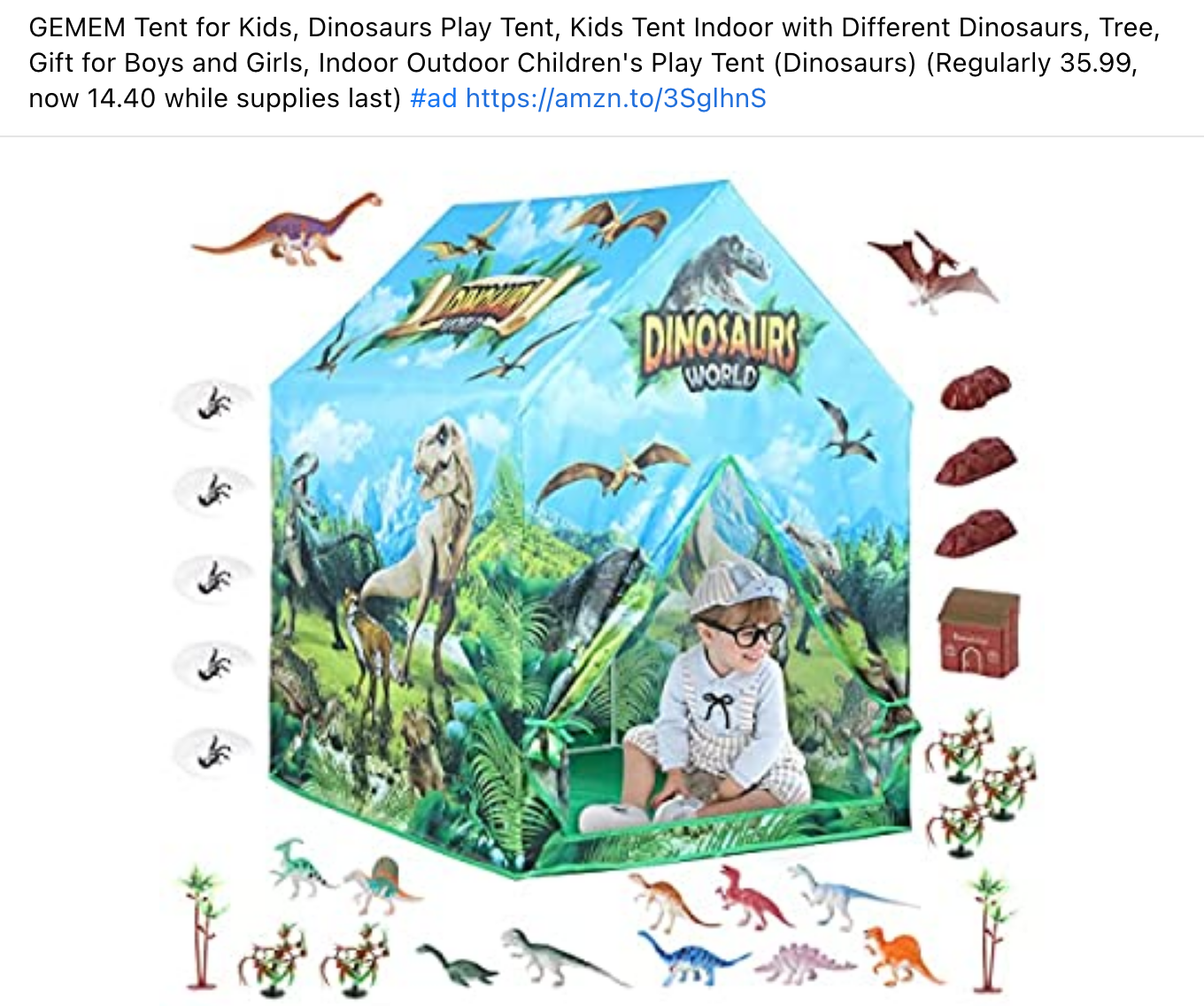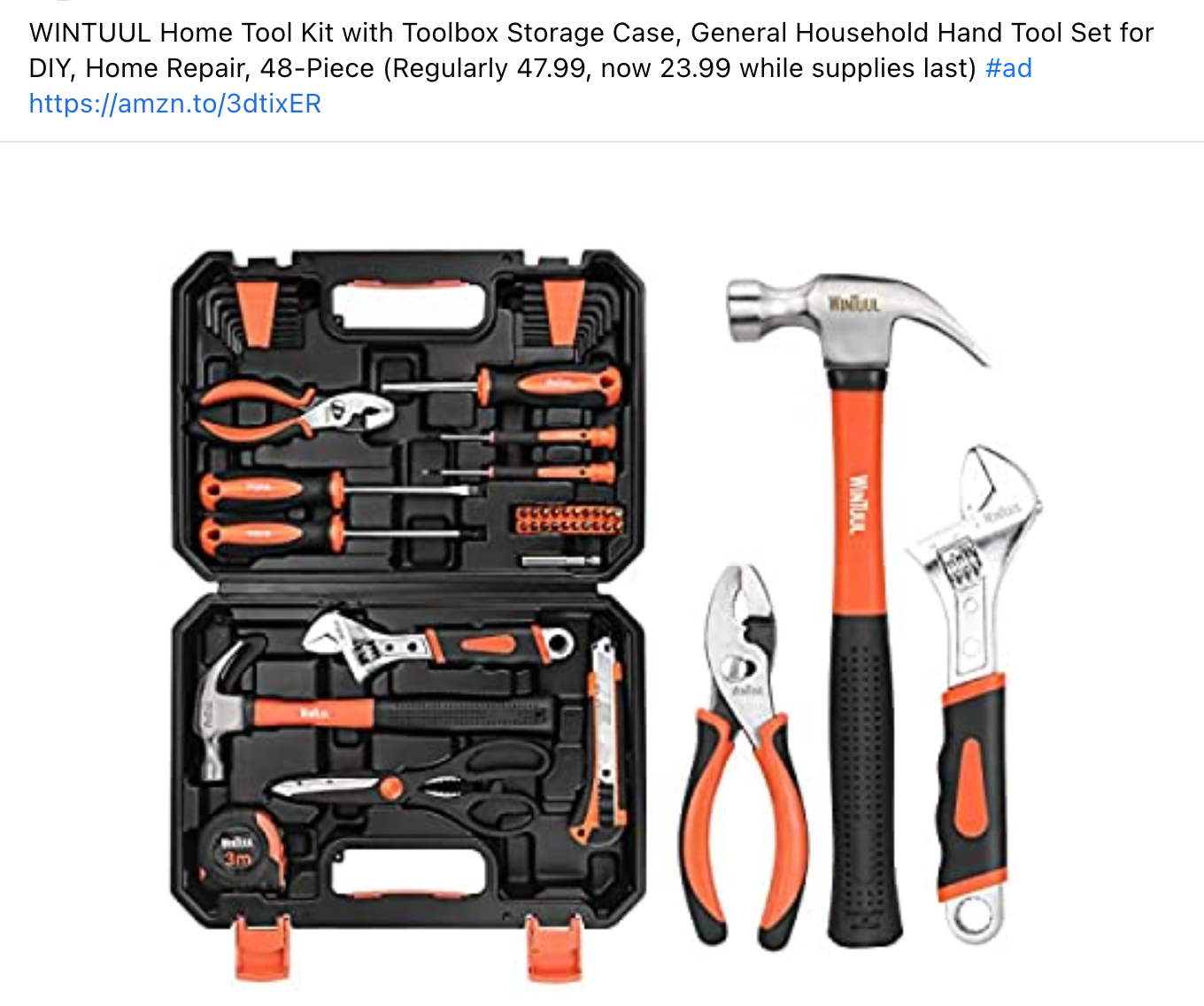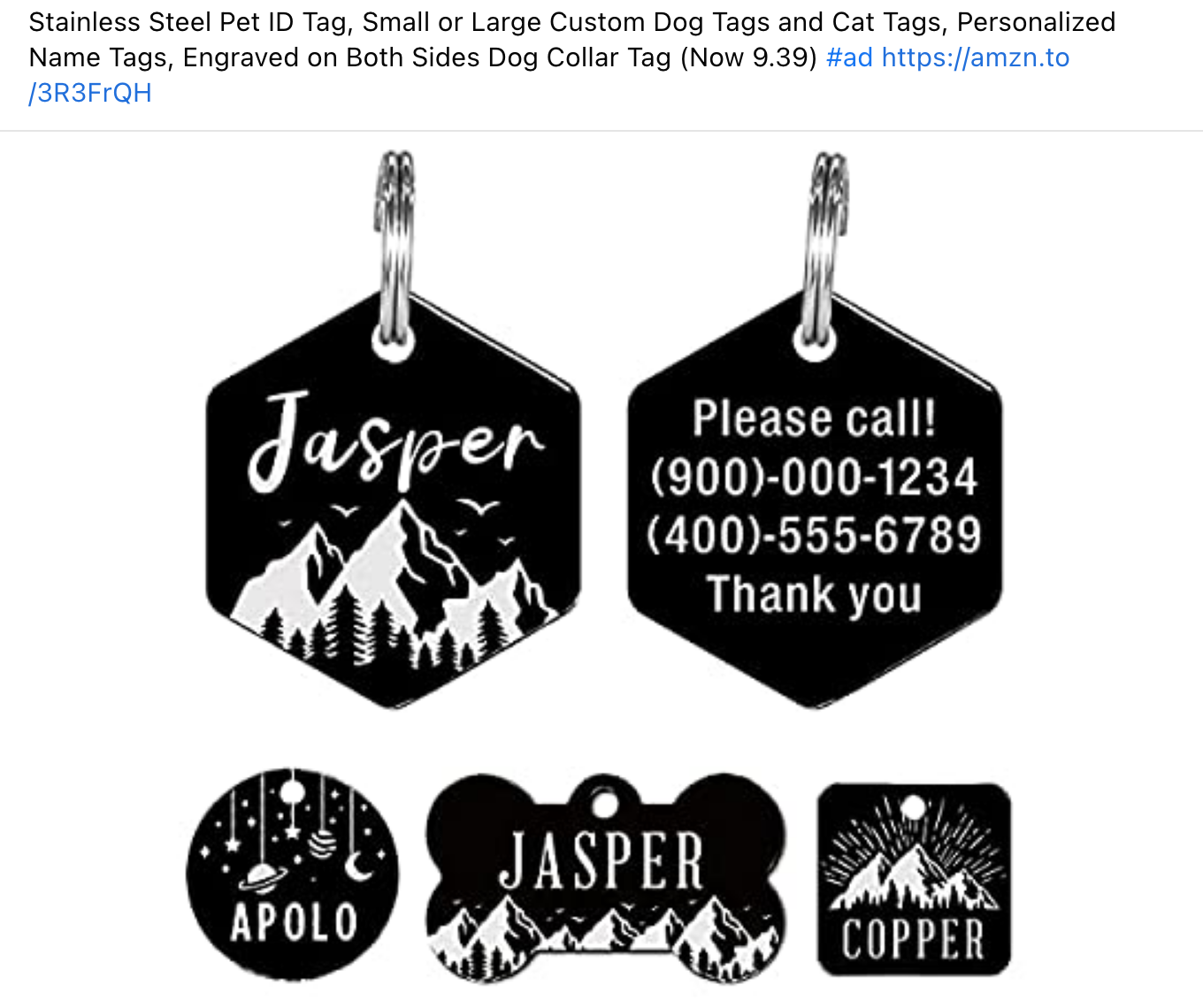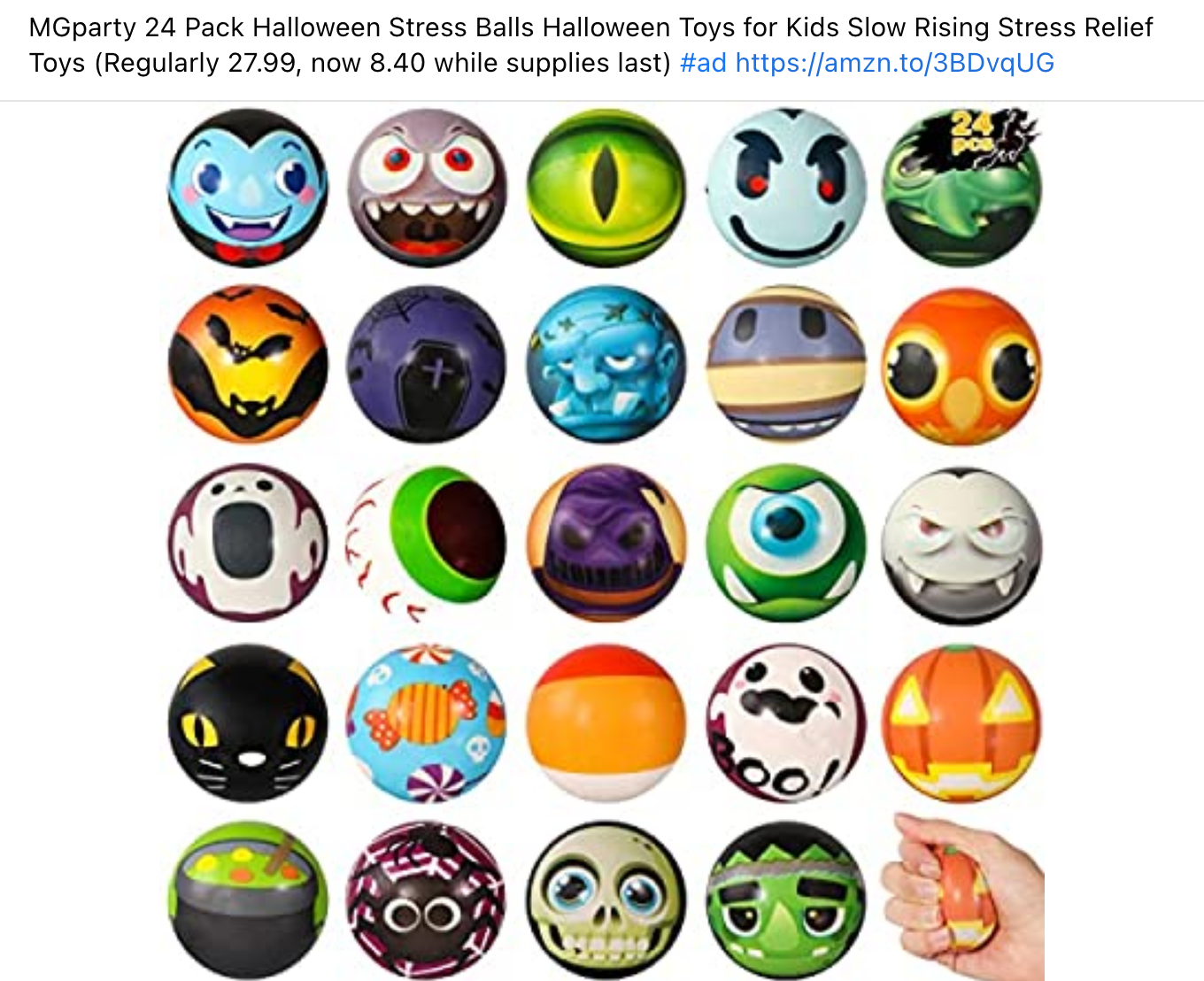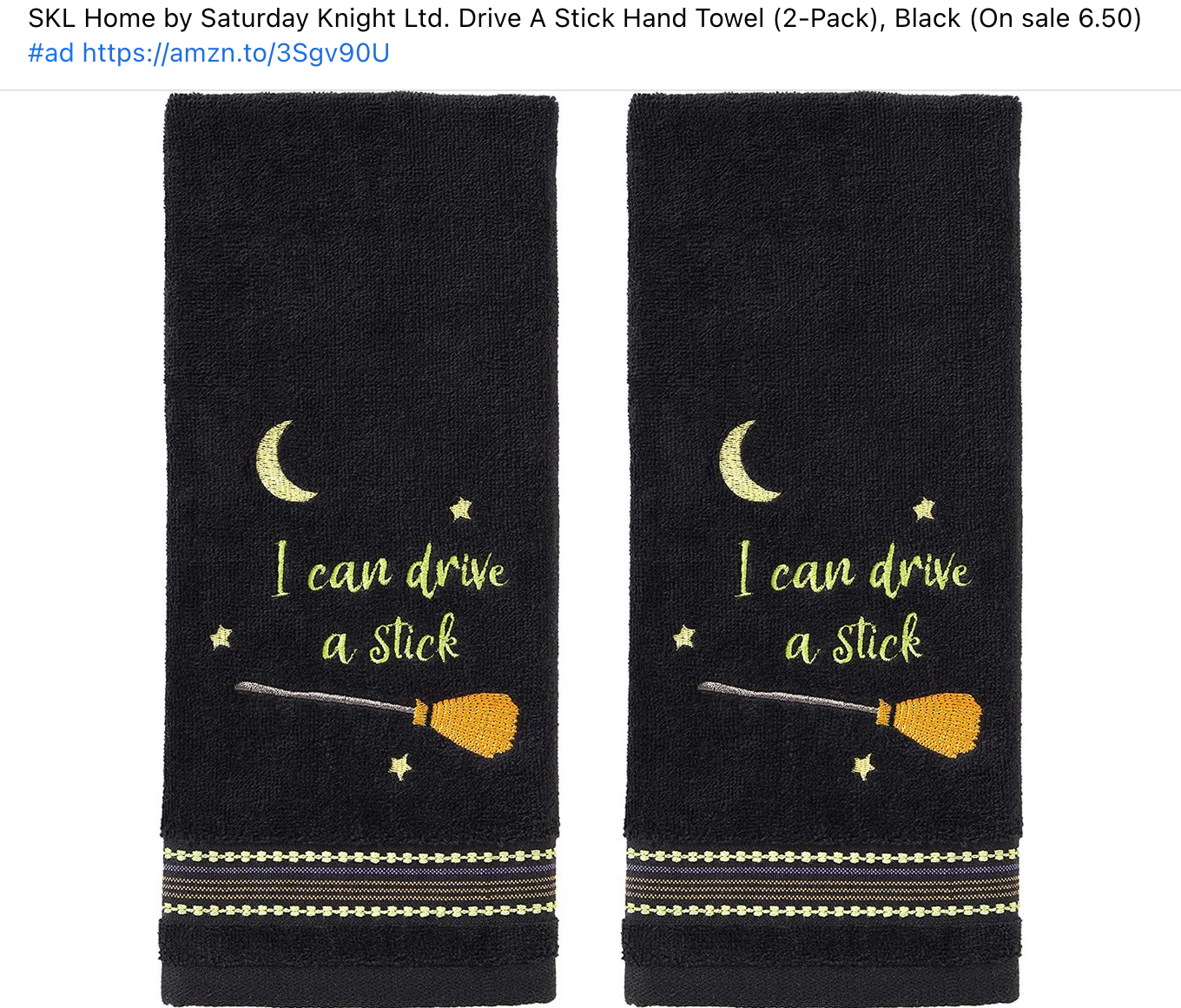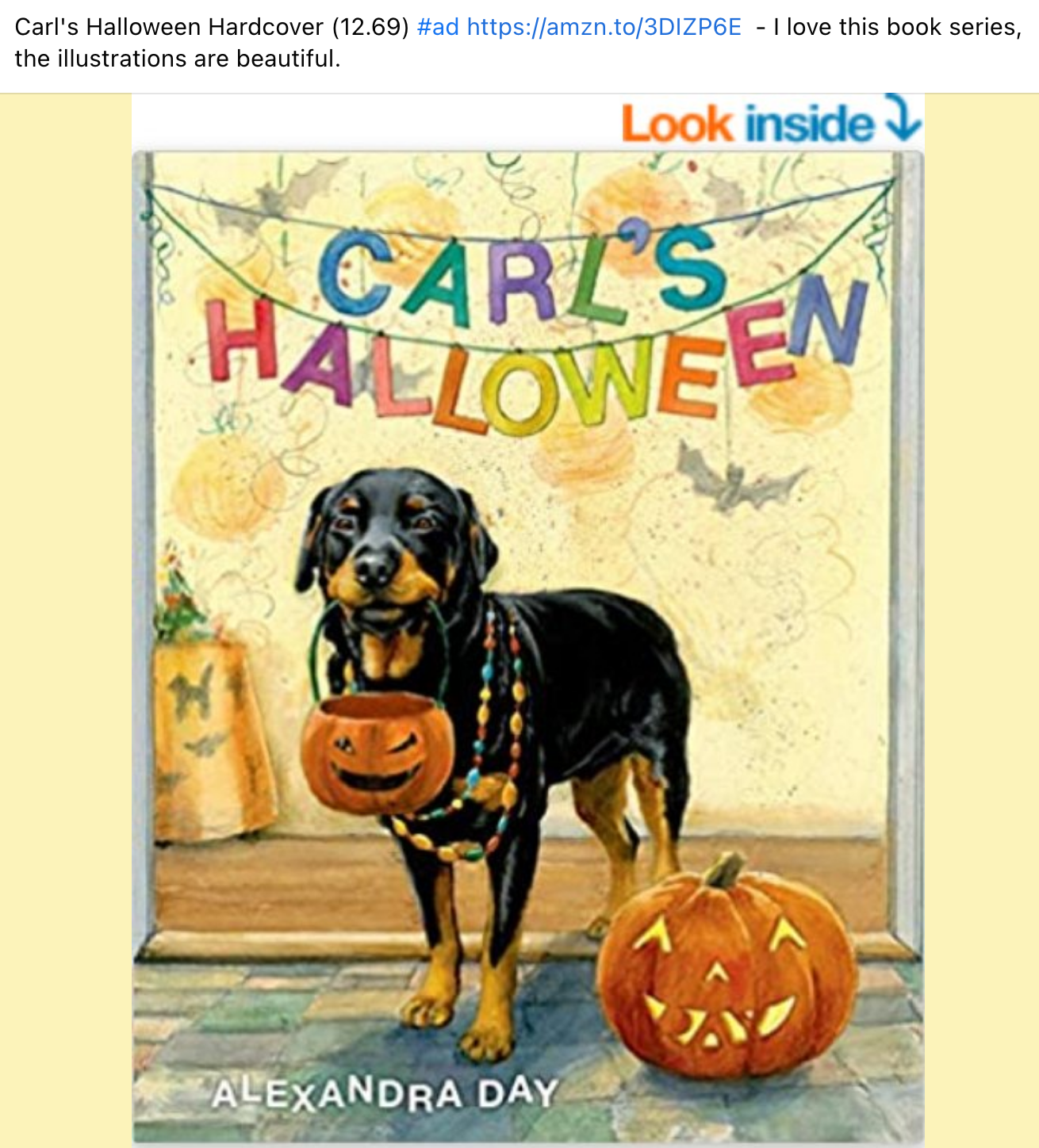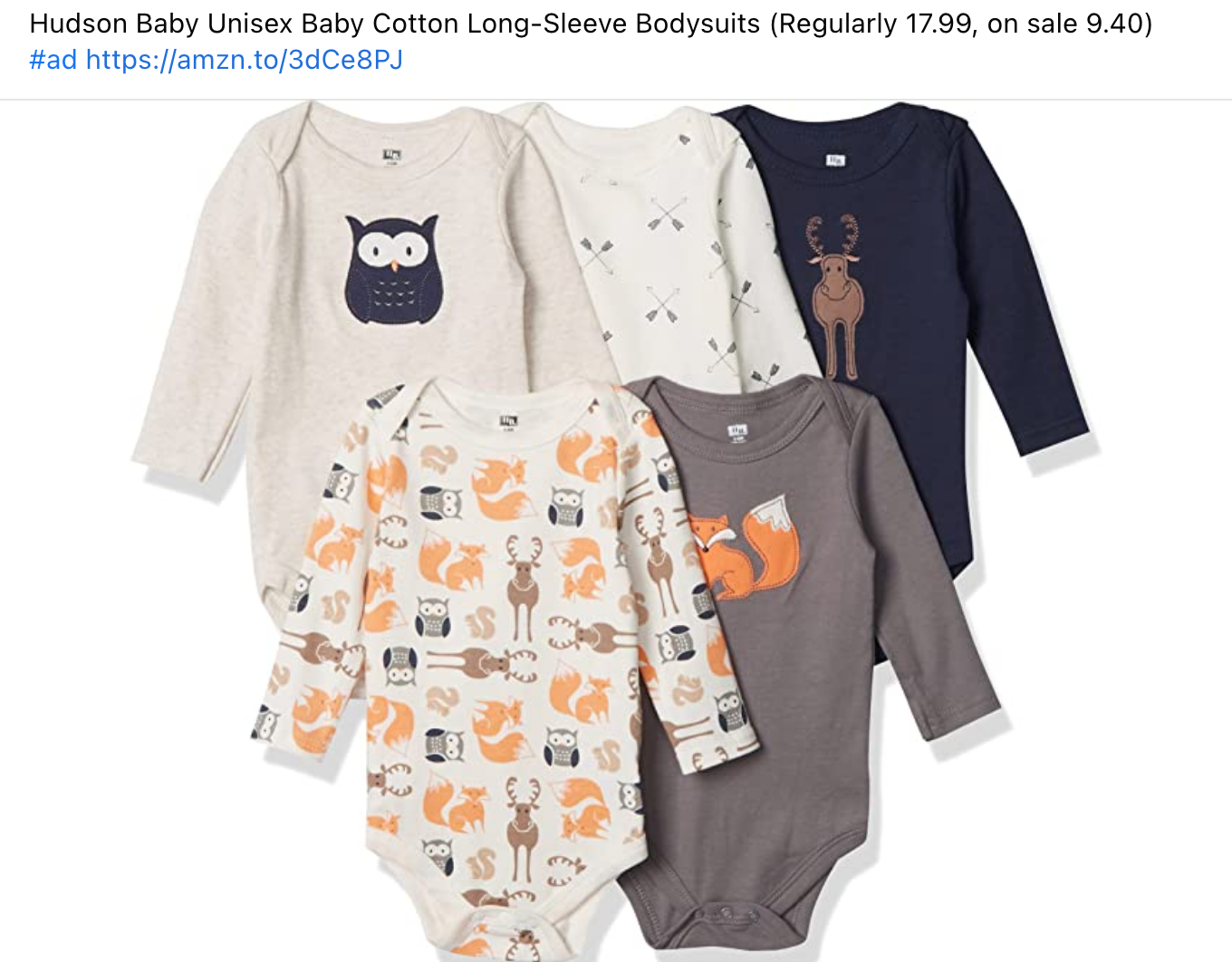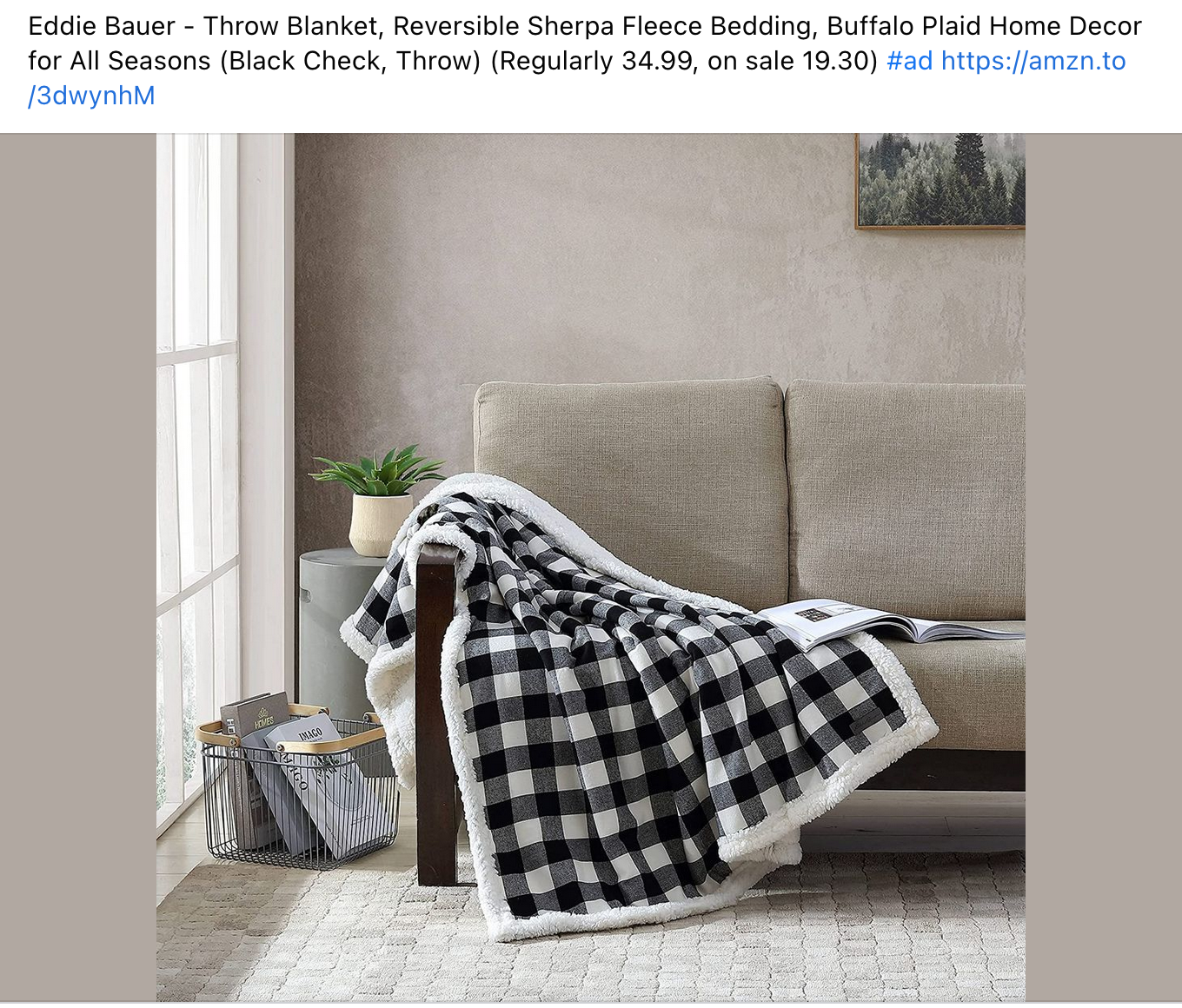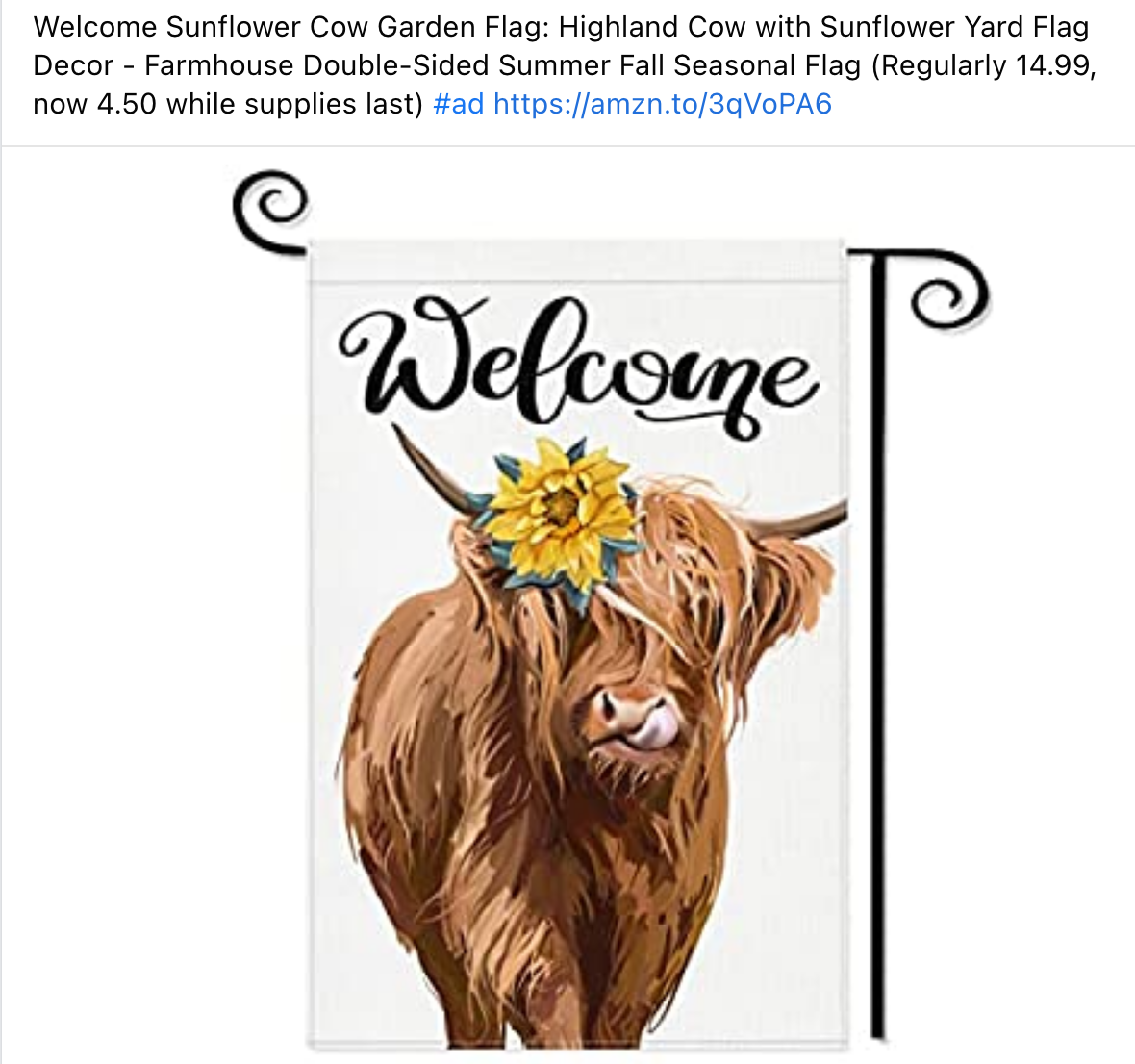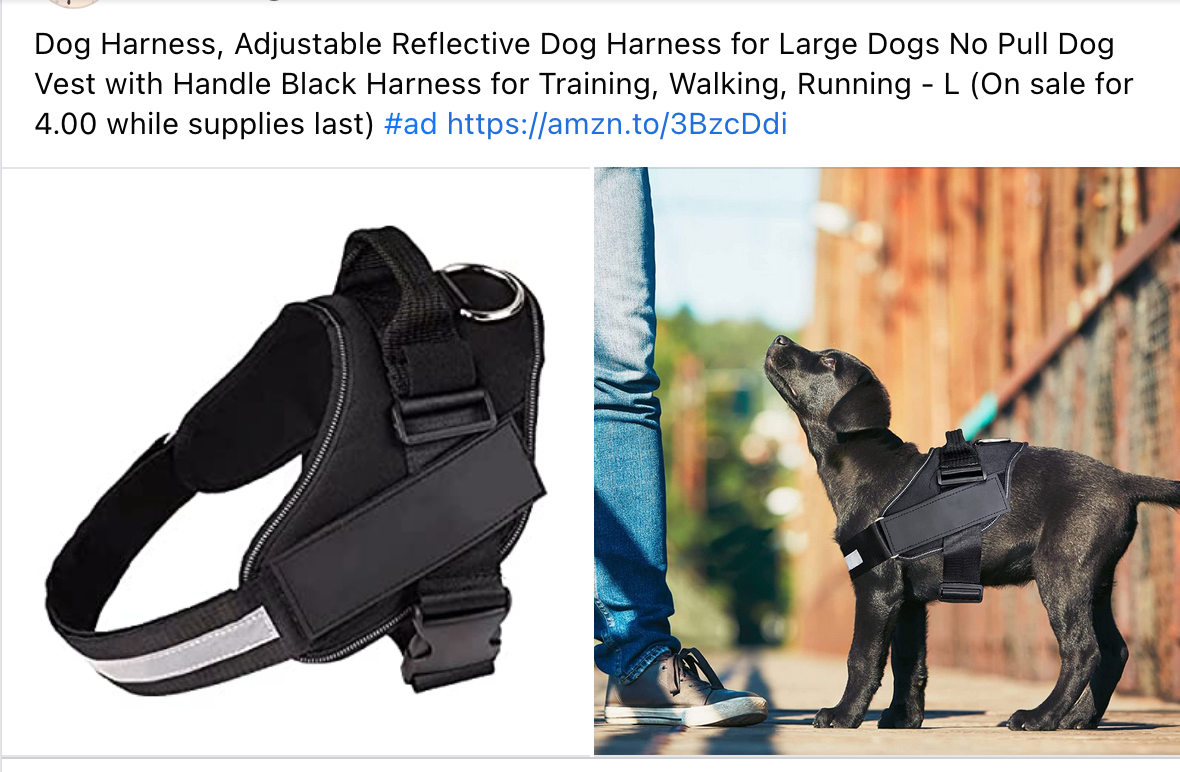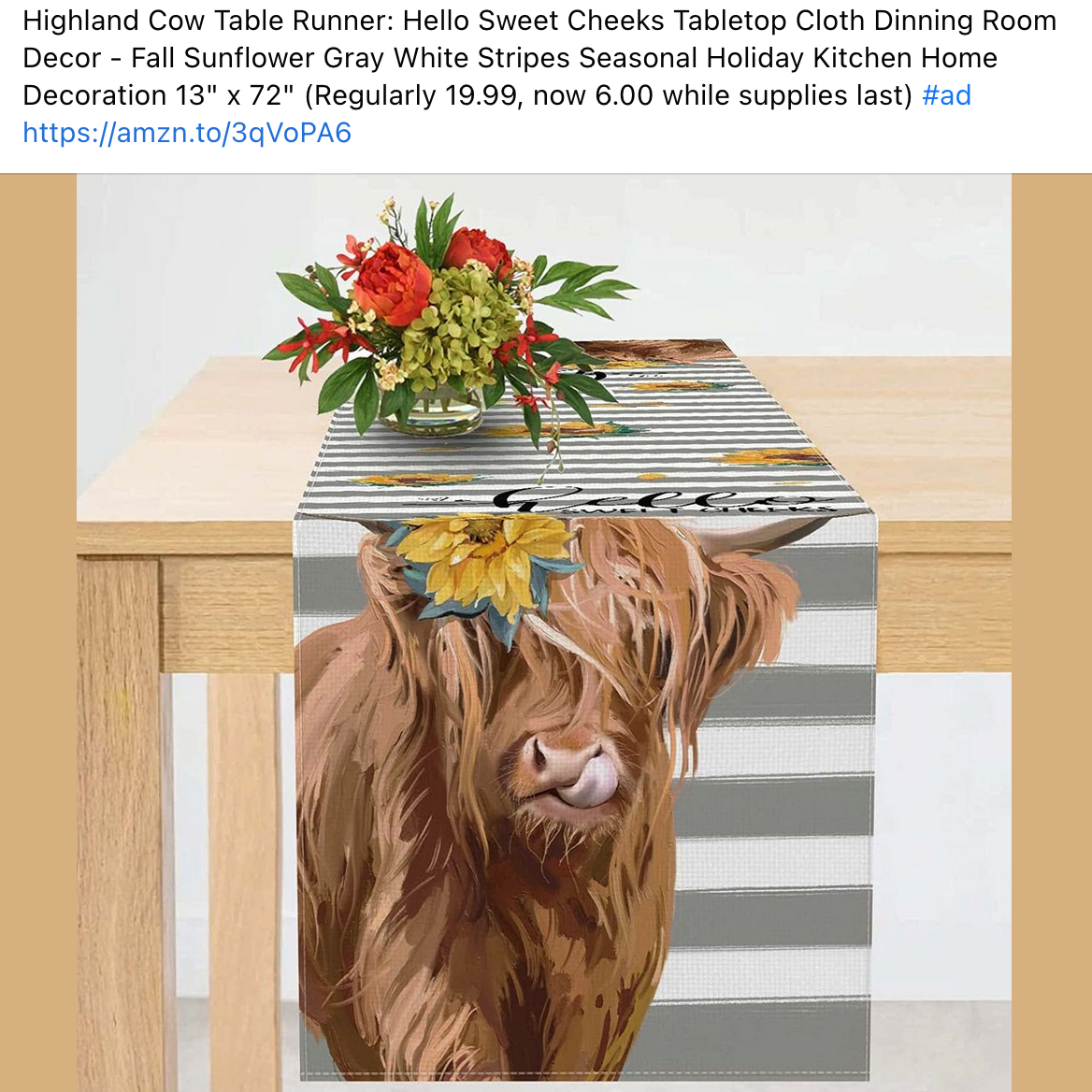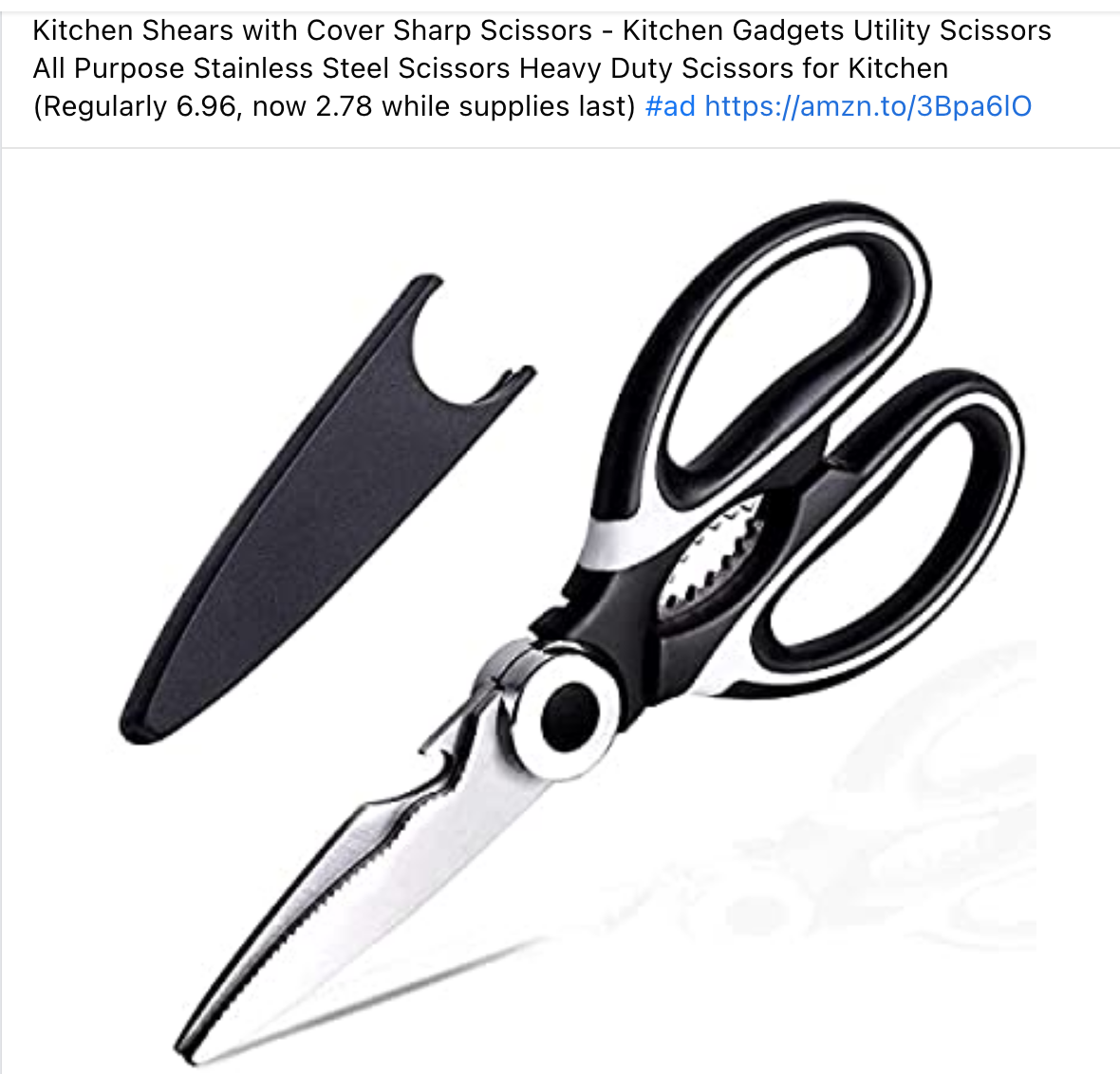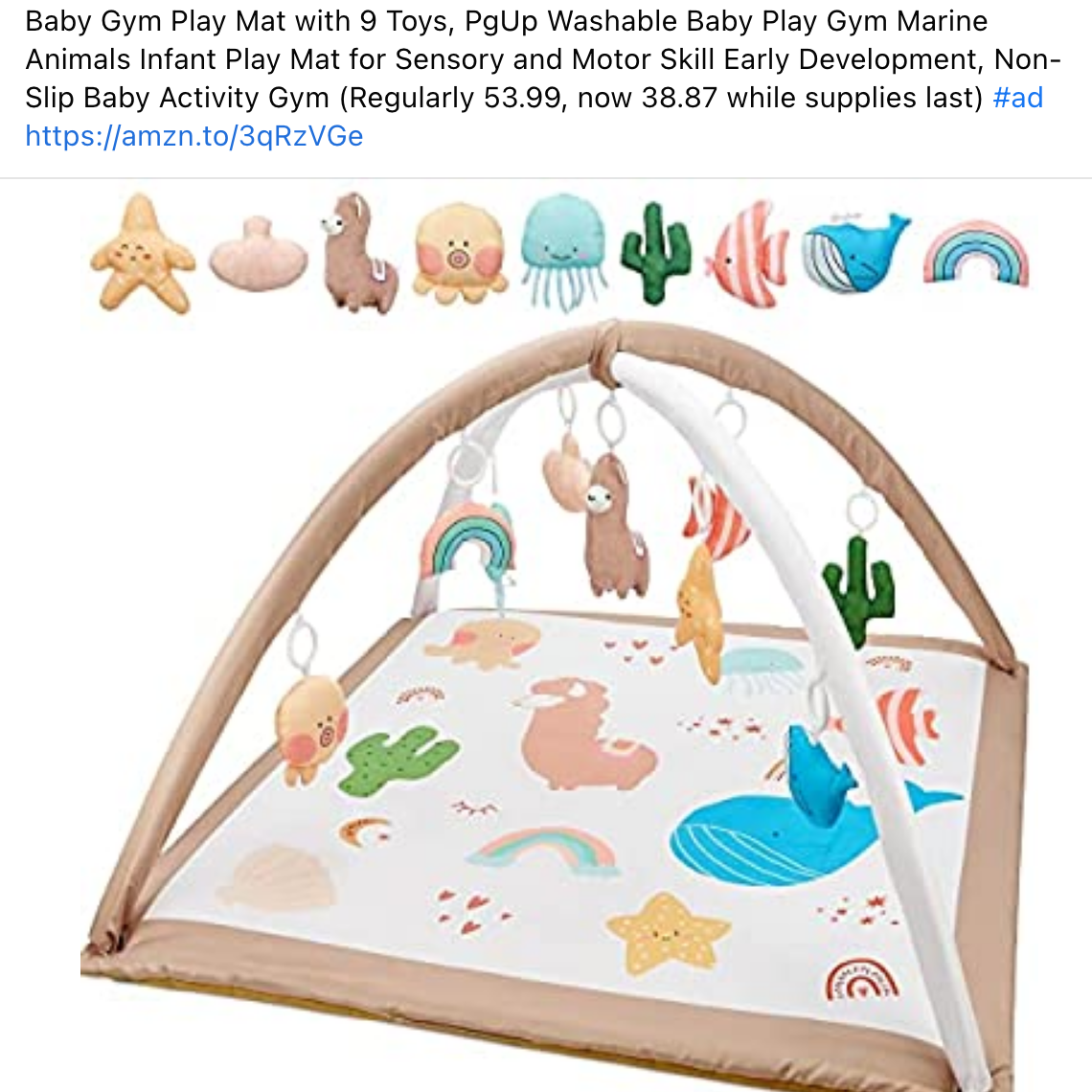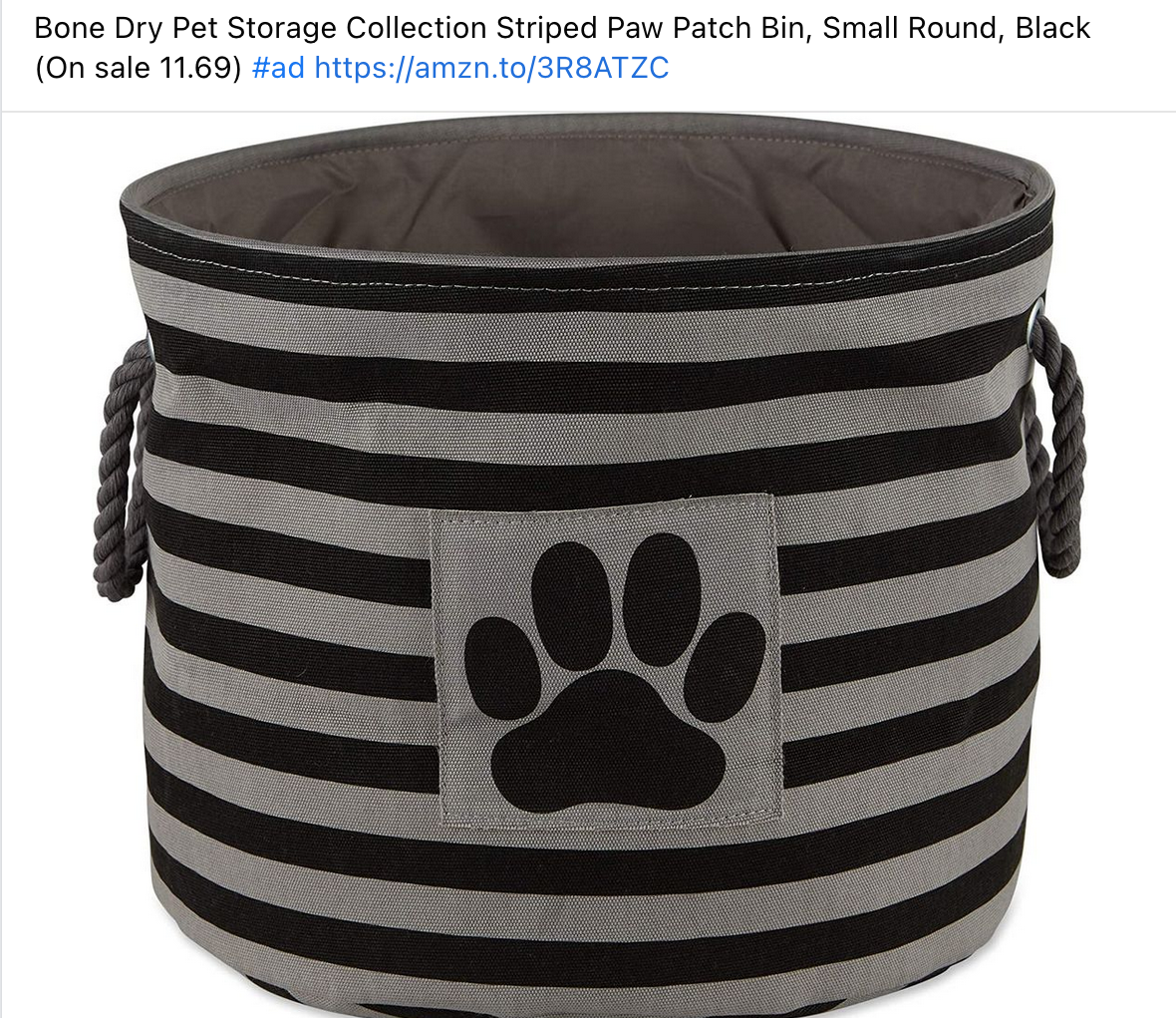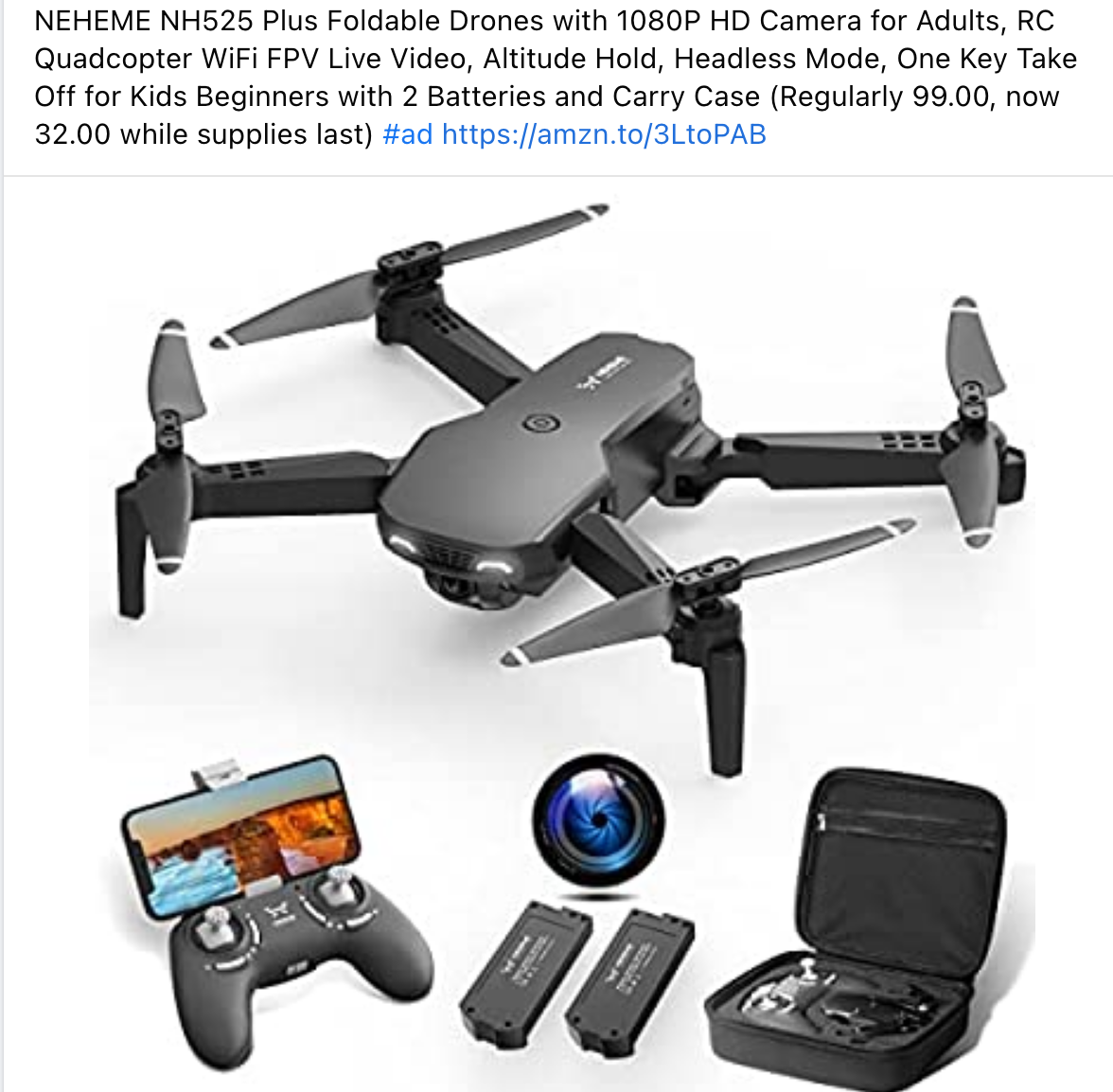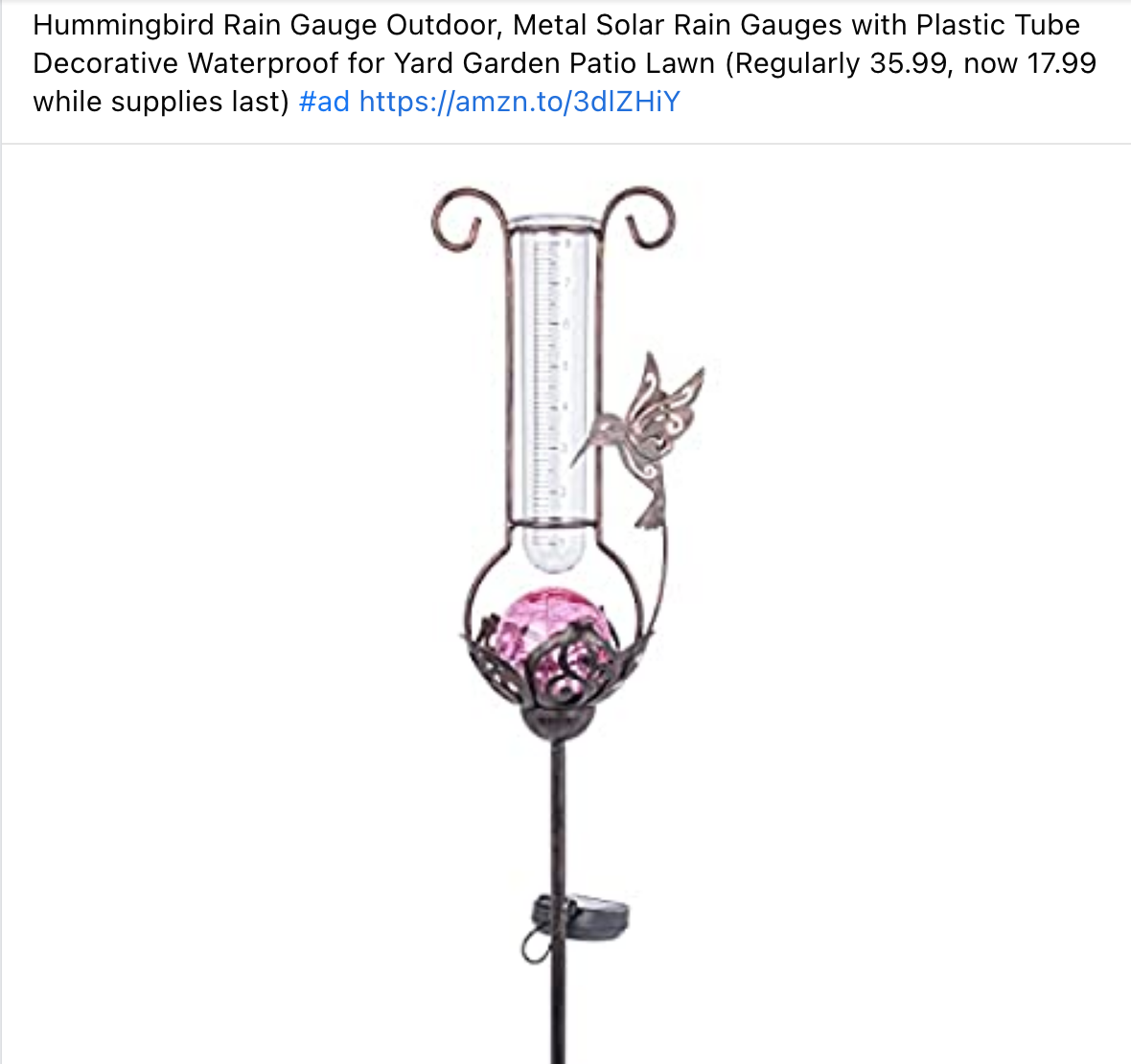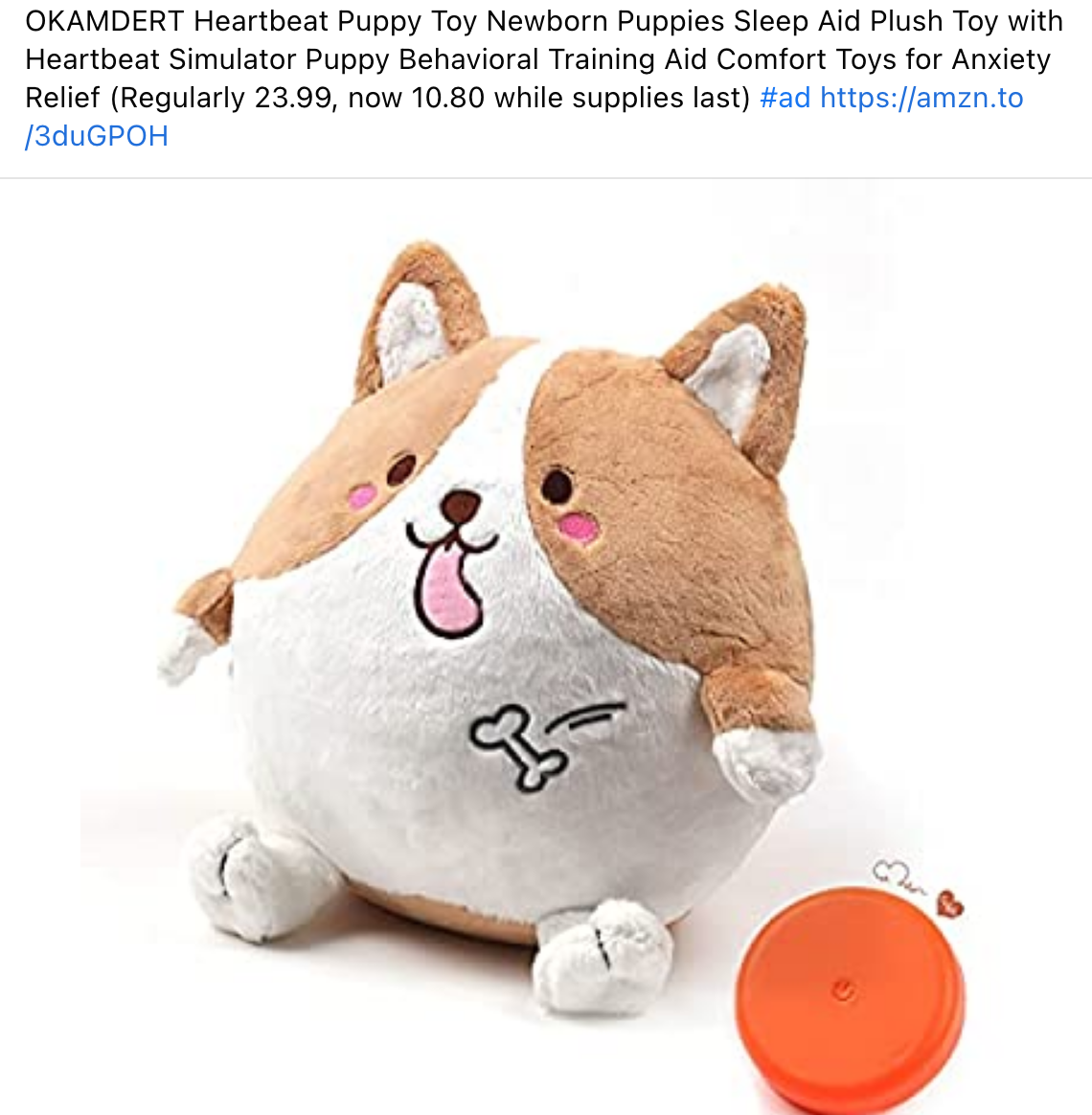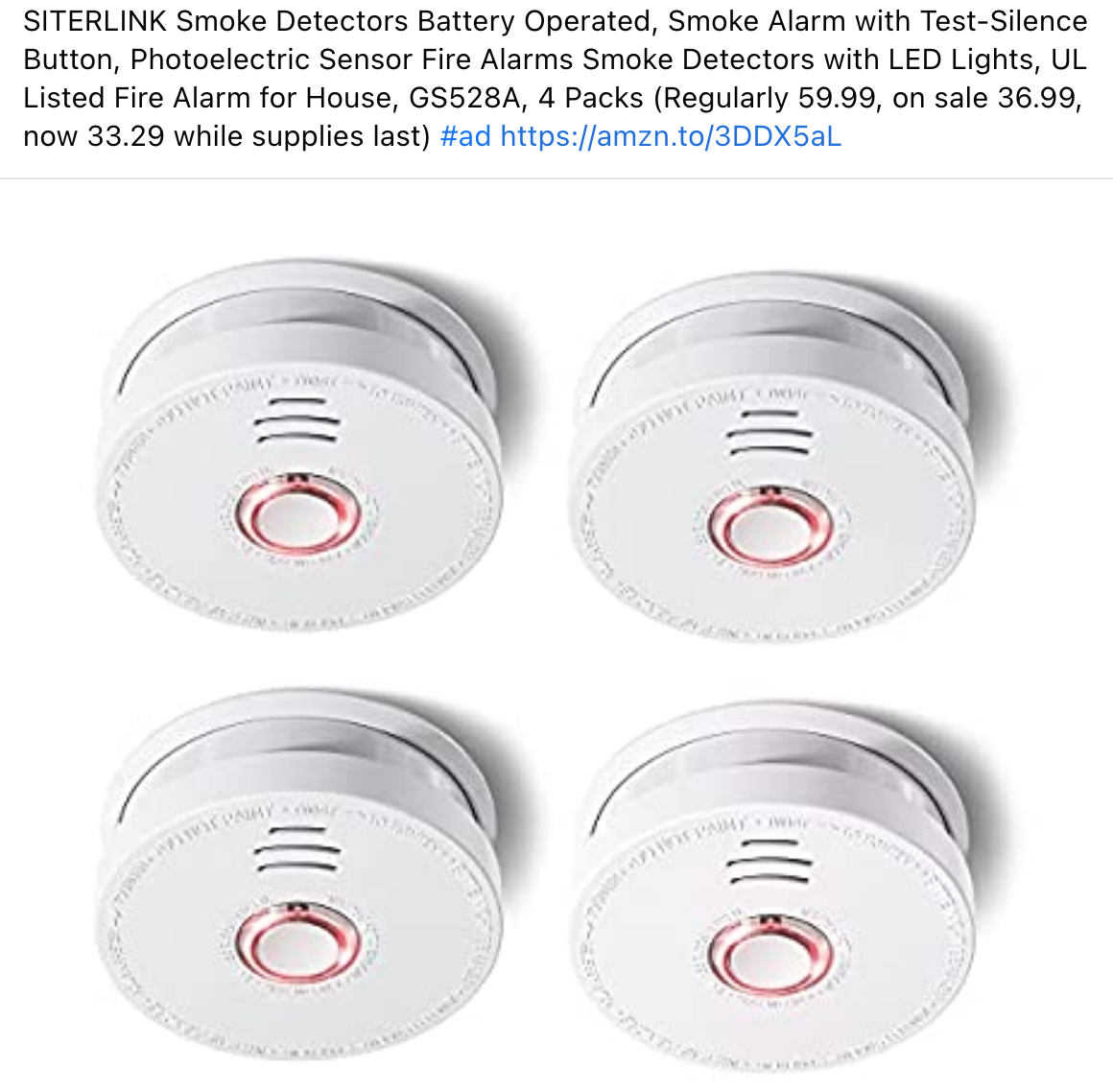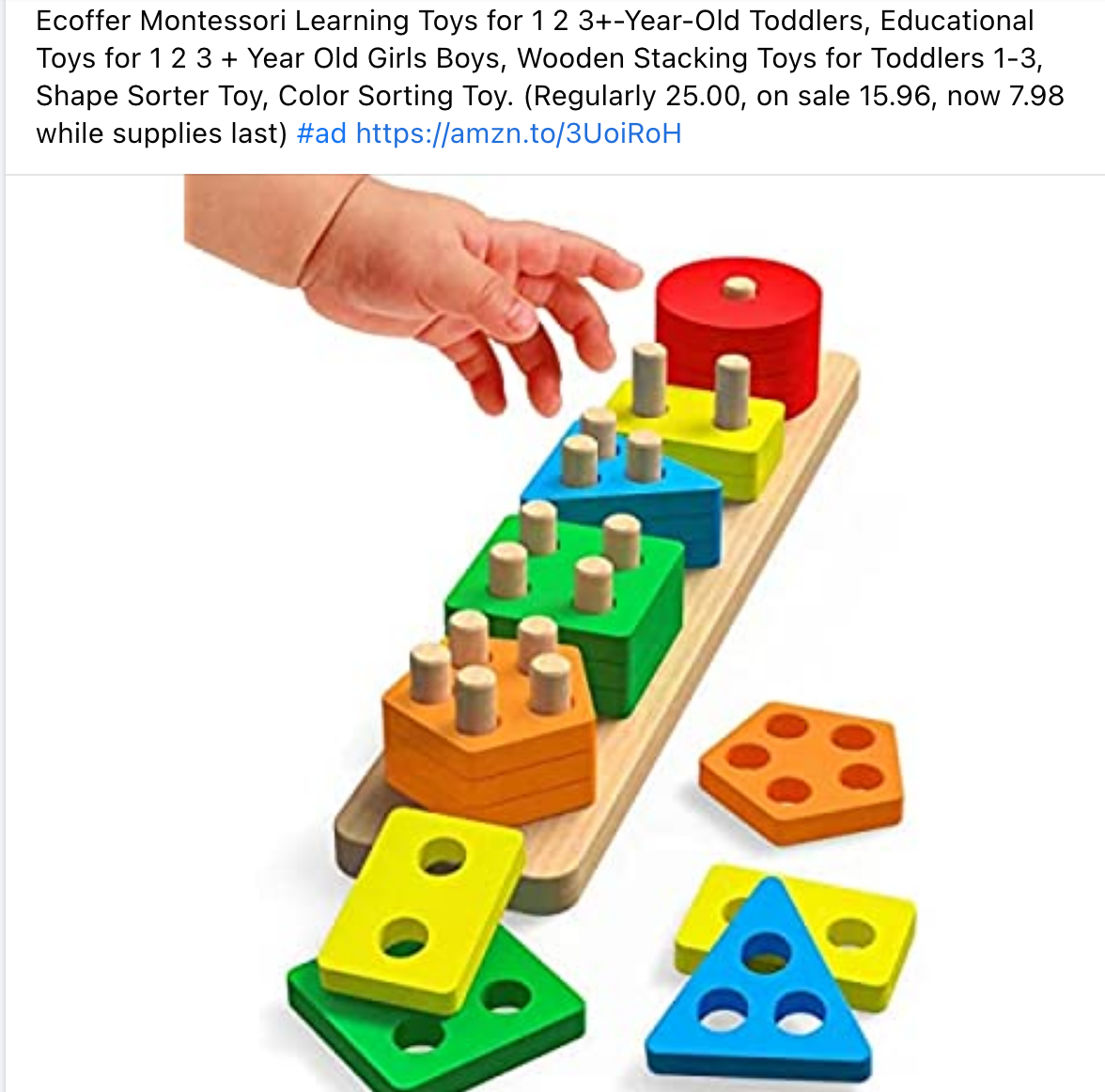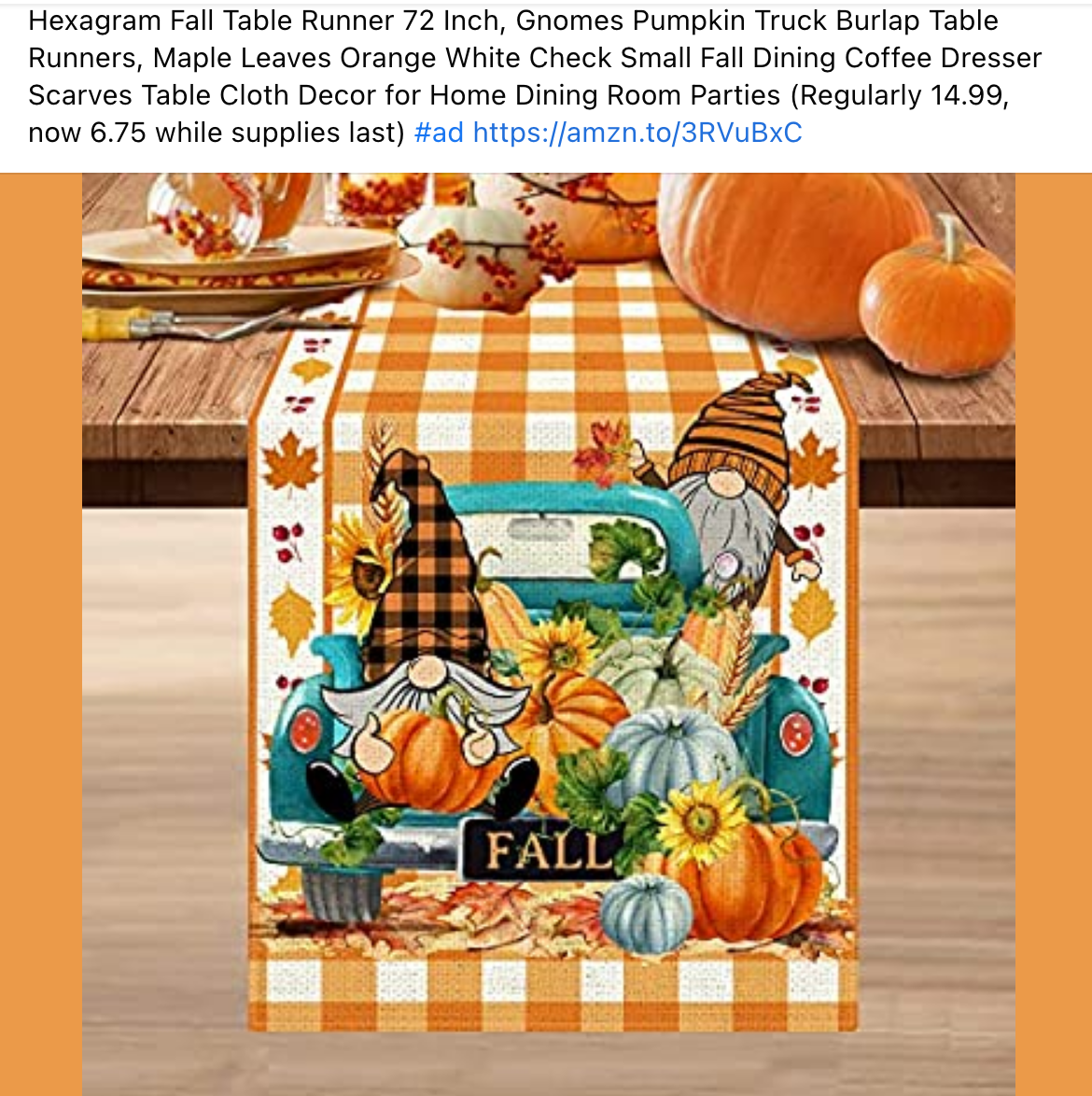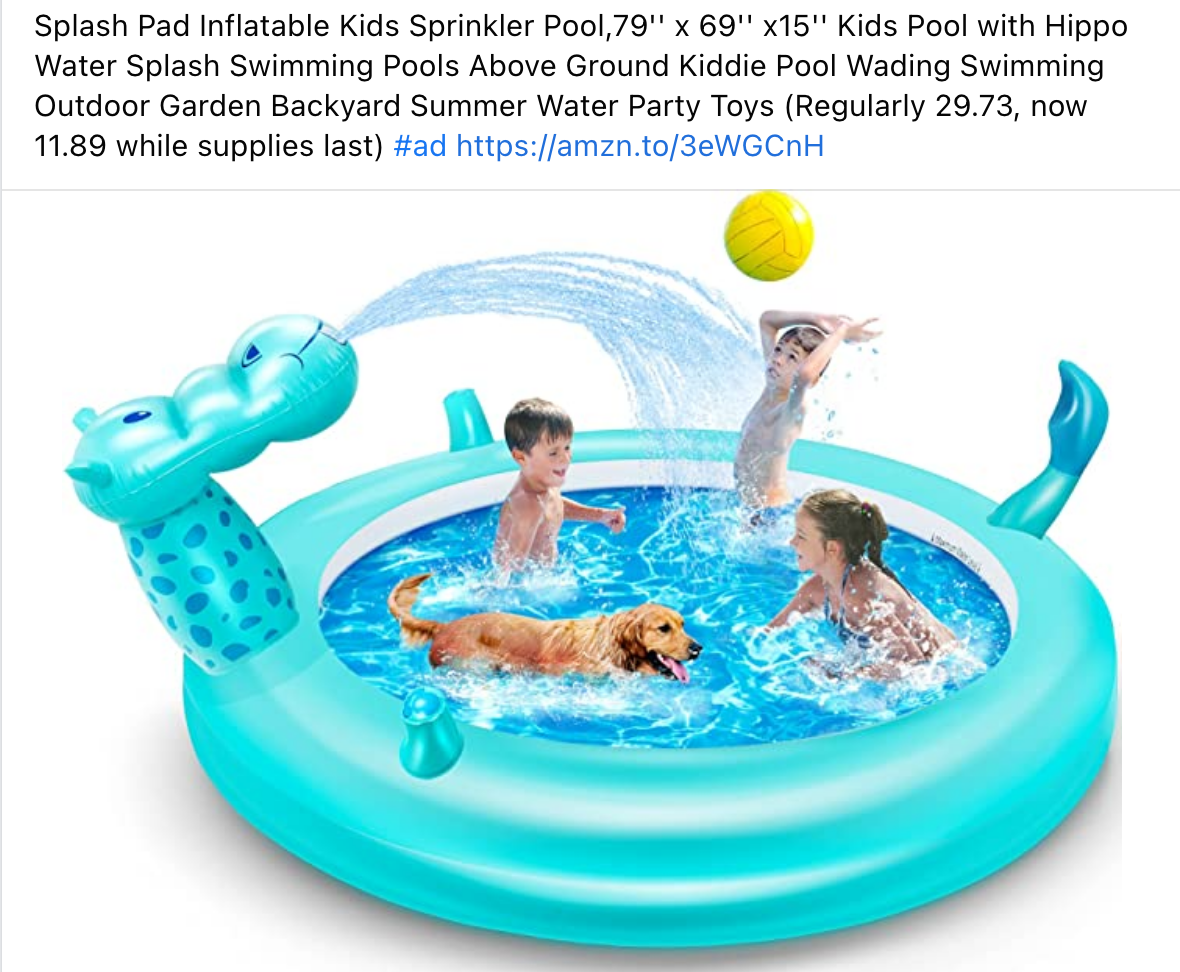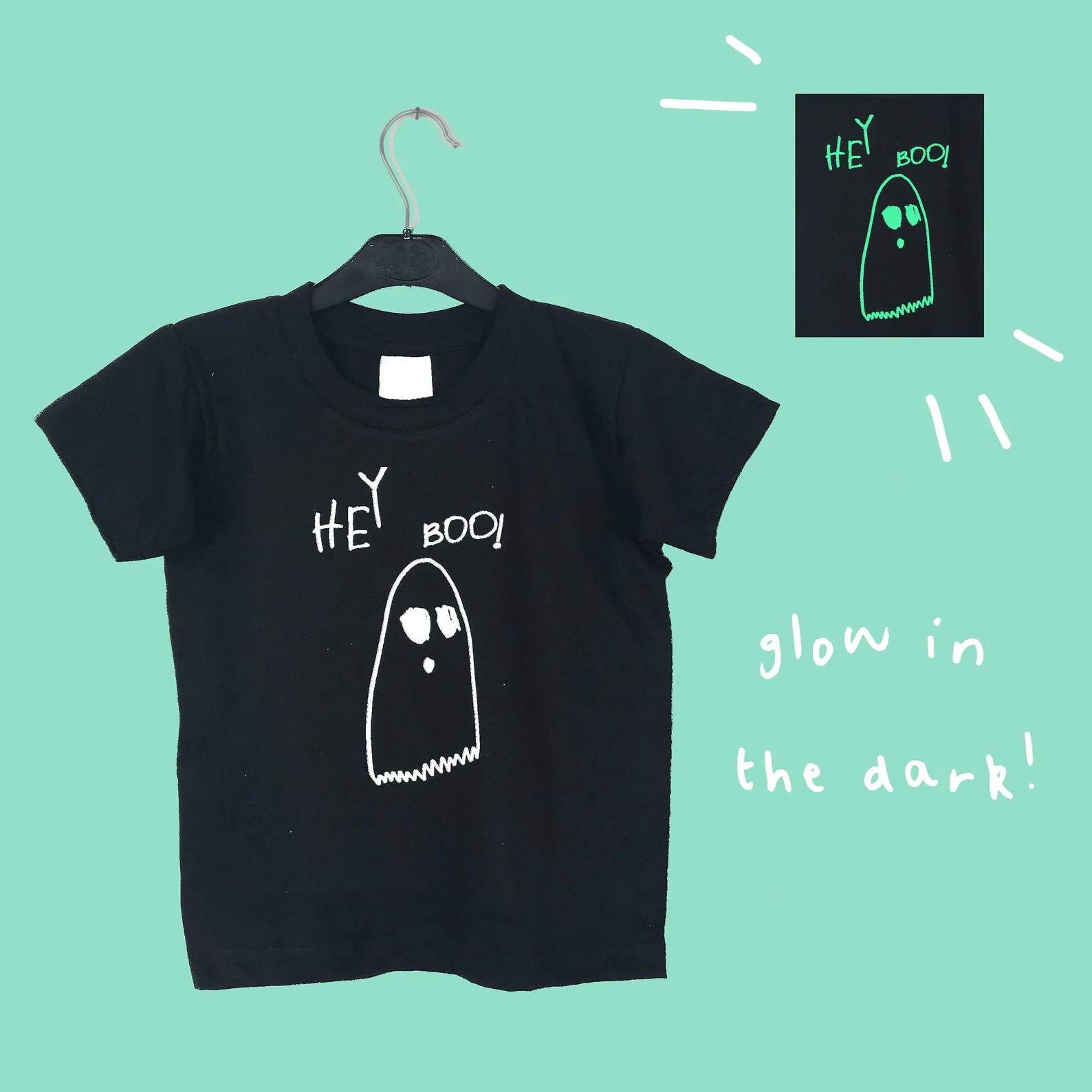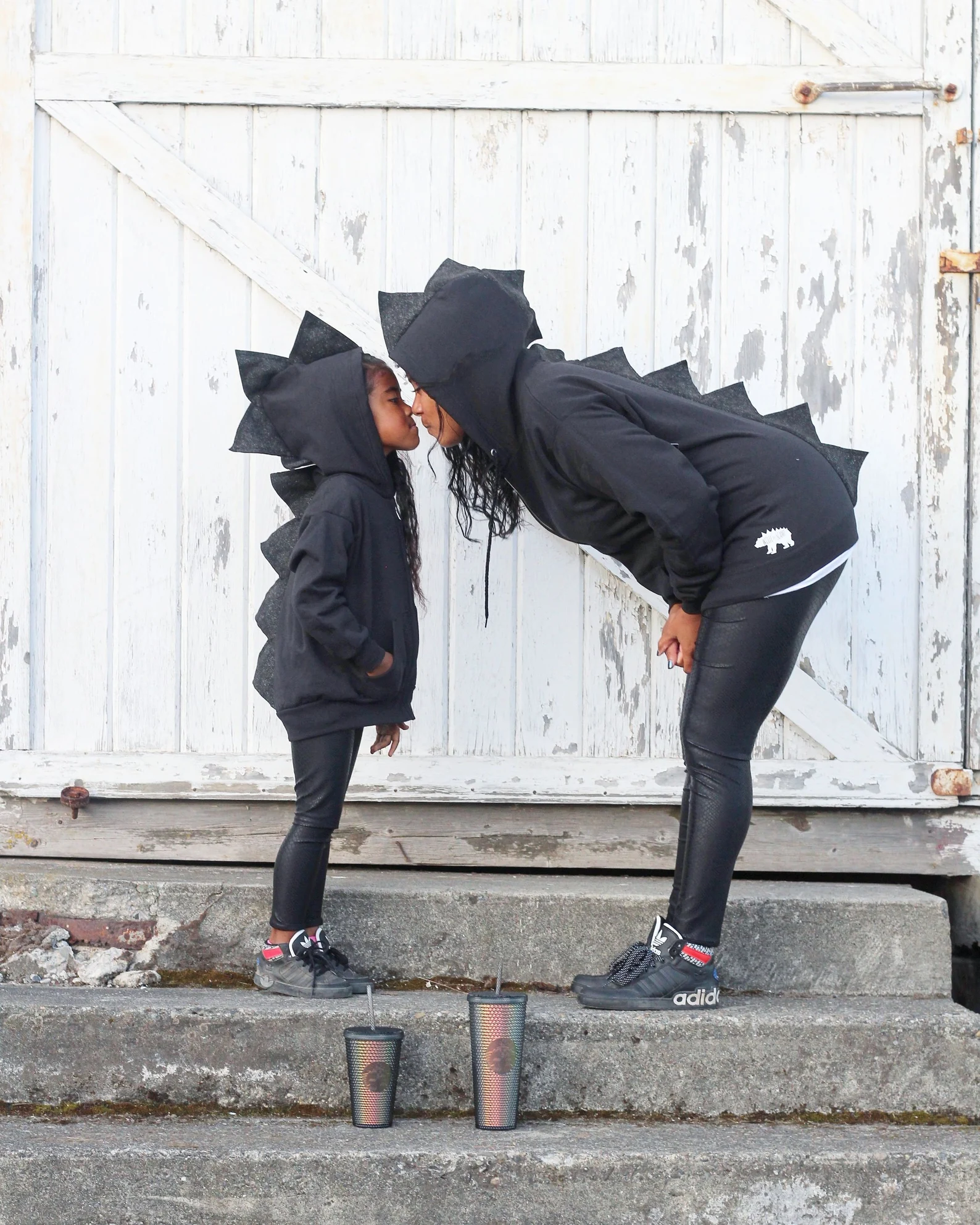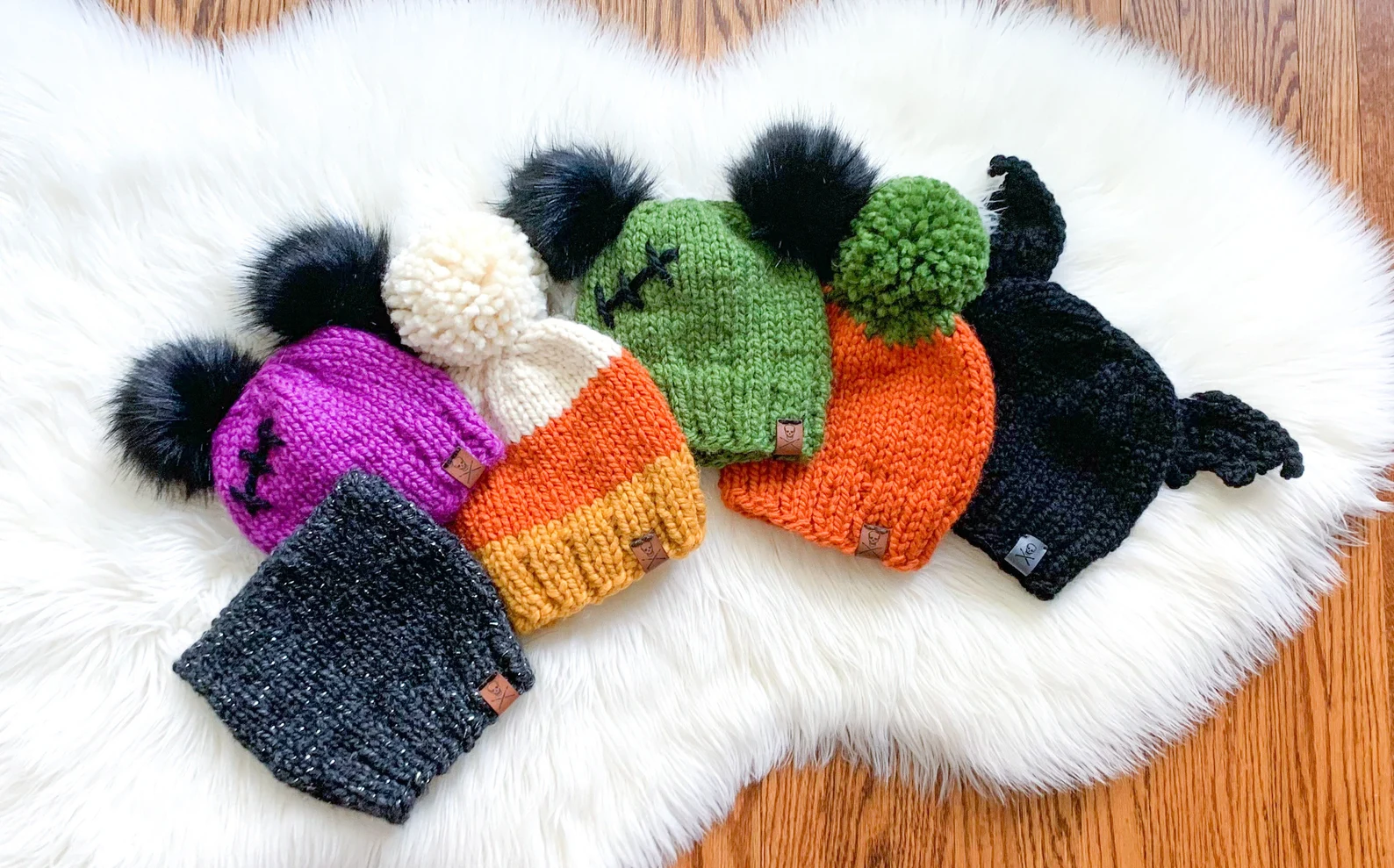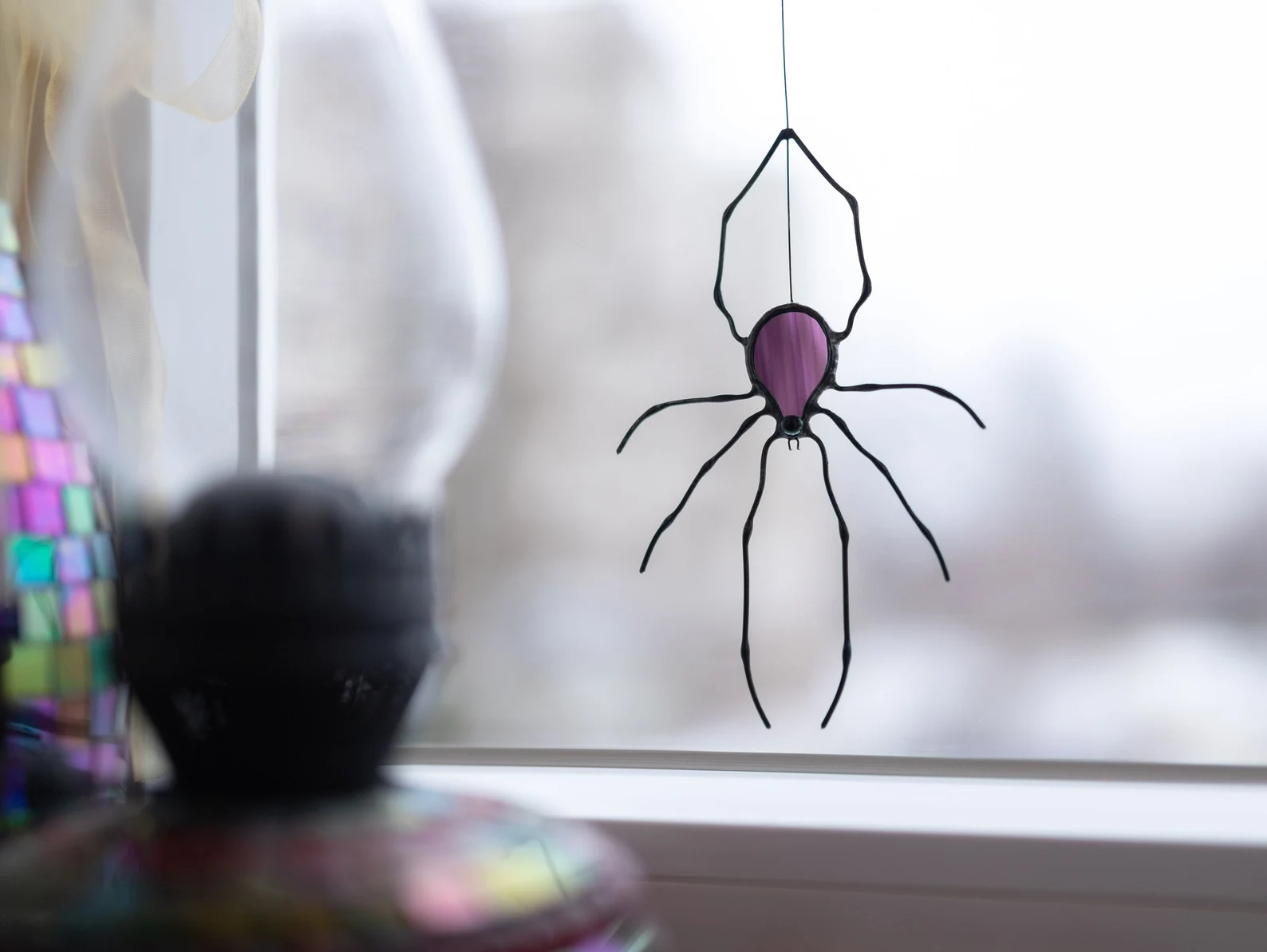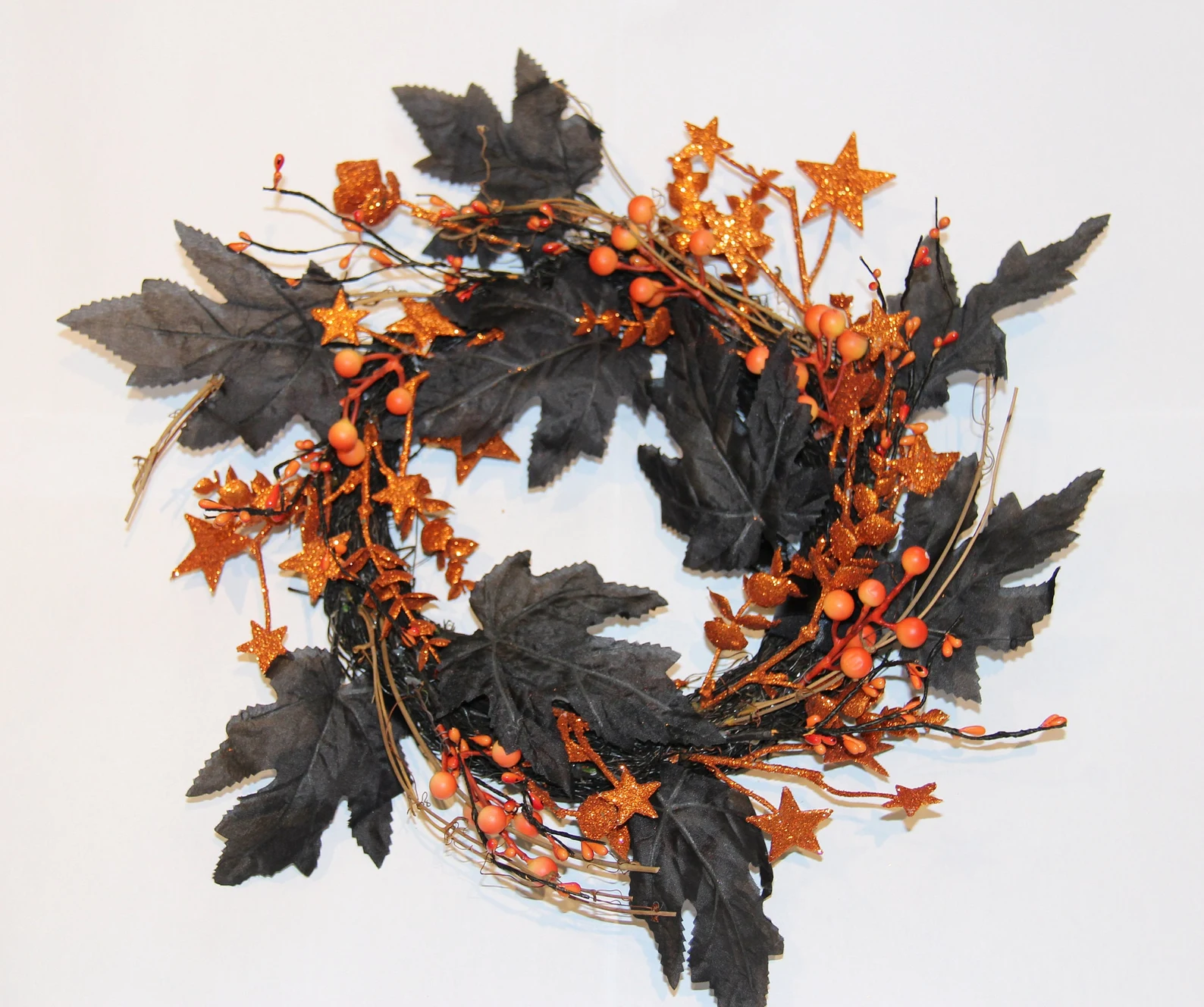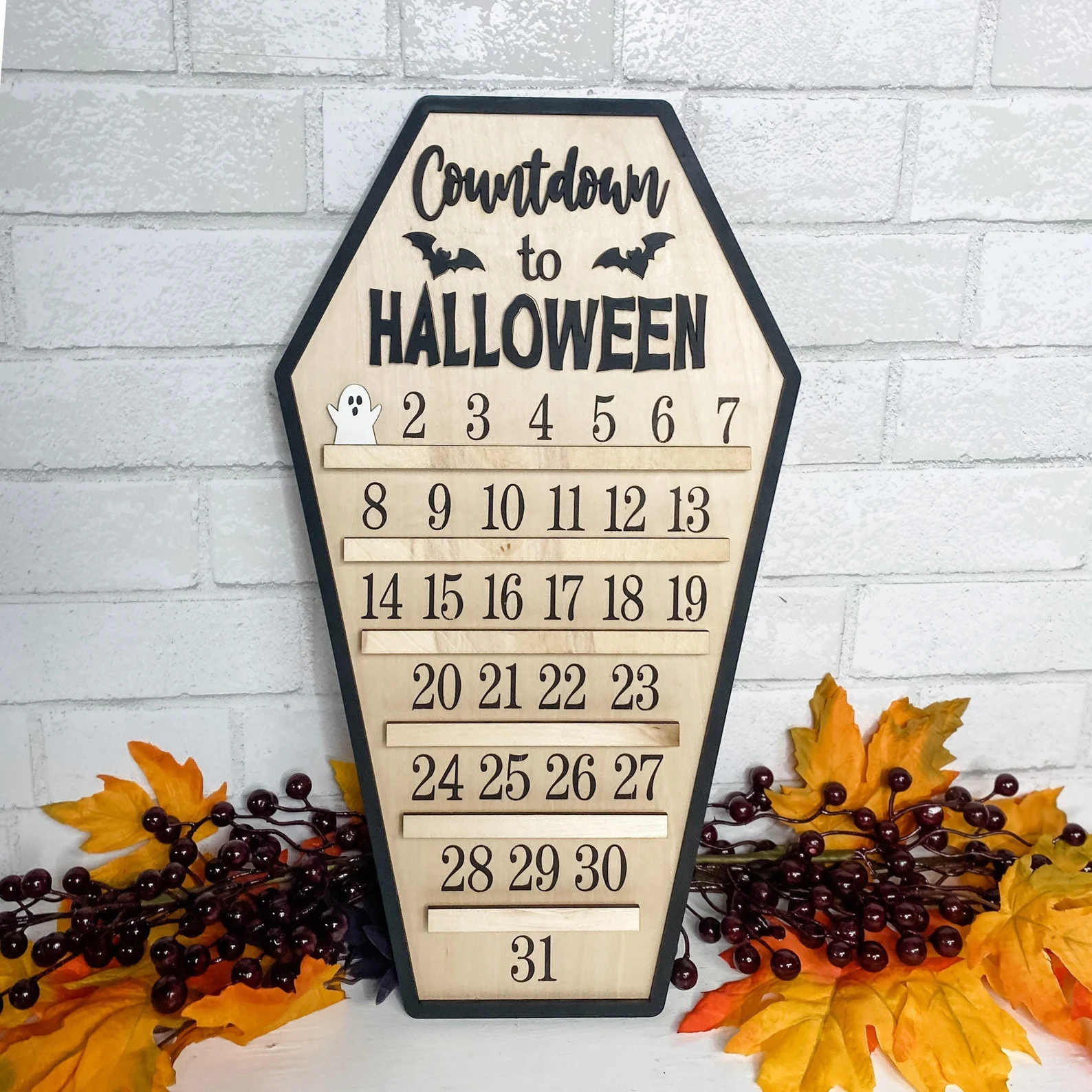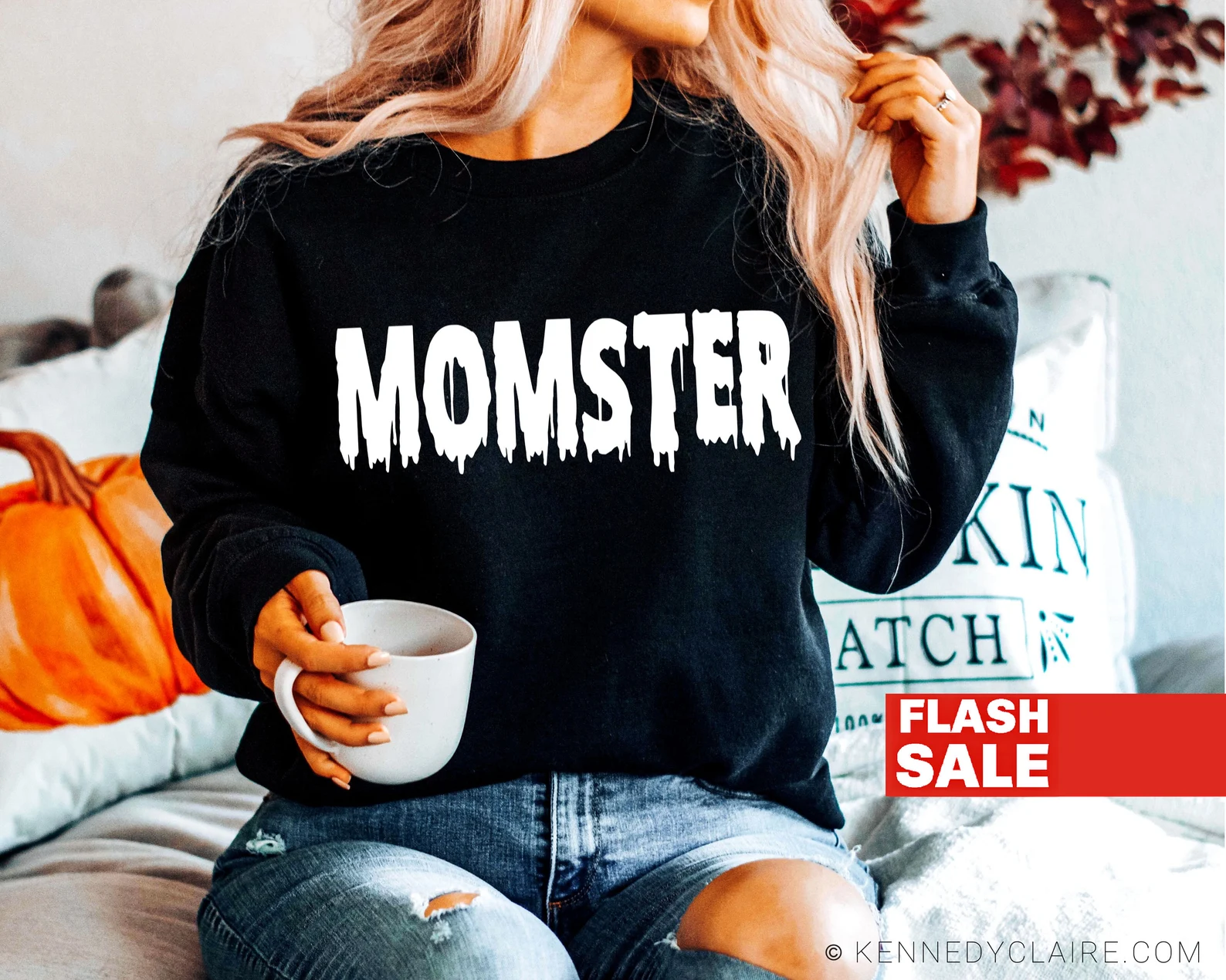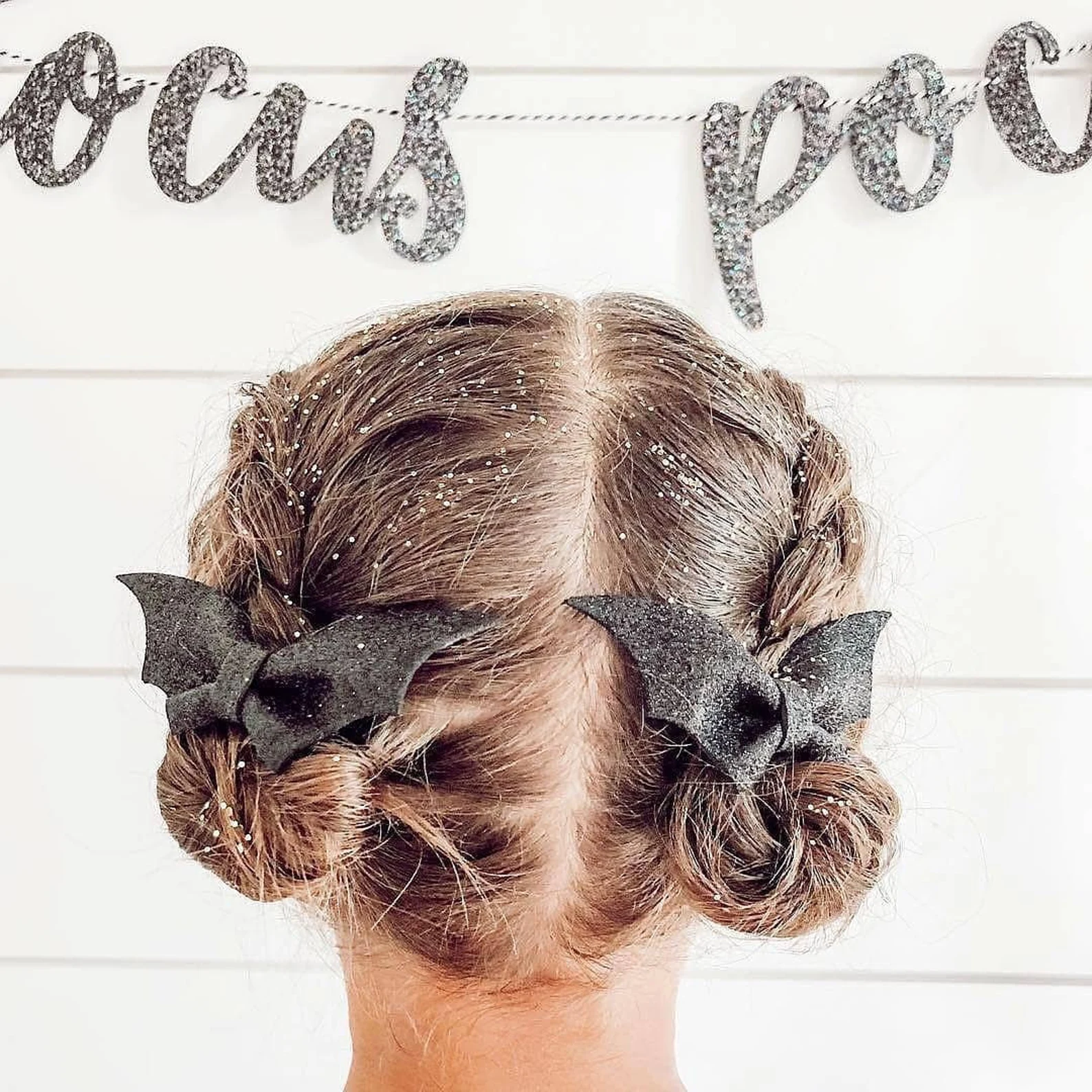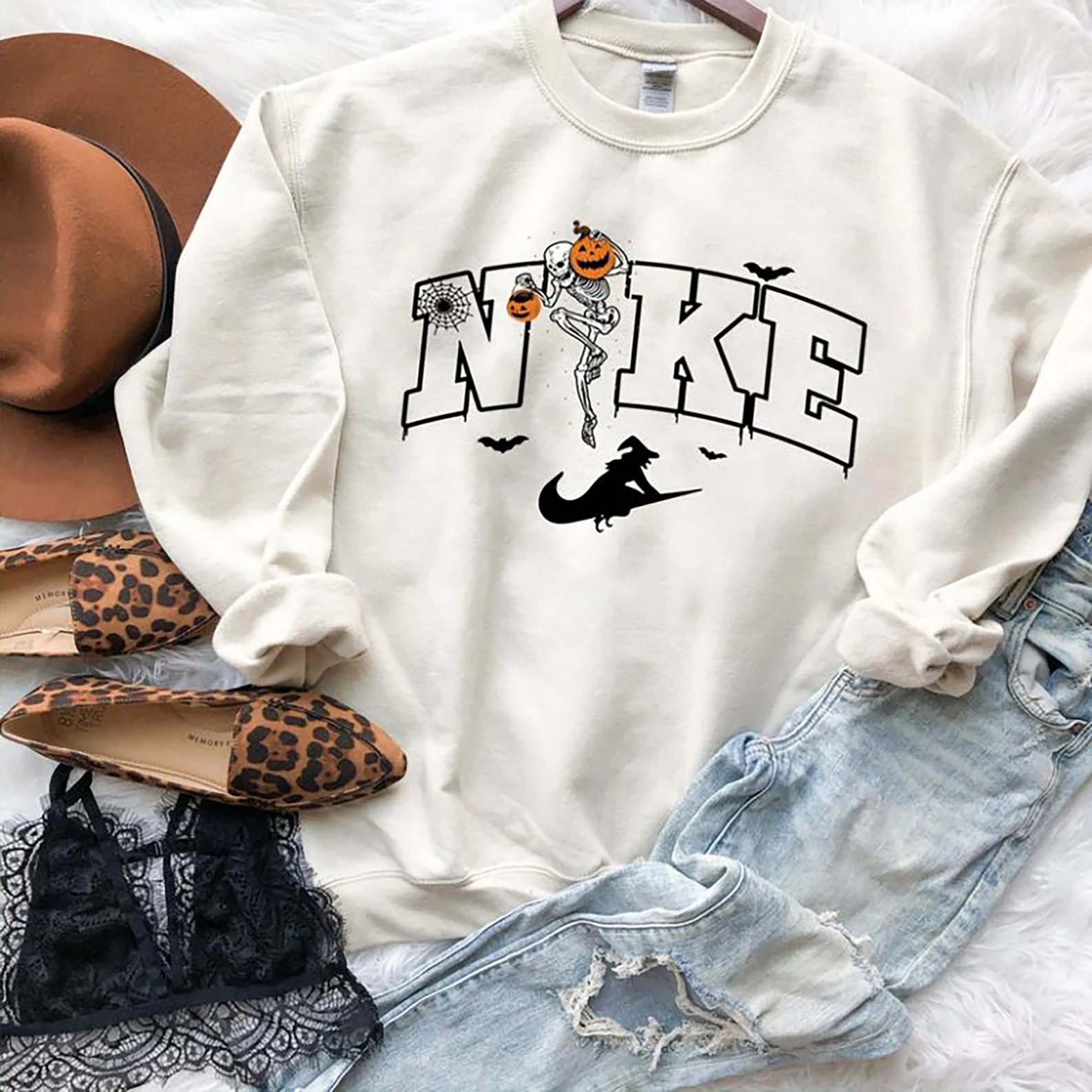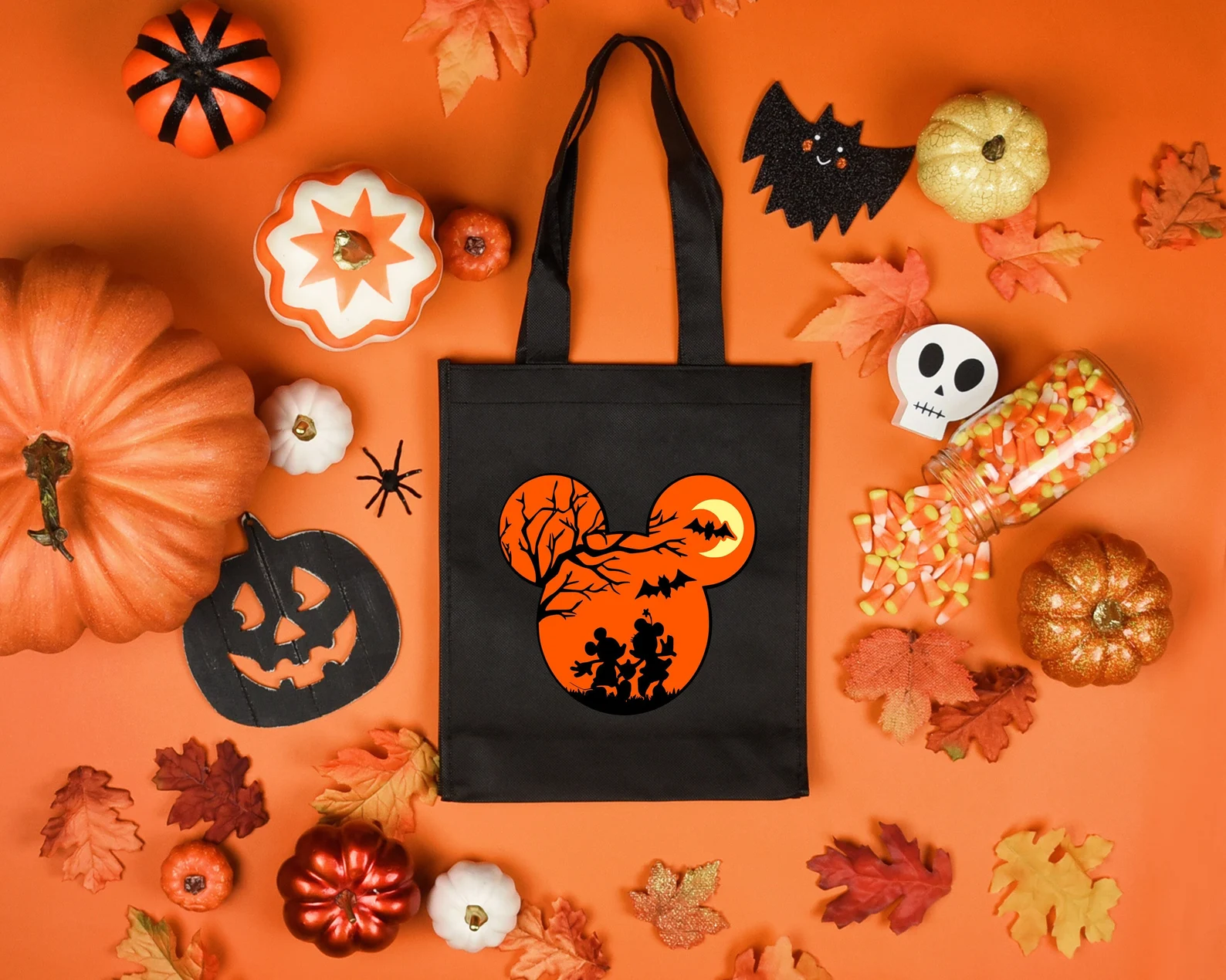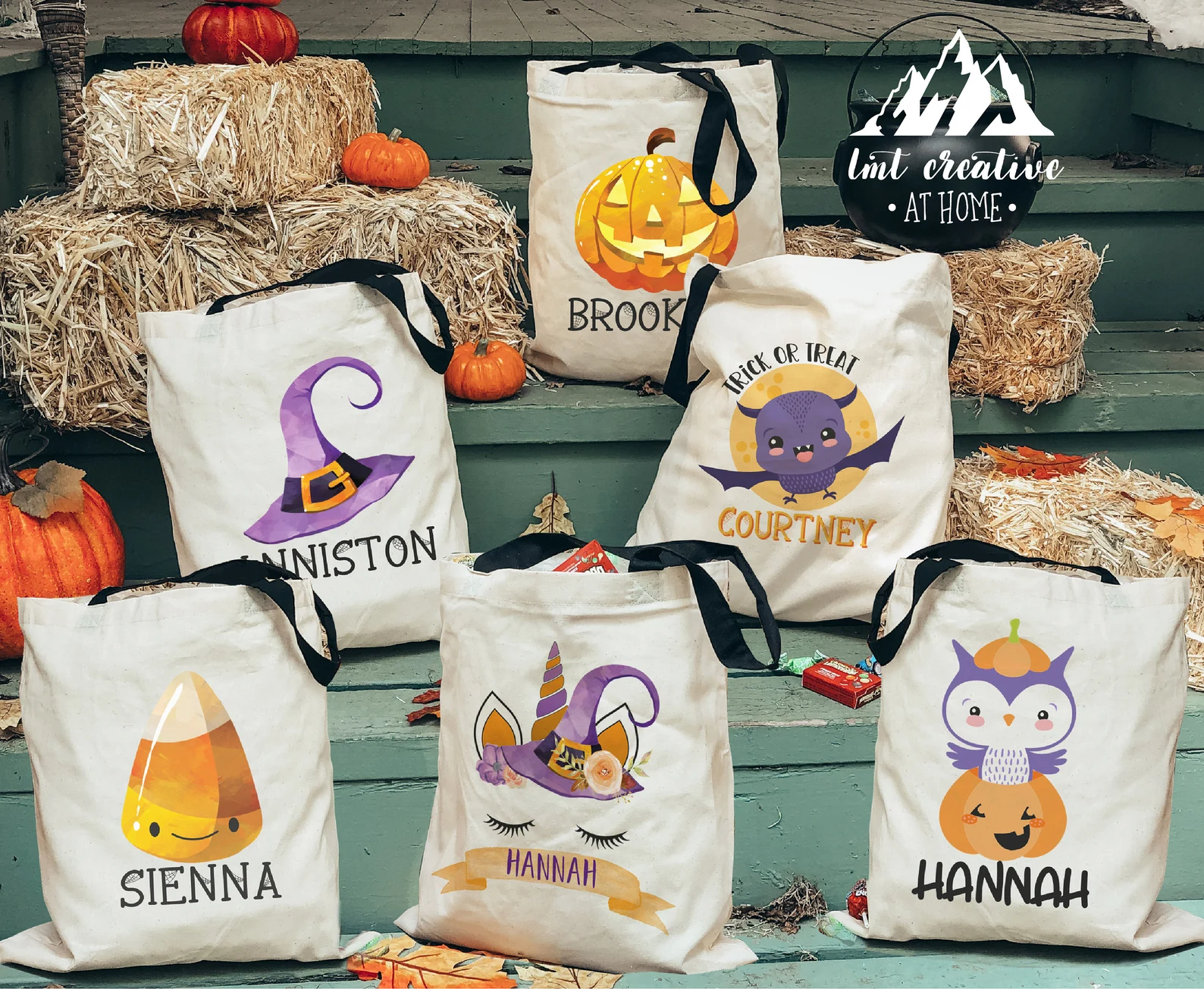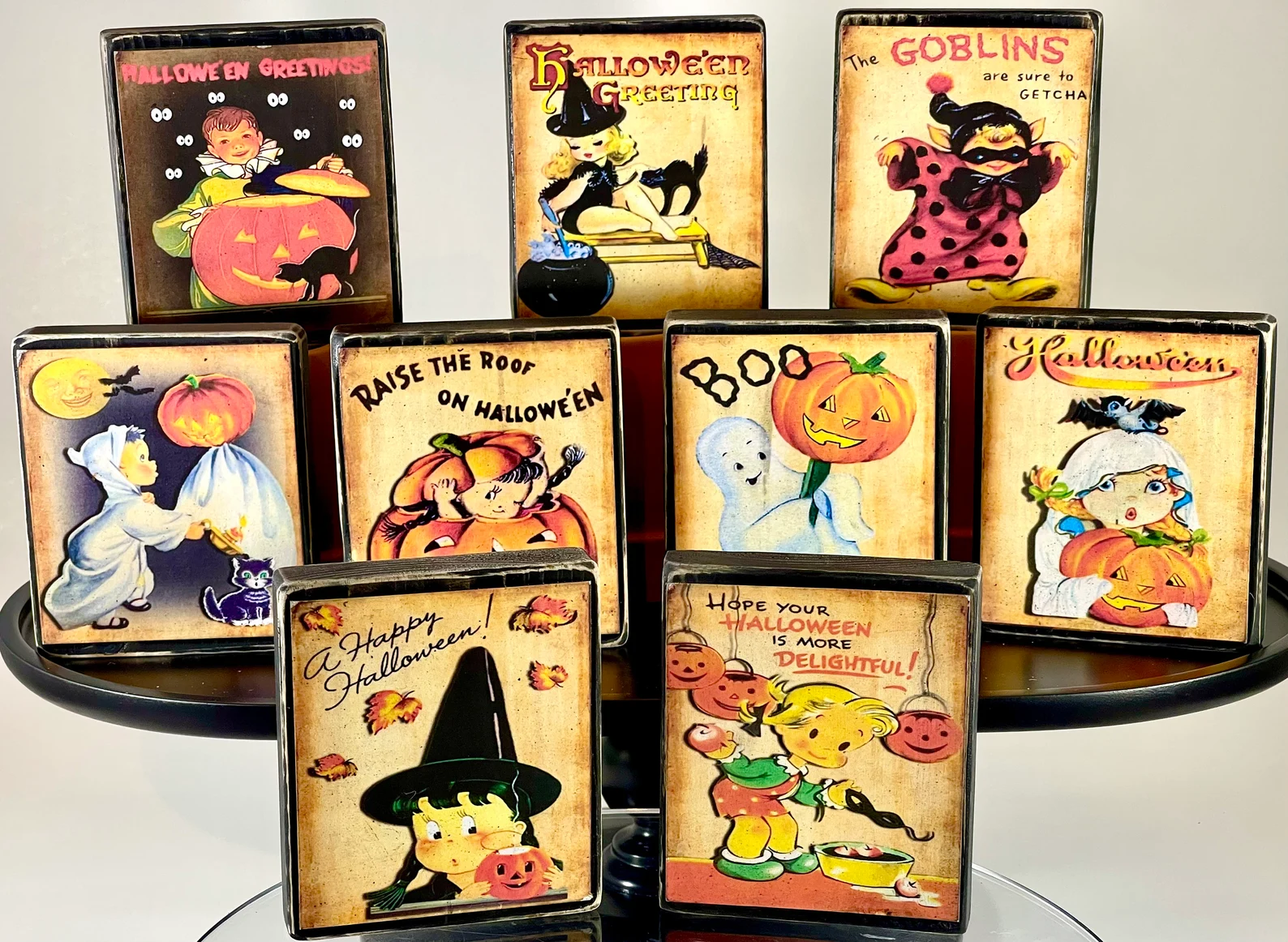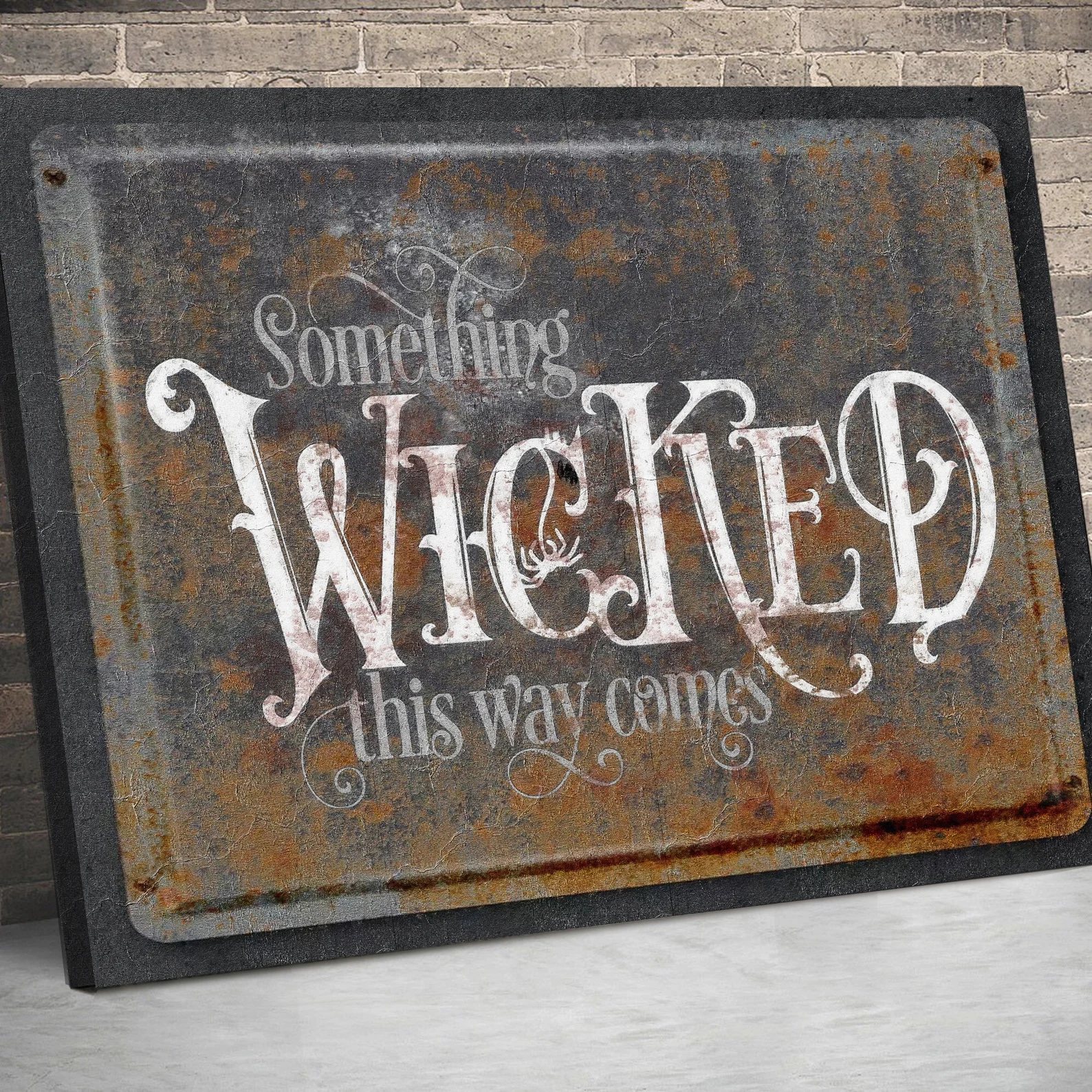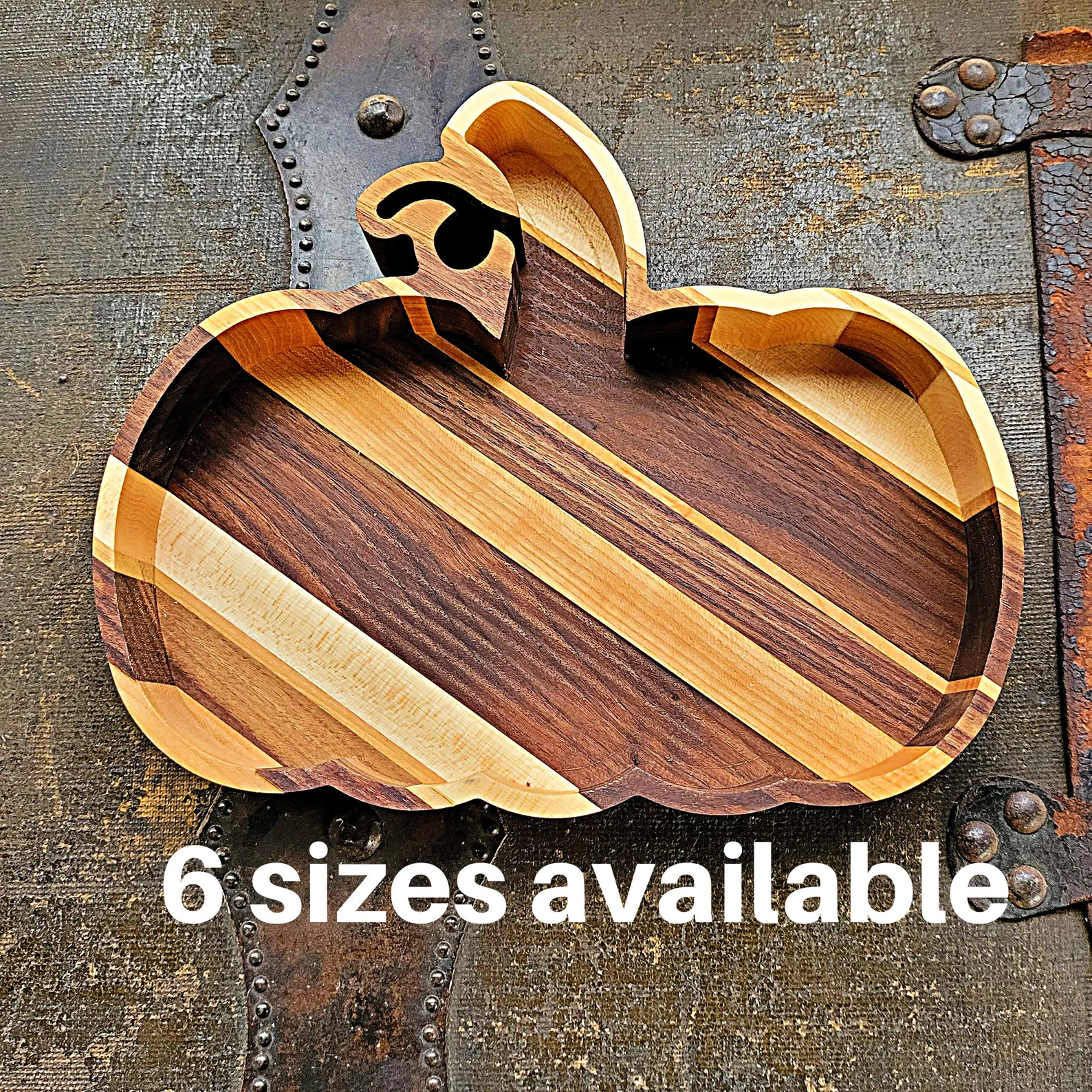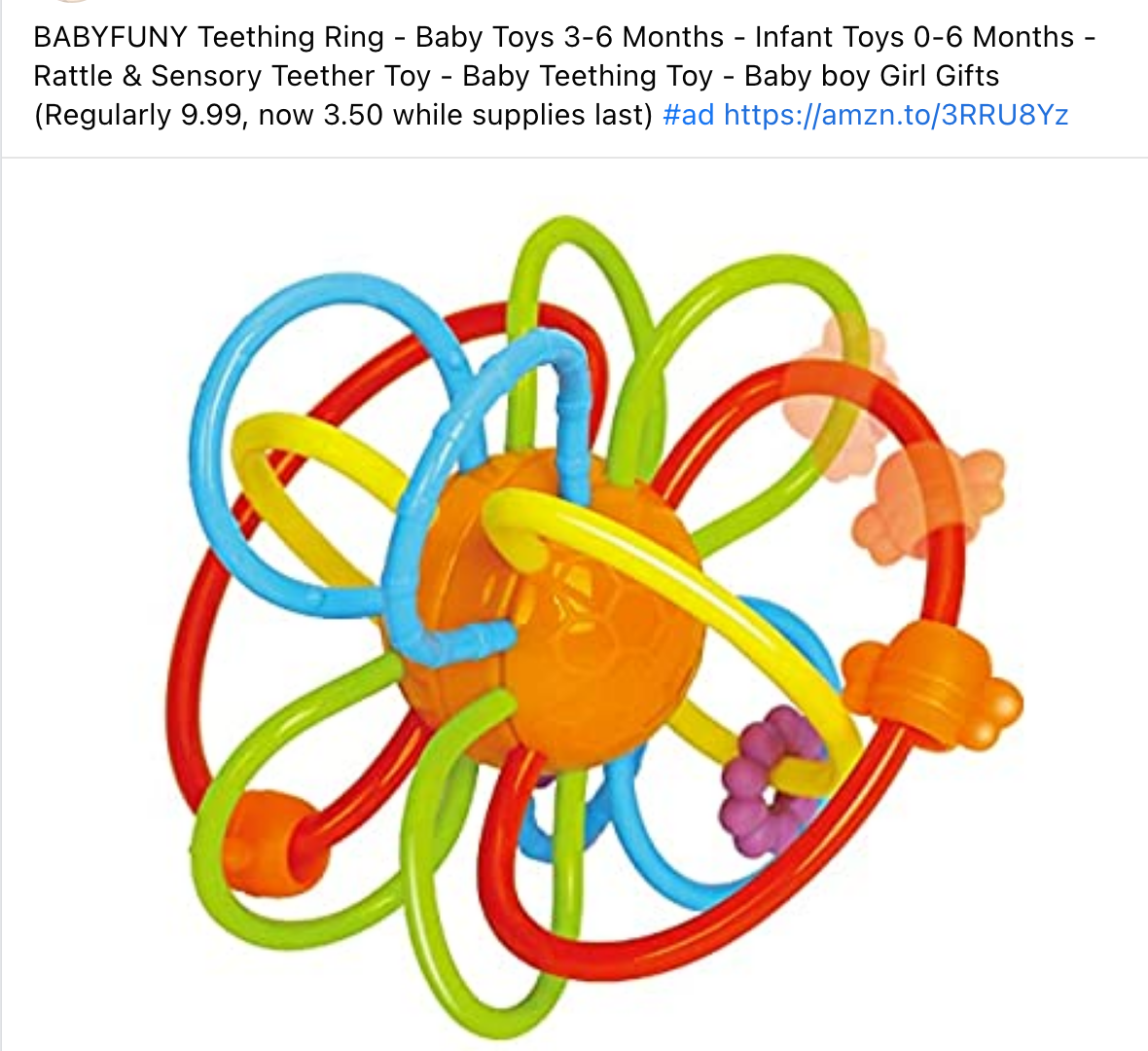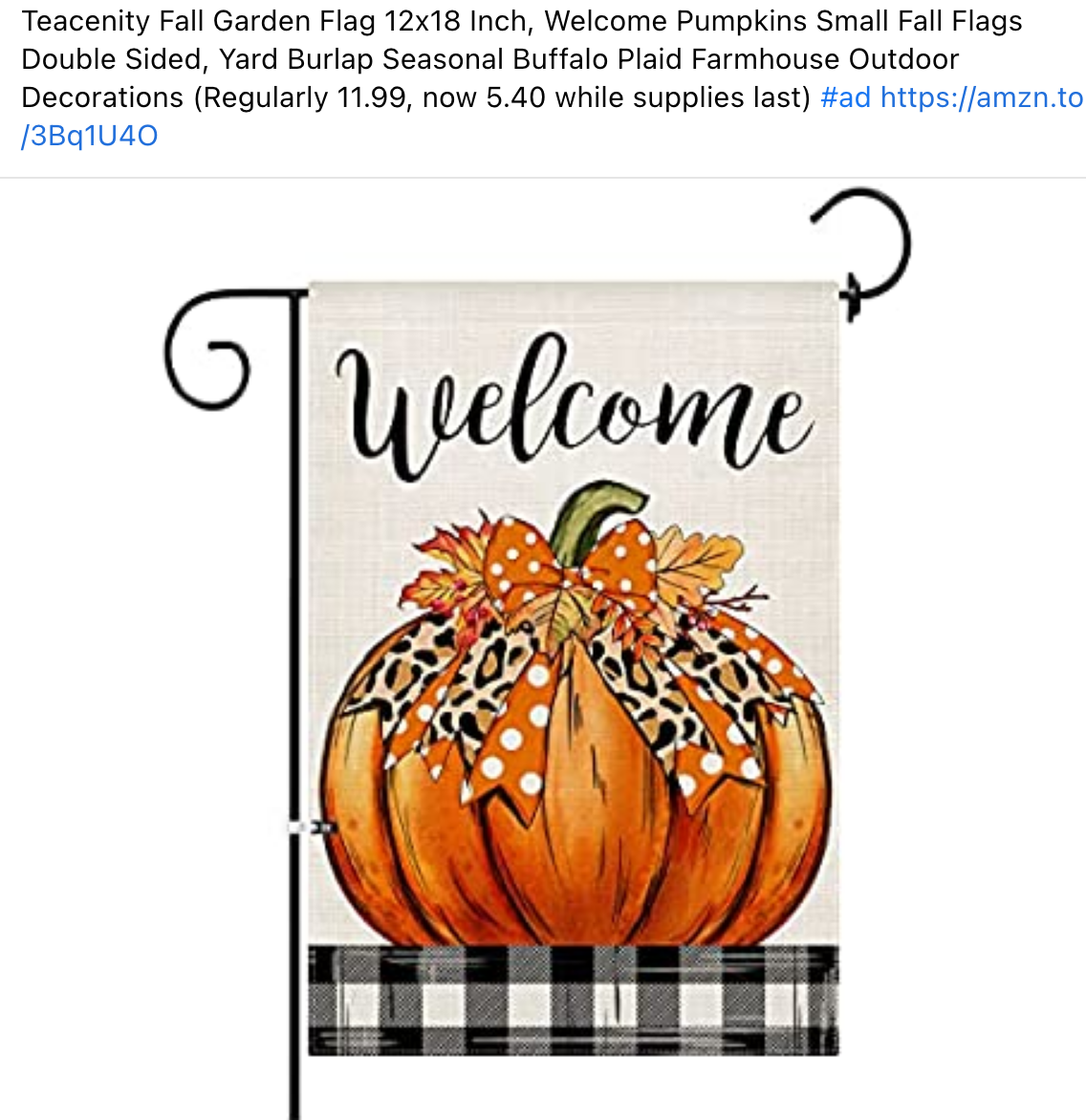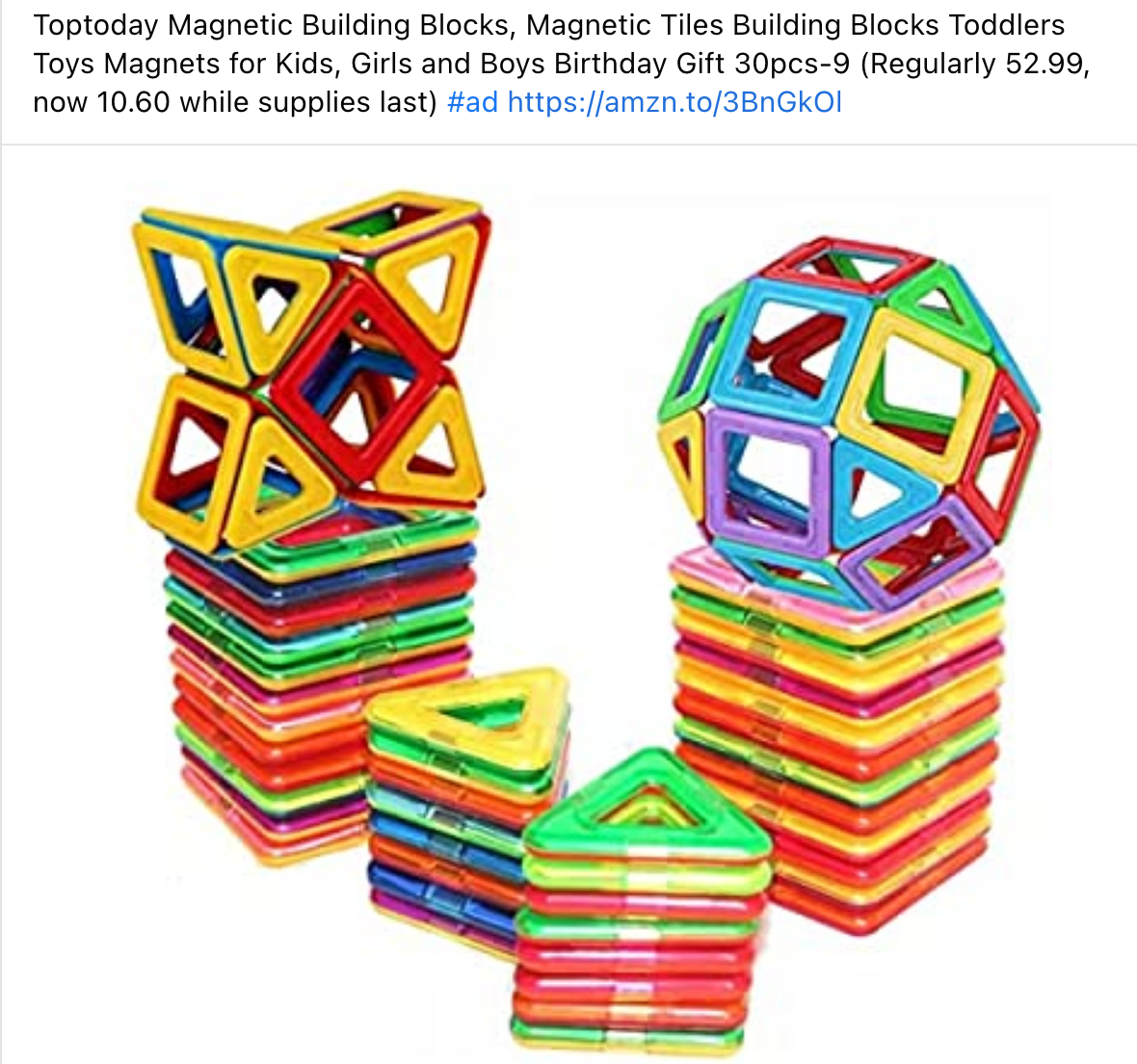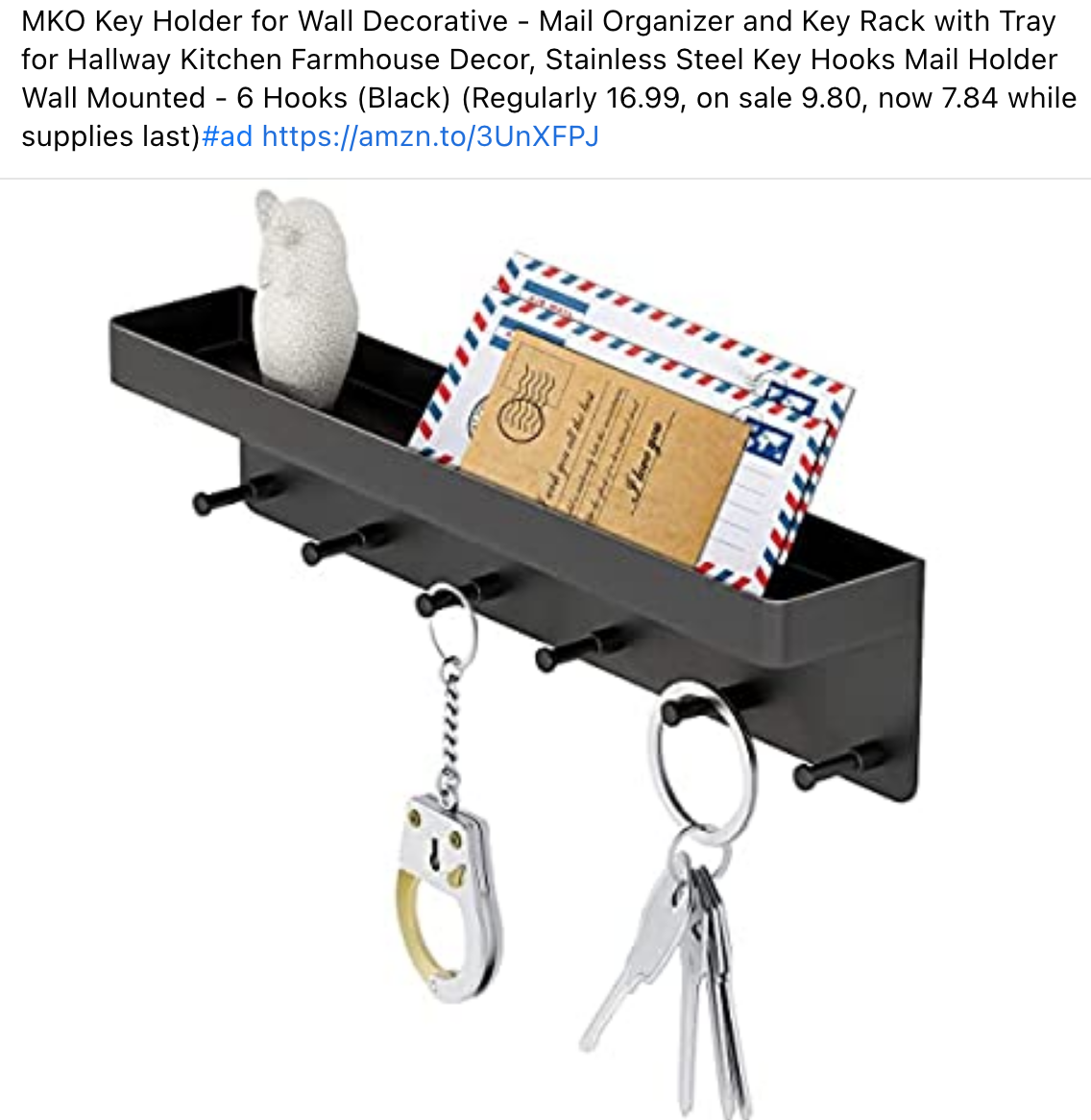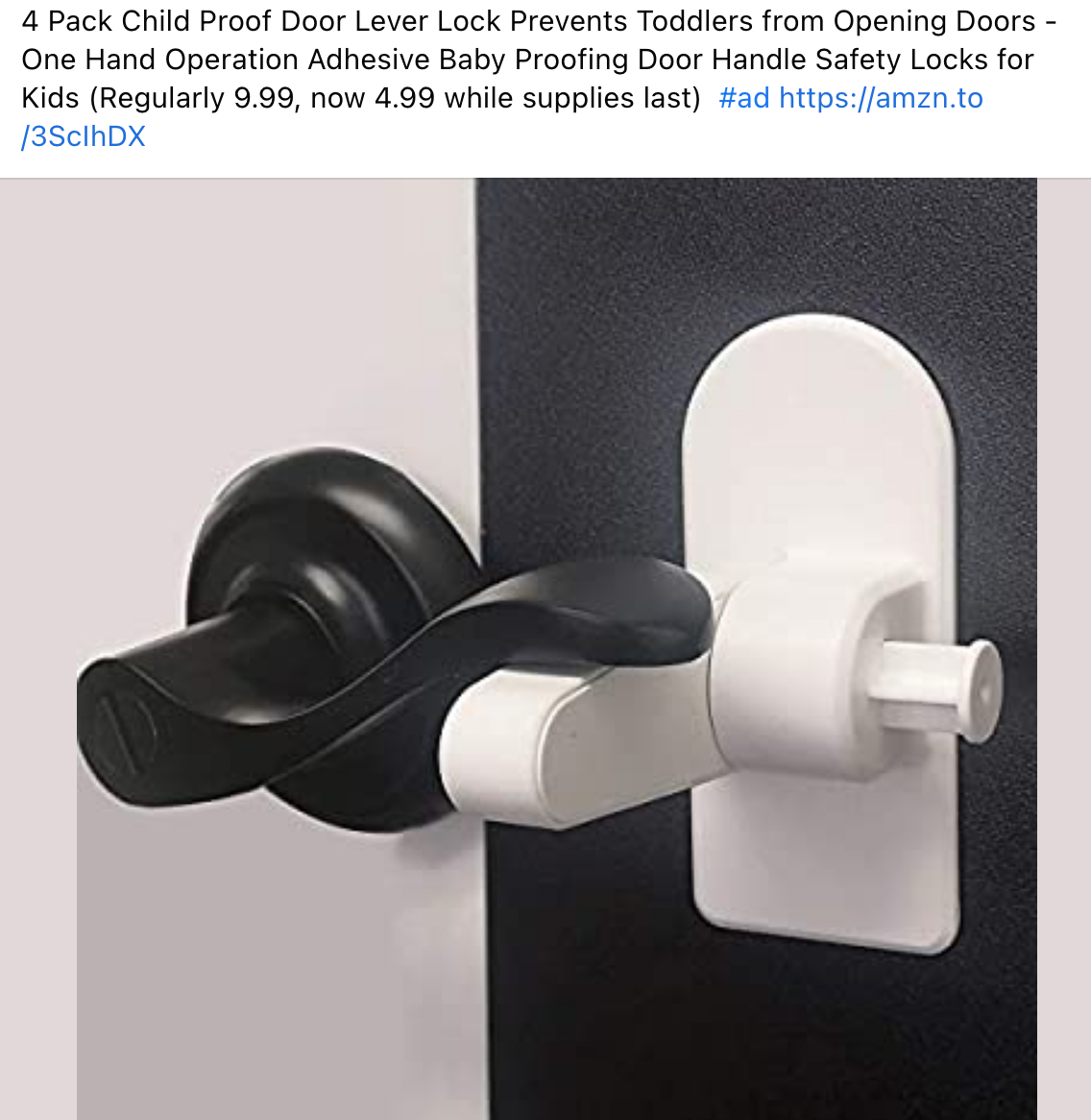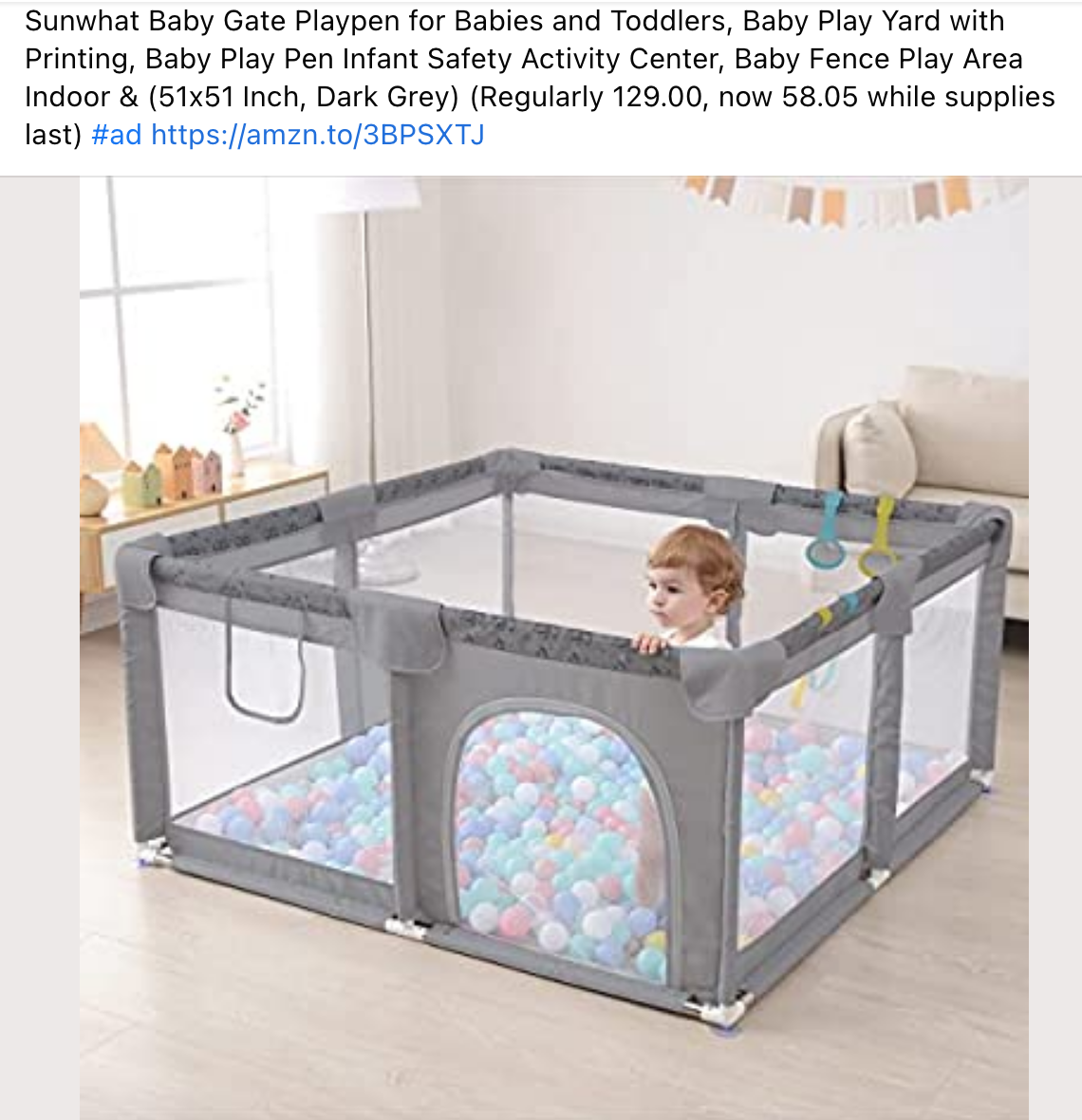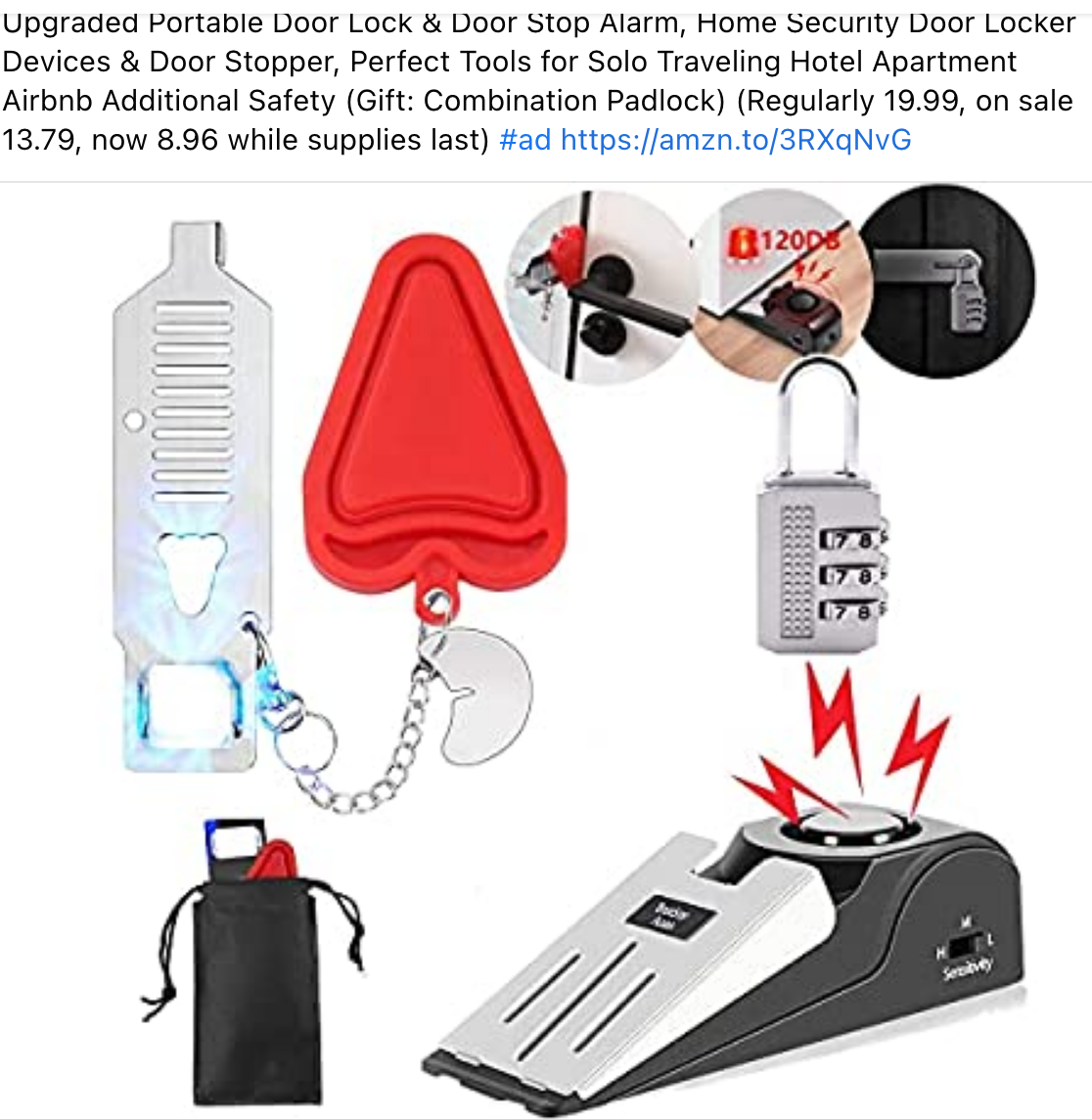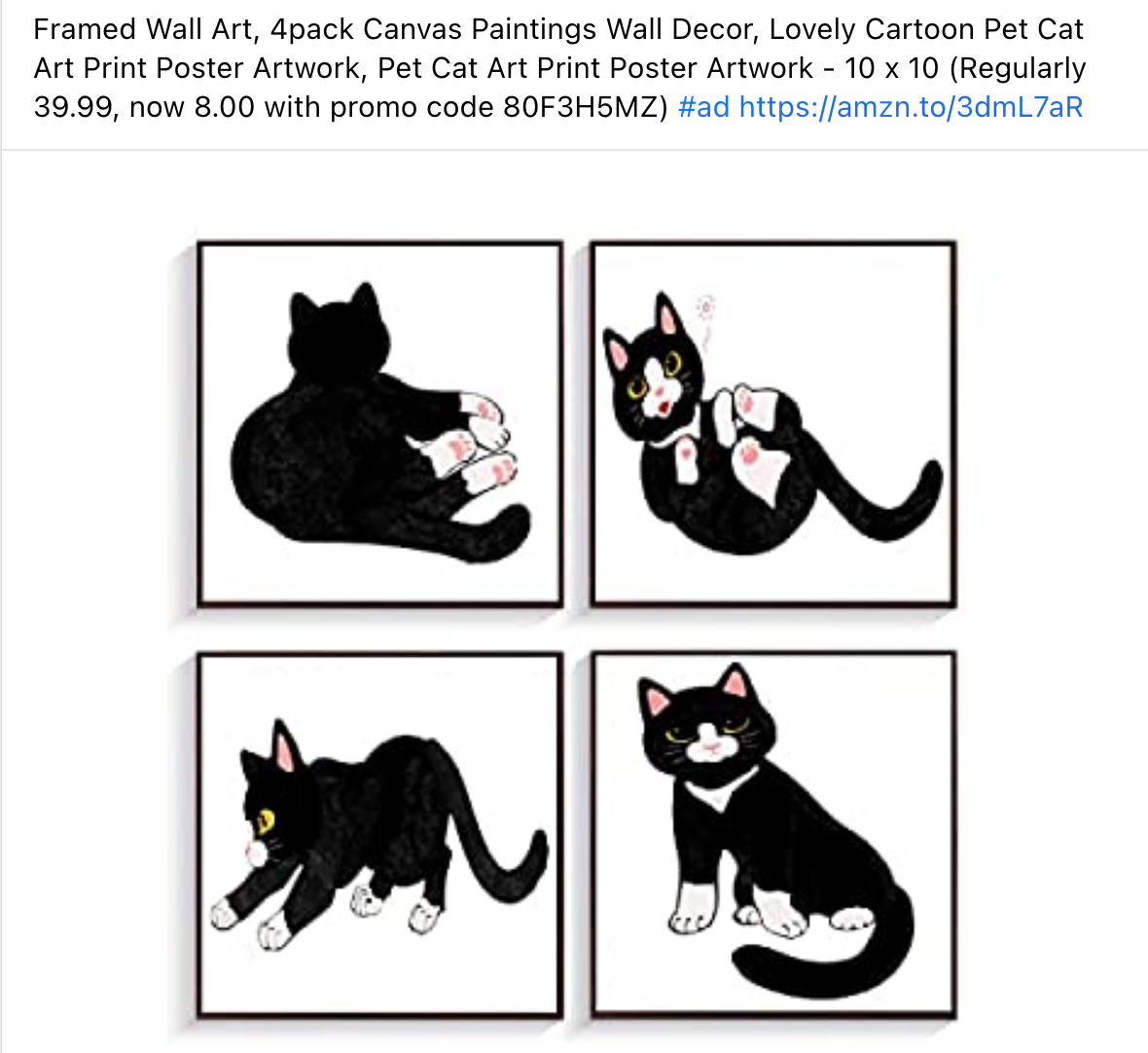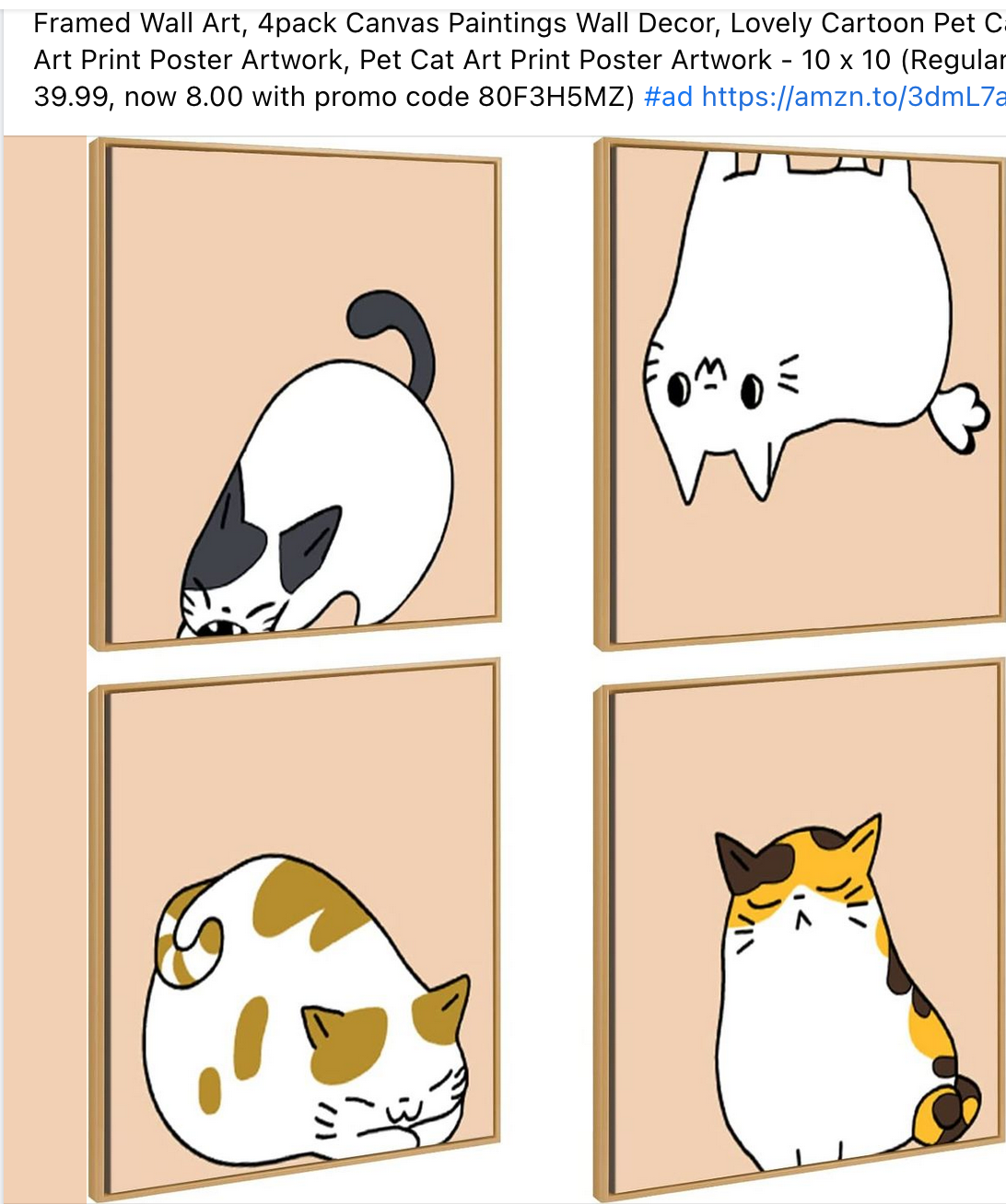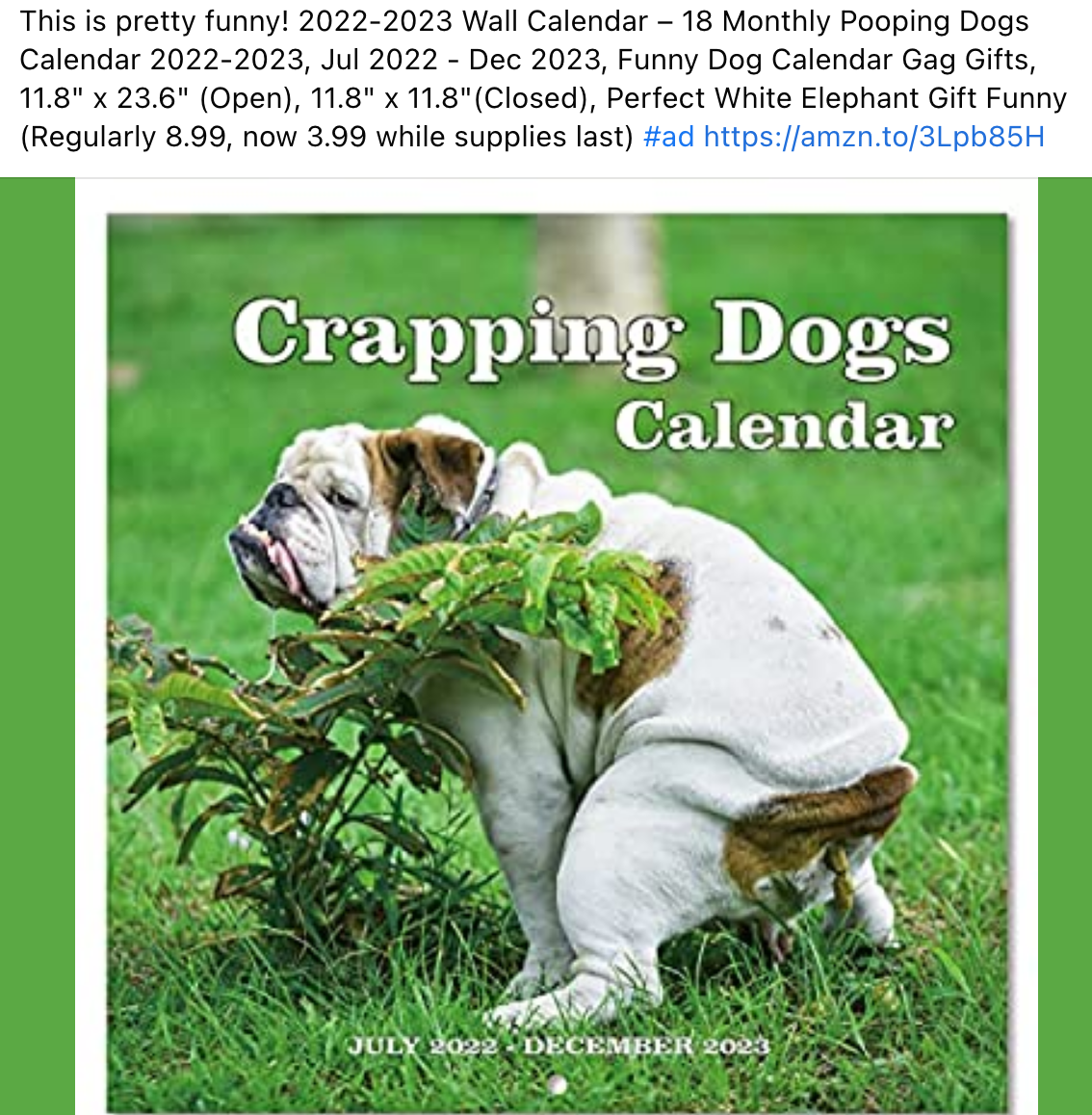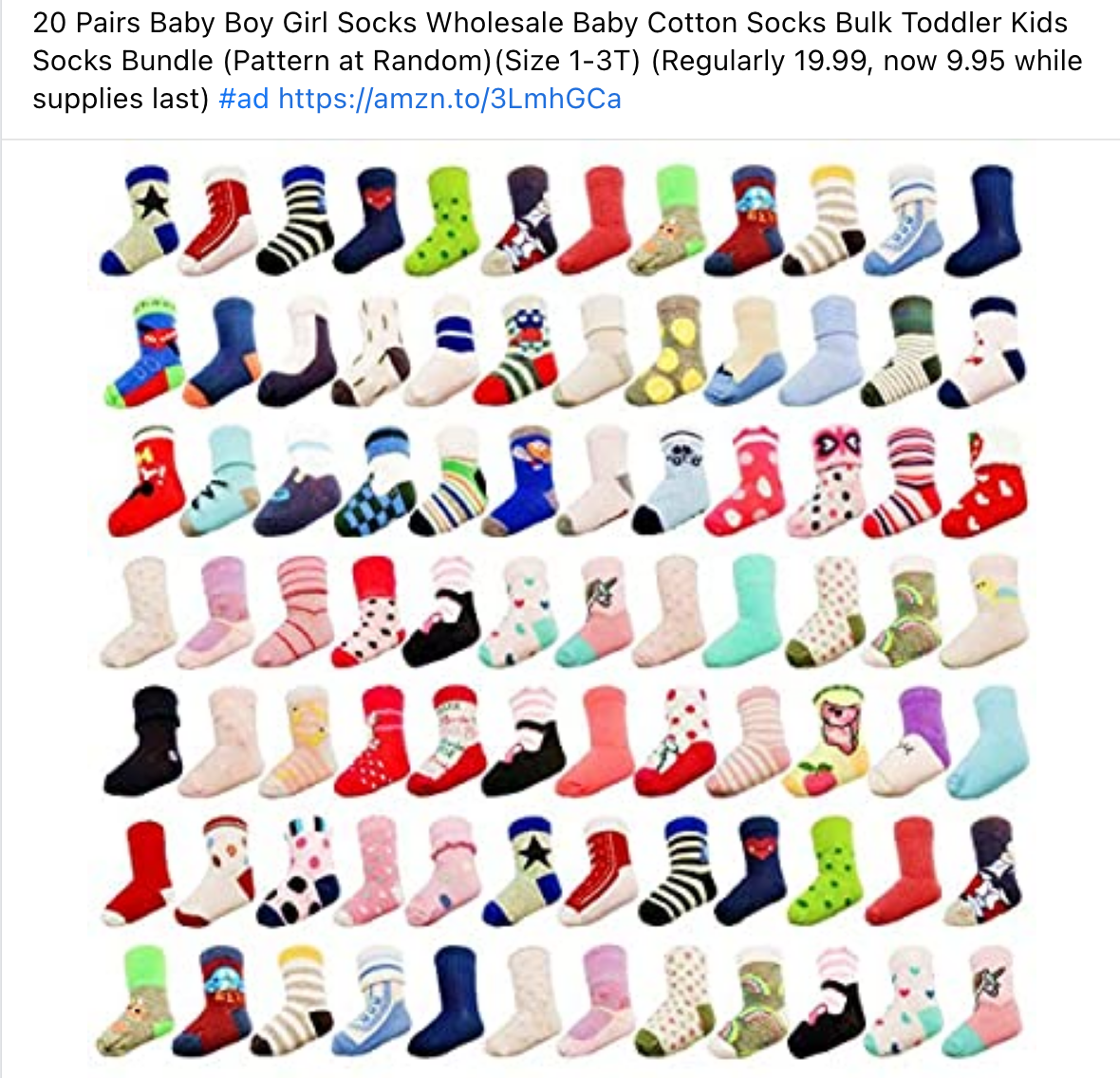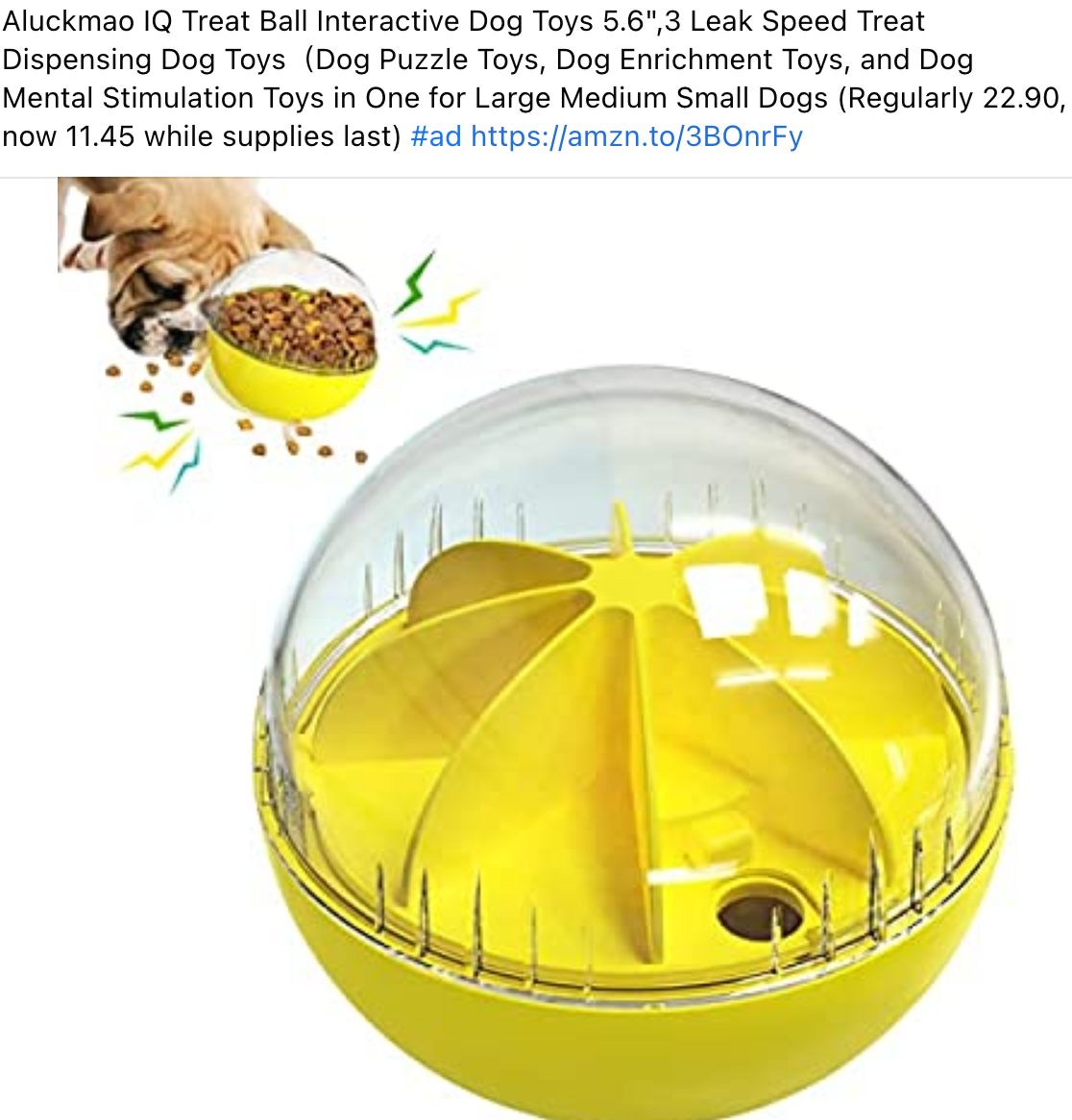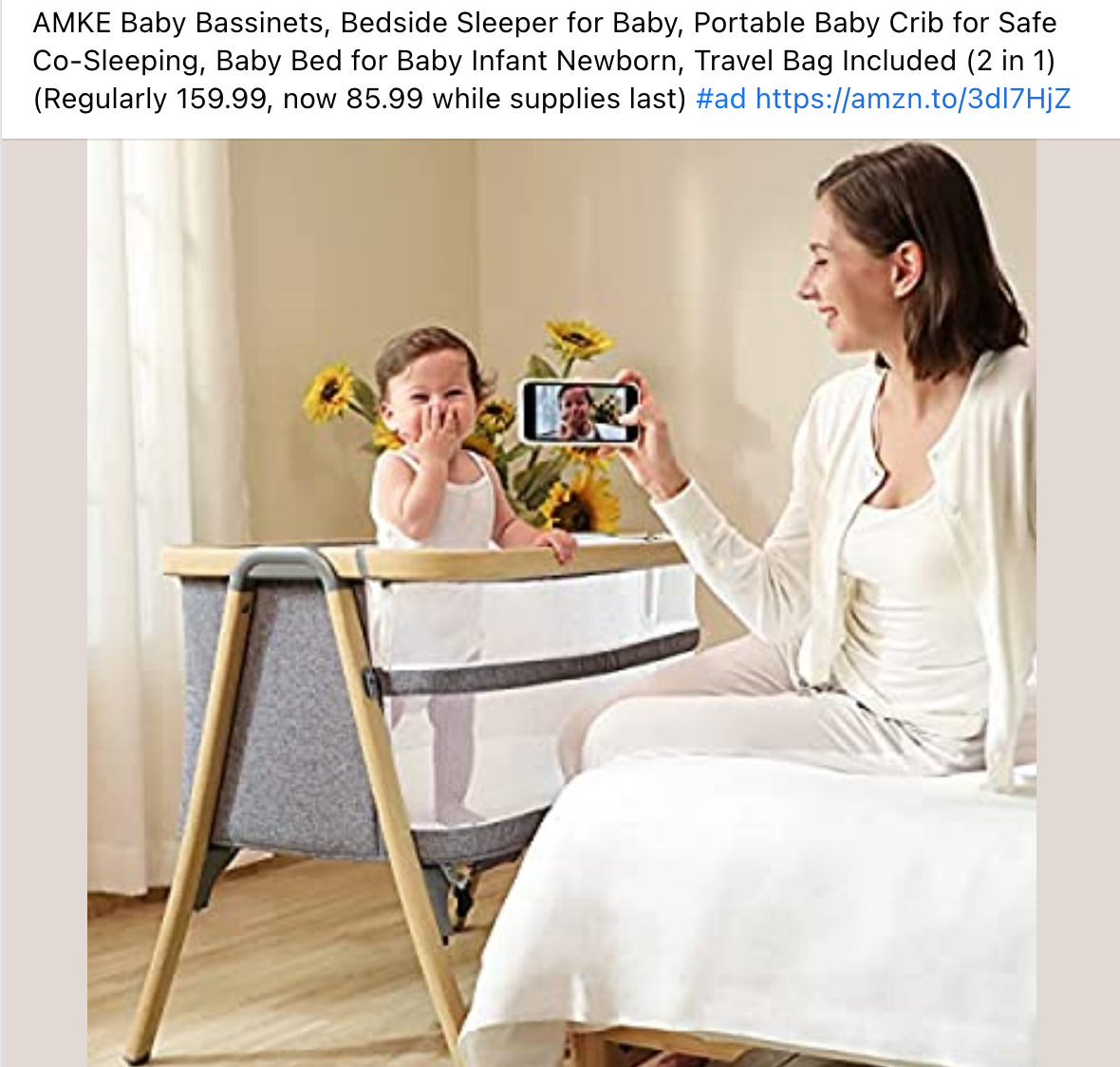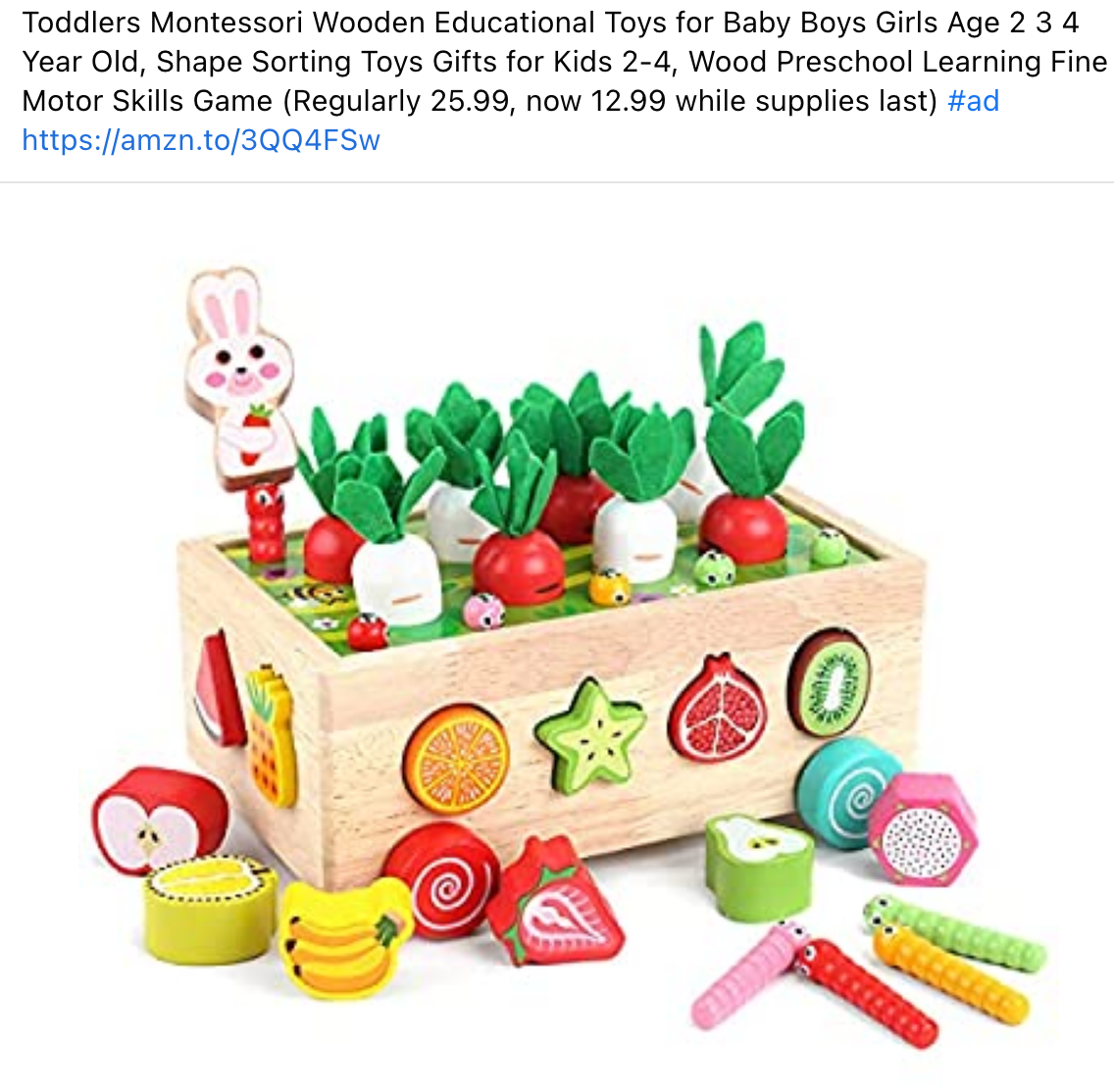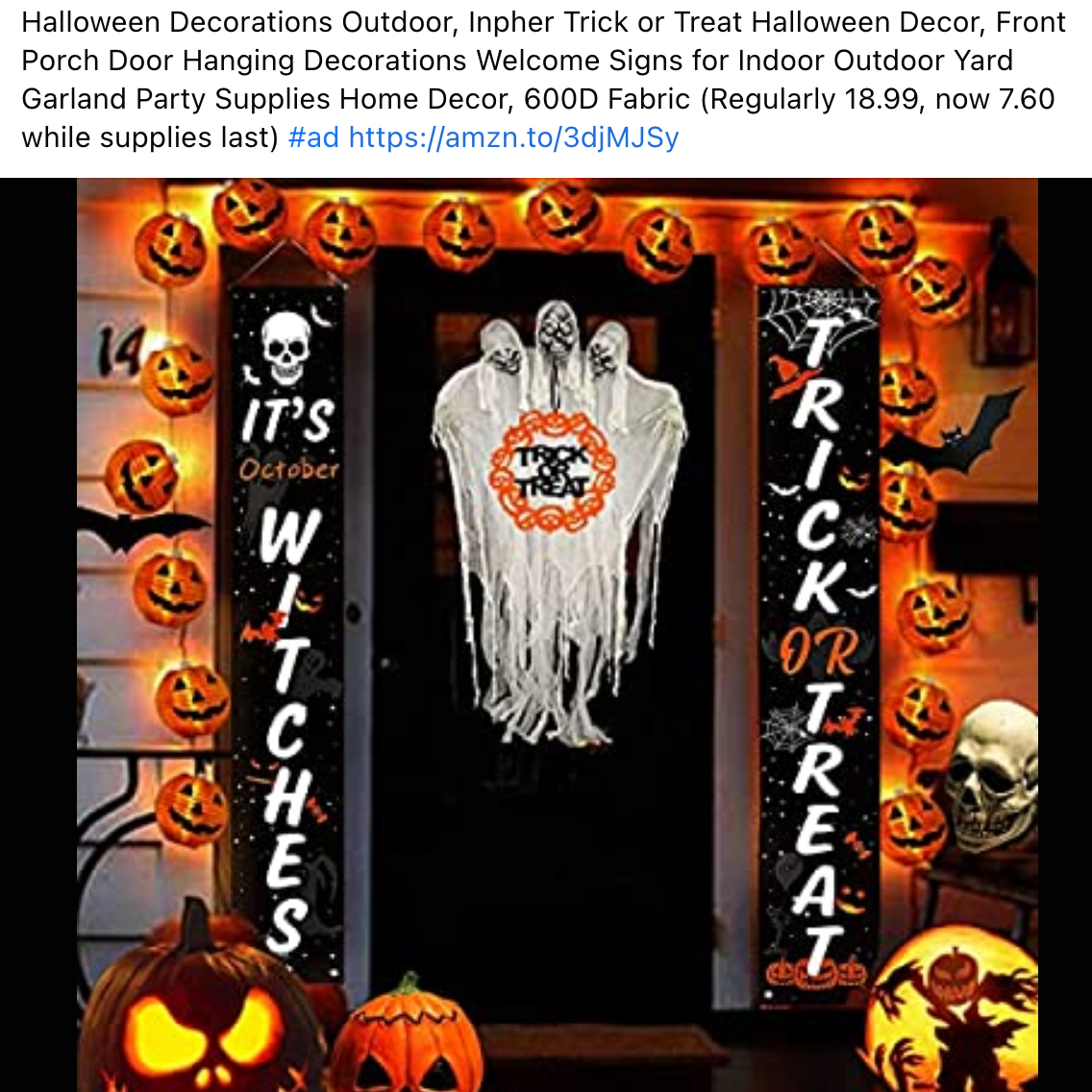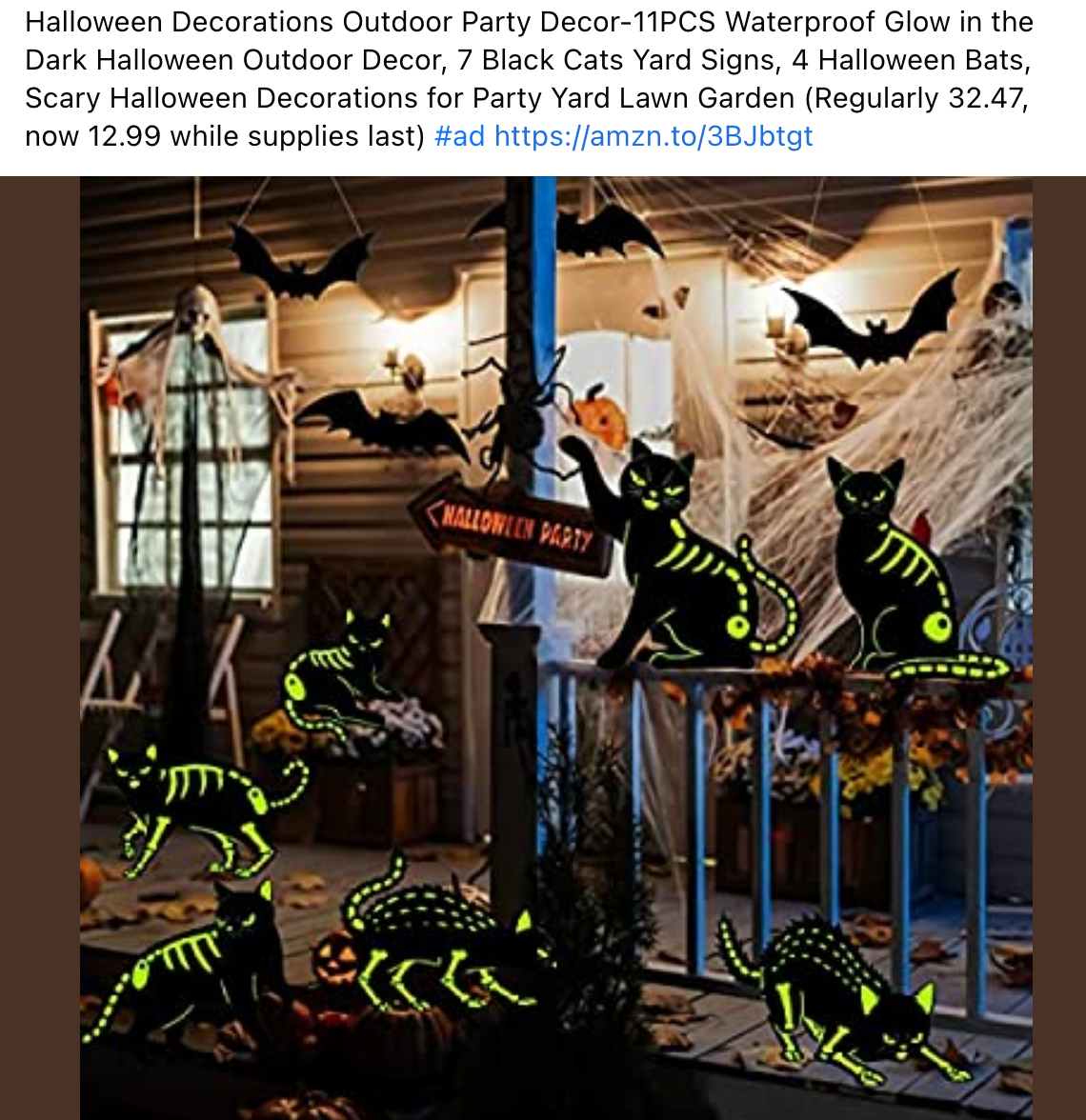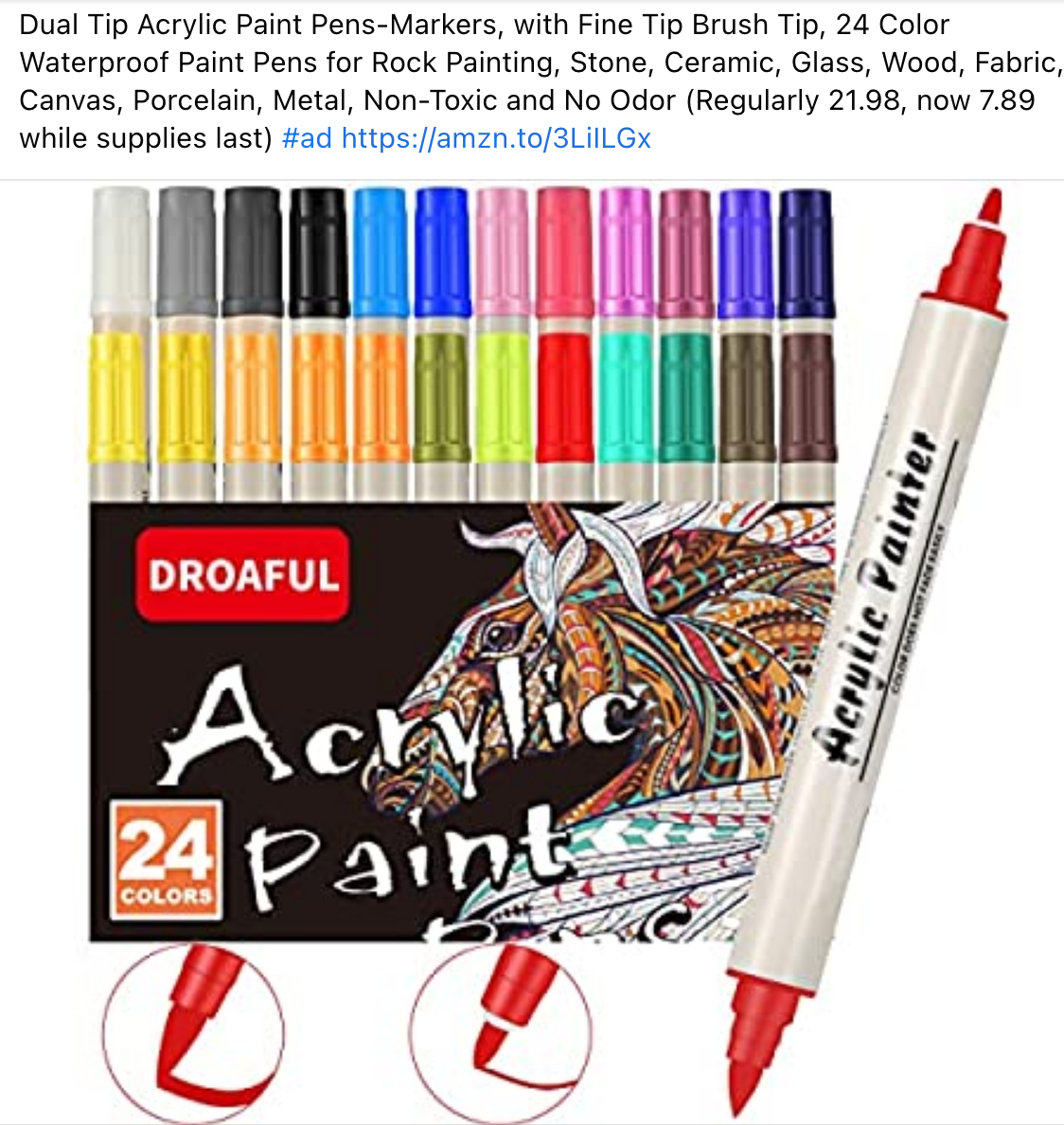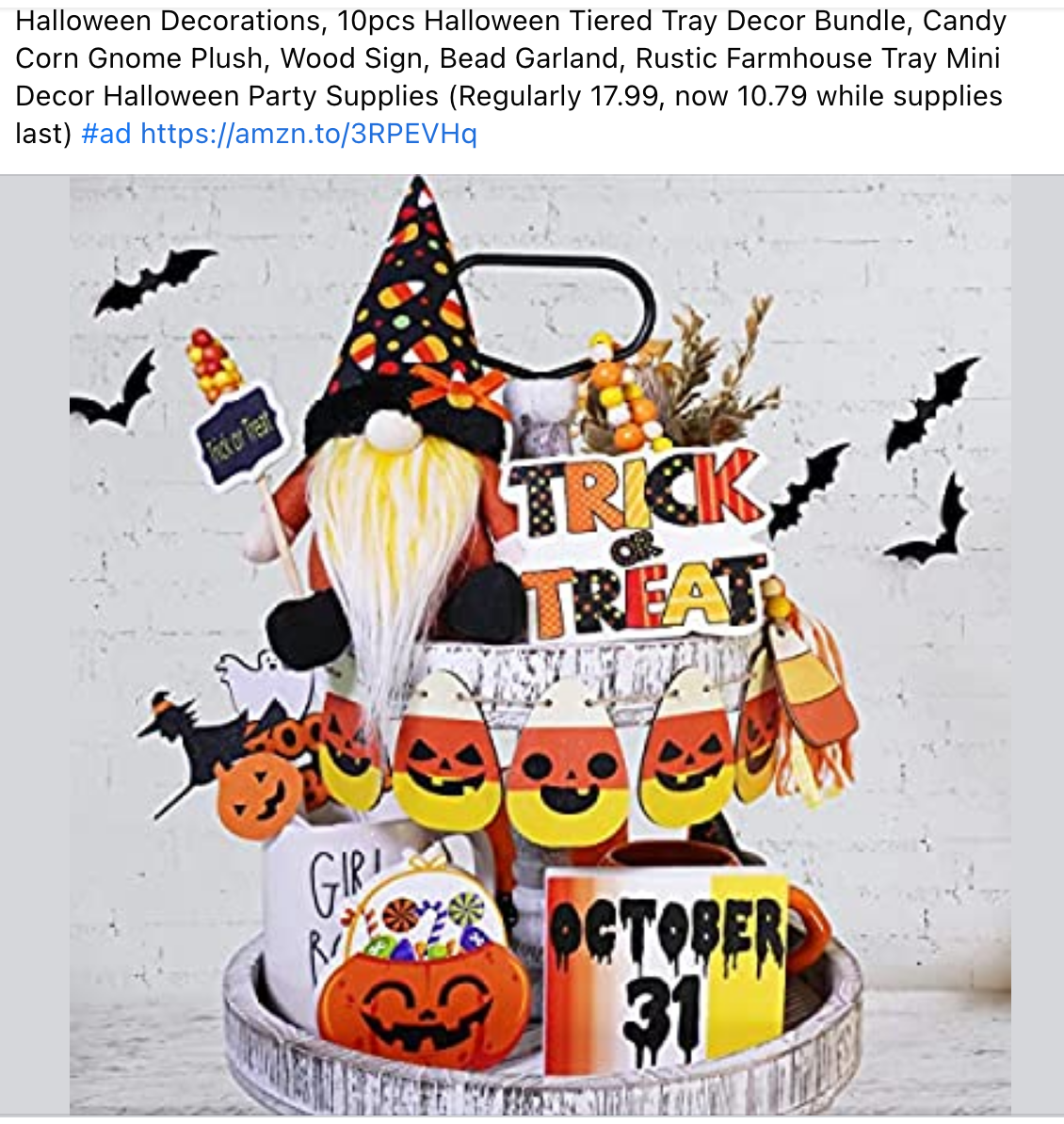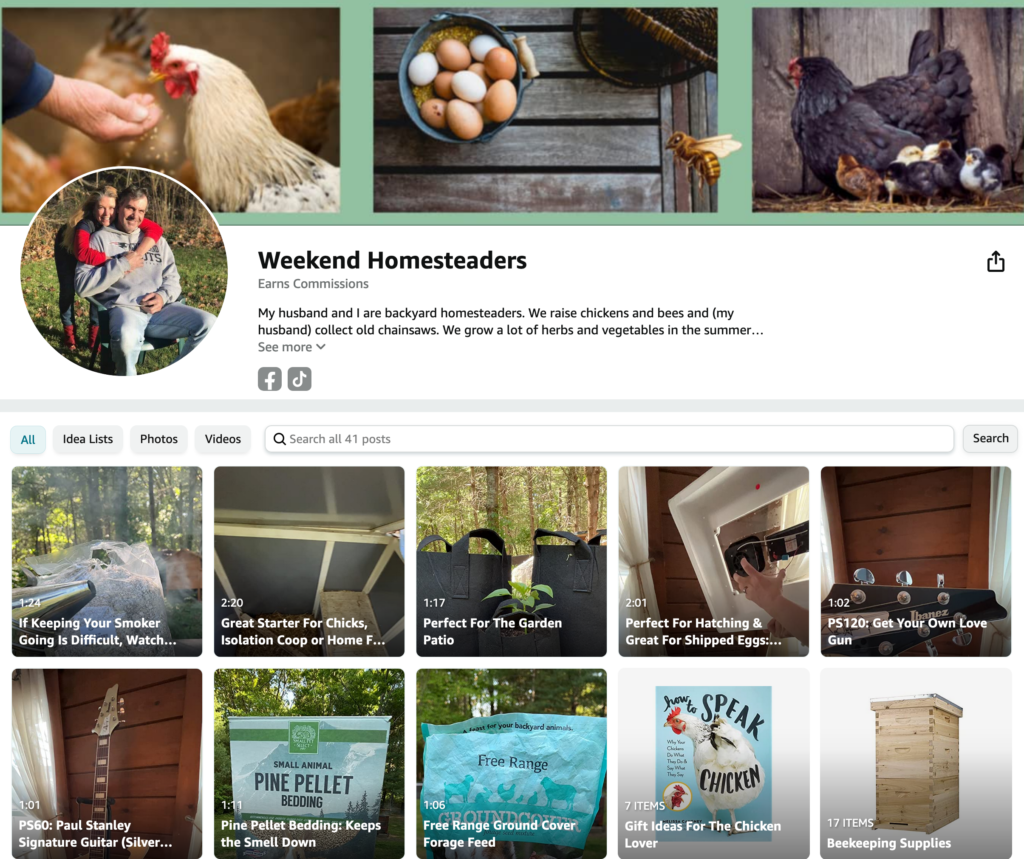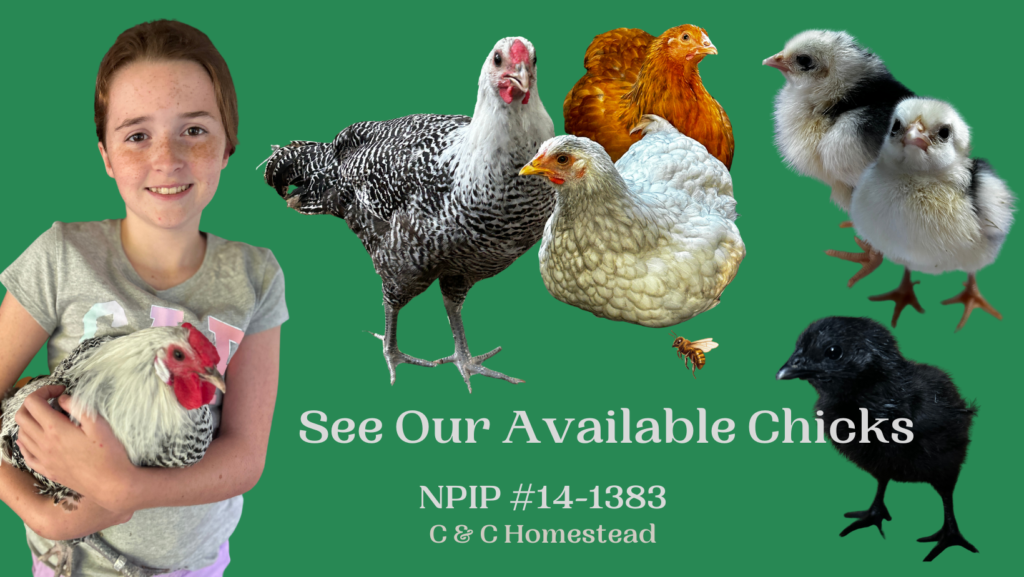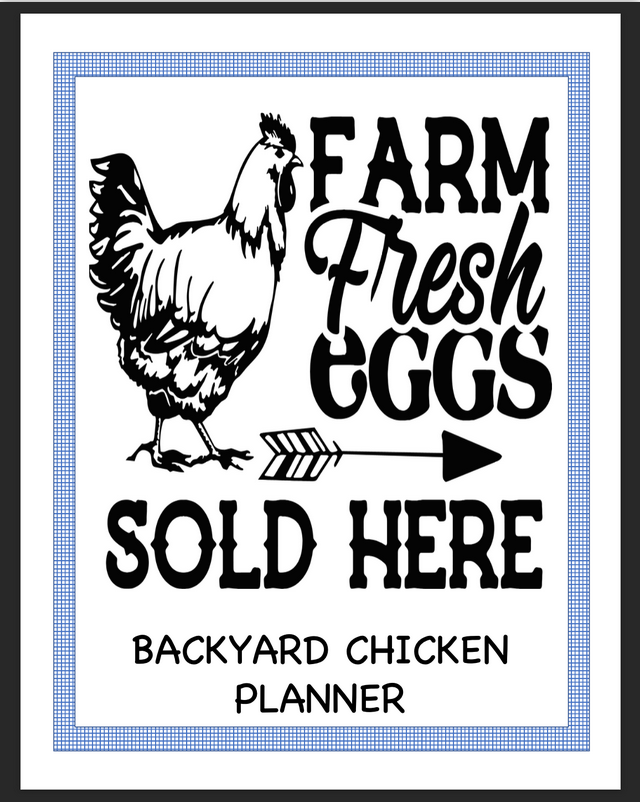Balancing Corporate & Homesteading Lifestyles
Today’s Deals (9.23.2022)
Check out today's special deals available for a limited time or while supplies last. From children, toys, household products, and more, we will share some great deals daily. Please note these are affiliate links and if you choose to purchase a product, we may make a small commission at no extra cost to you. (Yesterday's deals - 9.22.22)
Today’s Deals (9.22.2022)
Check out today's special deals available for a limited time or while supplies last. From children, toys, household products, and more, we will share some great deals daily. Please note these are affiliate links and if you choose to purchase a product, we may make a small commission at no extra cost to you. (Yesterday's deals - 9.21.22)
Today’s Deals (9.21.2022)
Check out today's special deals available for a limited time or while supplies last. From children, toys, household products, and more, we will share some great deals daily. Please note these are affiliate links and if you choose to purchase a product, we may make a small commission at no extra cost to you. (Yesterday's deals - 9.20.22 AND If you like coffee, then check out these seasonal coffees from Grounds & Hounds)
Today’s Deals (9.20.2022)
Check out today's special deals available for a limited time or while supplies last. From children, toys, household products, and more, we will share some great deals daily. Please note these are affiliate links and if you choose to purchase a product, we may make a small commission at no extra cost to you. (Yesterday's deals - 9.19.22 AND If you like coffee, then check out these seasonal coffees from Grounds & Hounds)
Today’s Deals (9.19.2022)
Check out today's special deals available for a limited time or while supplies last. (If you like coffee, then check out these seasonal coffees and sale from Grounds & Hounds) From children, toys, household products, and more, we will share some great deals daily. Please note these are affiliate links and if you choose to purchase a product, we may make a small commission at no extra cost to you. (Yesterday's deals - 9.18.22)
Halloween Finds
Check out these Halloween finds on Etsy! For Today's Deals (9/18/22) click here or some great seasonal coffee, click here. If you choose to purchase something from our page, we will make a small commission at no extra cost to you.
Children's Drawing Halloween T-shirt - This kids' top is made from their own drawing so they can create a totally unique shirt. (23.91)
Adult Dinosaur Hoodie (Starting at 59.99)
Meow Meow Western Cowboy hat, Pet Custom, Cat Hat, Mini Western Cowboy Meow. (Starting at 12.60)
Halloween Beanie, Candy Corn Beanie, Goth Beanie, Zombie Beanie, Cat Beanie, Pumpkin Beanie, Bat Beanie (Starting at 31.51)
Spider stained glass window hangings, Halloween decor indoor (Starting at 39.99)
Spicy PUMPKIN VANILLA NUTMEG Hand Poured Scented Soy Candle 4 oz or 9 oz (Starting at 19.00)
Halloween Front Door Wreath (Starting at 15.53)
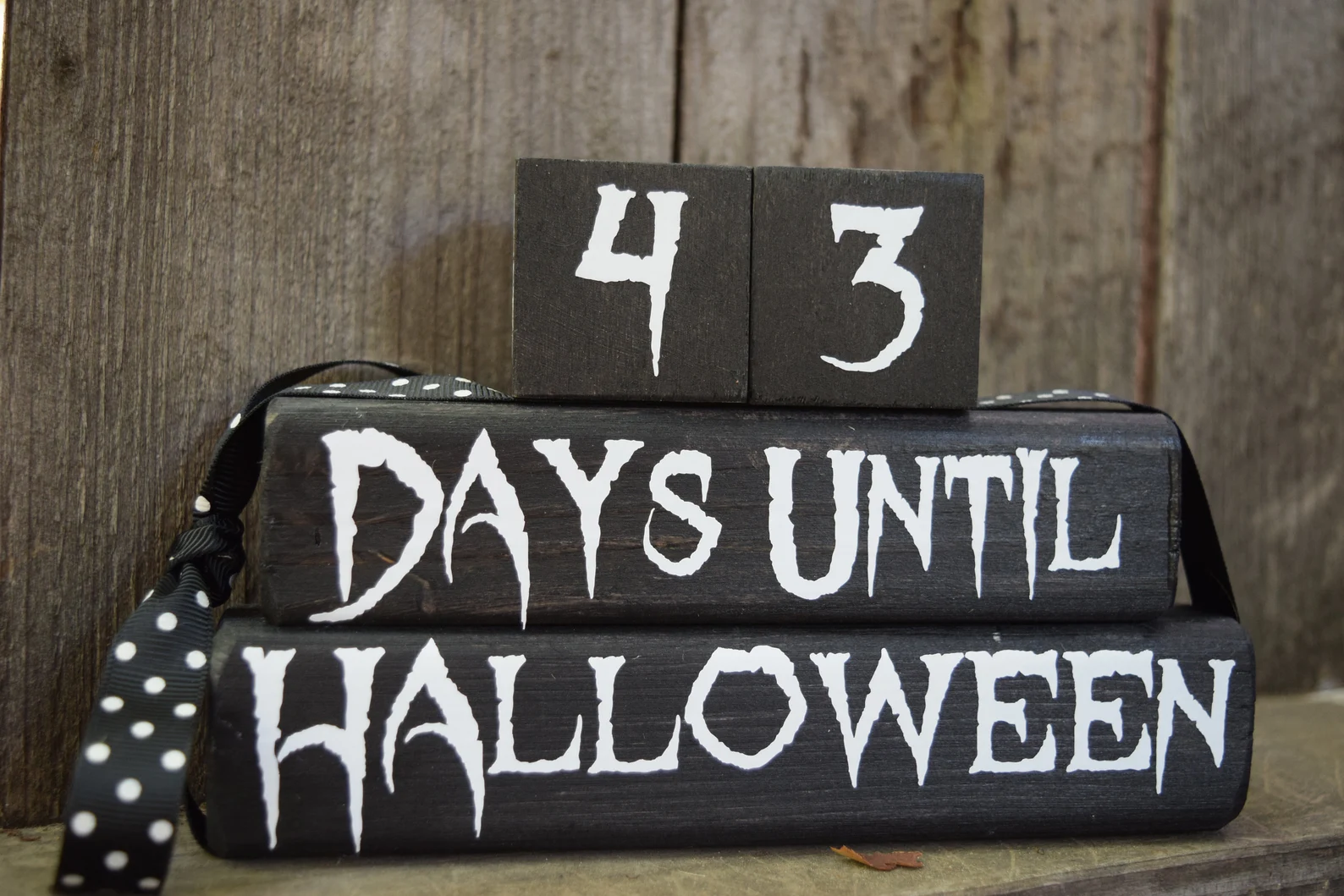
Halloween Countdown Blocks Days or Weeks Until
Halloween Countdown Sign (29.95)
Momster Halloween Sweatshirt (Starting at 12.99)
Black Sparkle Bat Bows (Starting at 9.50)
Personalized Halloween Tote Bag (Starting at 8.95)
Today’s Deals (9.18.22)
Check out today's special deals available for a limited time or while supplies last. (Check out these seasonal coffees and sale from Grounds & Hounds) From children, toys, household products, and more, we will share some great deals daily. Please note these are affiliate links and if you choose to purchase a product, we may make a small commission at no extra cost to you. (Yesterday's deals - 9.17.22)
Today’s Deals: Coffee Sale & Seasonal Blends (9.18.2022)
Check out today's sales, a few of our favorites & seasonal coffee blends available for a limited time or while supplies last. Please note these are affiliate links and if you choose to purchase a product, we may make a small commission at no extra cost to you. (Yesterday's deals Part 1- 9.17.22 and Part 2.)
About Grounds & Hounds: AT GROUNDS & HOUNDS COFFEE CO.®, WE BELIEVE THAT GREAT COFFEE CAN FUEL A GREATER PURPOSE. THROUGH THE SALE OF OUR ORGANIC AND ECO-FRIENDLY SPECIALTY COFFEES, WE SUPPORT RESCUE INITIATIVES AND ORGANIZATIONS PROVIDING A SECOND CHANCE FOR PUPS IN NEED OF A HELPING HAND. 20% OF ALL GROUNDS & HOUNDS PROFITS ARE DEPLOYED TO OUR RESCUE ORGANIZATIONS WORKING TO MAKE THE SECOND-CHANCE MISSION A REALITY.
There’s nothing better than the sweet smell of fresh baked cinnamon rolls dancing through the house when you roll out of bed on a Sunday morning. With our newest release for the holiday season, our medium-roast Cinnamon Roll blend will turn any morning into a 15 minute weekend with every sweet and savory sip! Aromatic notes of fresh baked Cinnamon Rolls and Tahitian Vanilla will fill your kitchen as you brew your first cup, followed by mouthwatering savory notes of Milk Chocolate, Graham Cracker, and Toasted Walnuts with every sip.
Cinnamon Roll Flavored Coffee
Available in Whole Bean and Ground
Size: 12 oz. -Sugar Free-Gluten Free-Vegan
ON SALE: The easiest way to make the perfect dessert at the end of a long day! Enjoy every sip of our sweet, rich, and savory hot chocolate with the convenience of brewing with a push of a button! Doing good and tasting great can go hand in hand, so take comfort in knowing your sweet and savory cup of hot chocolate is benefiting rescue pups in need of a second chance!
Hot Chocolate Single Serve Pods
100% Recyclable Single Serve Pods
12 Single Serve Pods Per Carton-70 Calories Per Cup-Contains Milk Derivative (Not a Vegan Product)
*Compatible with most Keurig® brewing systems including 2.0. Works in brewers that accept single cup portion packs
Rich and savory. Silky smooth and mouthwatering. Chocolate AND Peanut Butter... The absolute perfect combination to kick off the autumn season! Roasting for the first time ever, our brand new Chocolate Peanut Butter Blend coffee will be the most decadent and delicious surprise to bust from your cup this season. With notes of milk chocolate exploding from the cup, and the perfect touch of peanut butter in every sip, you'll start to wonder why you haven't been sneaking chocolate bars and peanut butter into your morning brew your whole life!
This special release flavored blend is available for a limited time, so be sure to grab a bag and find out why our Grounds & Hounds product team can't stop drinking Chocolate Peanut Butter Blend!
Chocolate Peanut Butter Flavored Coffee
Available in Whole Bean & Ground
Size: 12 oz.-Sugar Free-Gluten Free-Vegan
Flavoring does not include tree nut or peanut allergens
This is one of our favorites, which we drink every day!
Whether you brew with a French Press, Drip, or Pour Over, Paper & Slippers Blend will create a unique sipping experience that will make you fall in love with our medium roast blend. Paper & Slippers Blend features 100% Organic Arabica beans from Peru, Nicaragua and Mexico, which are roasted to both a medium and dark roast level before being combined to create a delicious, yet approachable blend.
Paper & Slippers Blend has excellent structure and a very full body. Hints of fresh baked brownie and toasted walnuts are immediately noticed, with delicious hints of plum and blackberry on the finish.
100% Organic Certified-100% Arabica-Medium Roast -Available in: Whole Bean and Ground-12 oz.
ON SALE: Camp Out Blend is back to fuel every summer adventure! Enjoy fresh air, fresh brew, and the perfect excuse to escape with your sidekick with this limited release blend! Blending 100% Organic beans from Mexico, Ethiopia, and Colombia, Camp Out was crafted with the perfect summer morning in mind. Blending beans from three of our favorite origins, we set out to create a balanced, vibrant, yet silky smooth light roast blend to compliment slow summer mornings spent with the sun on your face and your best friend by your side.
Camp Out features aromatic notes of Toasted Vanilla and Fig, followed by velvety hints of Milk Chocolate, Roasted Pecan, and a subtle Honeycomb sweetness on the finish.
Medium-Light Roast
12 oz. Bag -100% Organic-100% Arabica
Available in: Whole Bean and Ground-Limited Release Blend
Our Flavors of Fall Pods Bundle is the perfect way to enjoy all your favorite Autumn essentials! Each bundle contains three 100% organic and recyclable 12-pod cartons of our most delicious flavored blends. Ranging from flavors of vanilla, cinnamon roll, hazelnut, and the infamous Pumpkin Spice, you'll be sure to find a flavor to satisfy that Fall sweet tooth!
Each bundle includes:
1 box of Italian Hazelnut 12 Count Pods (12 pods)
1 box of Cinnamon Roll 12 Count Pods (12 pods)
1 box of Madagascar Vanilla 12 Count Pods (12 pods)
1 box of Pumpkin Spice 12 Count Pods (12 pods)
About the Pods: Organic Medium Roast with Organic Natural Flavors -100% Arabica-100% Organic-Recyclable-12 Single Serve Pods Per Carton-Compatible with most Keurig brewing systems and systems that brew single cup portion packs
Start every morning with a mini-vacation to the cobblestone streets of Rome, or a quaint village cafe in Piedmont with our newest seasonal flavor release! Inspired by the Italian Hazelnut growing region of Piedmont and the perfect European combination of hazelnut and chocolate, we're excited to release our brand new Italian Hazelnut flavored coffee blend. Roasted to a medium level, savory notes of hazelnut explode from the cup, followed by hints of vanilla and marshmallow. The first sip reveals delicious notes of milk chocolate and toasted hazelnut, and will give you the perfect excuse to come back for a second cup.
Hazelnut Flavored Coffee-Available in Whole Bean and Ground-Size: 12 oz. -Sugar Free-Gluten Free-Vegan
Chocolate + Espresso = Perfection! G&H Chocolate-Dipped Espresso Beans are the perfect pick-me-up combination of dark chocolate and craft-roasted Grounds & Hounds espresso beans. Indulge in a delicious energy-boosting treat and feel even better knowing that your sweet tooth is supporting rescue pups in need!
7 oz. (approx. 140 Chocolate Dipped Beans)
Contains Dairy -No Artificial Preservatives
Contains Caffeine -Savory Dark Chocolate + Fresh Roasted Two Tails Espresso Beans
Your two favorite desserts are finally together for one amazing sipping experience! With temperatures beginning to drop, and the holidays approaching, we think this sweet treat will quickly be a household favorite. Enjoy our brand new Caramel Hot Cocoa available exclusively in our shop!
Sweeten your cup and benefit pups! G&H Hot Chocolate was created with the same love and care we put into every bag of Grounds & Hounds coffee. Doing good and tasting great can go hand in hand, so take extra comfort knowing that your warm cup of hot chocolate is supporting rescue pups in need of a second chance.
Brewing instructions: Mix 2 tablespoon of cocoa with 8 oz of water, or for a richer taste, swap the water for your milk of choice. Sip and enjoy!
Ingredients: Organic Pure Cane Sugar, Ecuadorian Cocoa Powder, 70% Arriba Nacional Chocolate, Vanilla Bean, Dextrose, and Natural Caramel Flavor
Gluten Free-Dairy Free-Vegan-Net Weight: 8 oz. (makes 12-18 prepared cups)
Who says you can't have dessert for breakfast?! We are excited to announce a very special release due to popular demand. For the first time ever, you can make the perfect vanilla flavored brew while supporting our four-legged friends! This blend feature nostalgia-inducing notes of vanilla ice cream, graham cracker, and milk chocolate with a kiss of sweet cherry on the finish! Whether you make your coffee with a French Press, Drip Machine, or Cold Brew, you'll love every sip of this blend!
Available in: 12 oz. -100% Arabica-Sugar Free-Gluten Free-Vegan
The rich taste of chocolate with the perfect kiss of peppermint. Our Peppermint Hot Chocolate, will take you on a nostalgic trip with every sip. Whether your perfect morning is spent in a snowy cabin or fireside with your four-legged sidekick, this heirloom hot chocolate will make your mug just a little but warmer.
Brewing good and tasting great can go hand in hand. Take comfort in know that this rich and nostalgic hot chocolate is benefitting rescue pups in need of a second chance!
Brewing instructions: Mix 2 tablespoon of cocoa with 8 oz of water, or for a richer taste, swap the water for your milk of choice. Sip and enjoy!
Ingredients: Organic Pure Cane Sugar, Ecuadorian Cocoa Powder, Arriba Nacional Chocolate, Vanilla Bean, Dextrose, Natural Peppermint Flavor-Heirloom Certified-Gluten Free-Vegan-Net Weight: 8 oz. (makes 12-18 prepared cups)
Snow Day is back for two weeks only! Snow Day Winter Roast pays homage to the days of zero responsibilities, blank to-do lists, and full days spent on the couch with your furry best friend! Blending 100% Organic beans from Sumatra, Nicaragua, Papua New Guinea, and Colombia, we aimed to create our darkest, most savory coffee to date. If you are a dark roast lover, Snow Day is the perfect blend for you!
Aromatic notes of Dark Chocolate and Ginger burst from the cup, followed by hints of Brown Sugar and Graham Cracker on the finish.
Dark Roast-100% Organic Certified-100% Arabica-Options: Whole Bean and Ground 12 oz.
G&H Espresso Infused Caramels provide an irresistible combination of sweet and savory caramel with rich and robust craft brewed Grounds & Hounds espresso. Indulge in the perfect treat for every coffee and caramel lover, and feel even better knowing that your sweet tooth is supporting rescue pups in need! Each bag contains Ten individually wrapped caramels, and once your family finds out they're in the house, they won't last long!
10 Caramels Per Pouch -Sweet Caramel + Rich Espresso-Contains Dairy -Gluten Free
No Artificial Preservatives
Throw on your favorite cardigan, visit the local pumpkin patch, build a bonfire, and get ready for the most important (basic?) release of fall. Pumpkin Spice Blend is now roasting!!! Pumpkin Spice Blend will make all of your autumnal dreams come true with every brew of this rich, aromatic, and savory medium-roast blend. Featuring notes of fresh ground cinnamon, pie spice, baked pumpkin, and toasted vanilla bean, you may consider skipping the pumpkin pie for a second cup of this blend! From French Press to Drip, you'll love every cup of this blend, but supplies are limited to be sure to grab a bag before it disappears for the year! -Now Available in Single Serve Pods Here!
Pumpkin Spice Flavored Coffee
Available in Whole Bean & Ground
Size: 12 oz. -Sugar Free-Gluten Free-Vegan
ON SALE: Start every morning on vacation time with our brand new, limited edition, sweet and savory, Coco Mocha blend! Drawing inspiration from our favorite flavors from our favorite vacation destinations, don’t be surprised if you find yourself playing steel drum music while sipping this delicious brew! Toasted Coconut and Tahitian Vanilla explode from the cup, with silky smooth notes of milk chocolate and graham cracker with each sip.
Coconut Mocha Flavored Coffee
Available in Whole Bean and Ground
100% Arabica -Size: 12 oz. -Sugar Free-Gluten Free-Vegan
ON SALE: Regularly 42.99, now 34.99
Start the next great adventure with our brand new Road Tripping Desert Pattern Duffle Bag! The perfect size and shape to fit a weekends worth of essentials (or all of your pup's toys, blankets, and treats). Even better, the waterproof interior lining will keep your belongings dry no matter where your journey takes you. Featuring our Road Tripping Patch, 29 Liters of holding capacity, and a removable shoulder strap, you'll find no shortages of uses for this duffle at home or on the go!
20.5" x 10.5"
Carrying Handles & Removable Shoulder Strap
Waterproof Interior Lining
100% Poly Exterior - Online Exclusive
There's nothing spooky about this limited edition design (unless you don't have plenty of treats ready for the pups, that is)! Celebrate one of our favorite holidays with our limited edition Licks or Treats Halloween Sticker!
2.2 inch x 3 inch die cut sticker
ON SALE (Regularly 44.99, now 39.99): Blue skies overhead, towering redwoods line the trail, the sound of your sidekick's paws tapping on the forest floor, and fresh ground coffee brewing over an open fire. We set out to capture our absolute favorite scent, and our favorite memories, with this limited edition Campfire Coffee Candle. Featuring a rich notes of coffee and vanilla with the hint of smoke and cedar, our brand new Campfire Coffee Candle will be the perfect addition all season long.
50 Hour Burn Time-8 oz.
Paraben and Sulfate Free-100% Unbleached Cotton Wick-Hand Poured Luxury Soy Wax with Natural Fragrance-Arrives in Outer Tube-Sustainable, eco-friendly, with no animal testing
Today’s Deals Part 2 (9.17.2022)
Check out today's special deals available for a limited time or while supplies last. (Check out part 1 of Today's Deals) From children, toys, household products, and more, we will share some great deals daily. Please note these are affiliate links and if you choose to purchase a product, we may make a small commission at no extra cost to you. (Yesterday's deals - 9.16.22)
Today’s Deals (9.16.2022)
Check out today's special deals available for a limited time or while supplies last. From children, toys, household products, and more, we will share some great deals daily. Please note these are affiliate links and if you choose to purchase a product, we may make a small commission at no extra cost to you. (Yesterday's deals (9.15.22)
